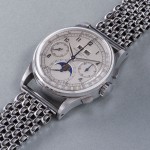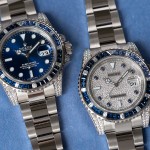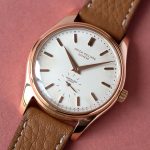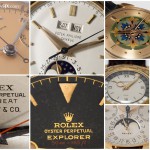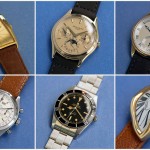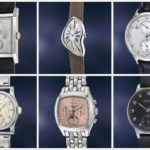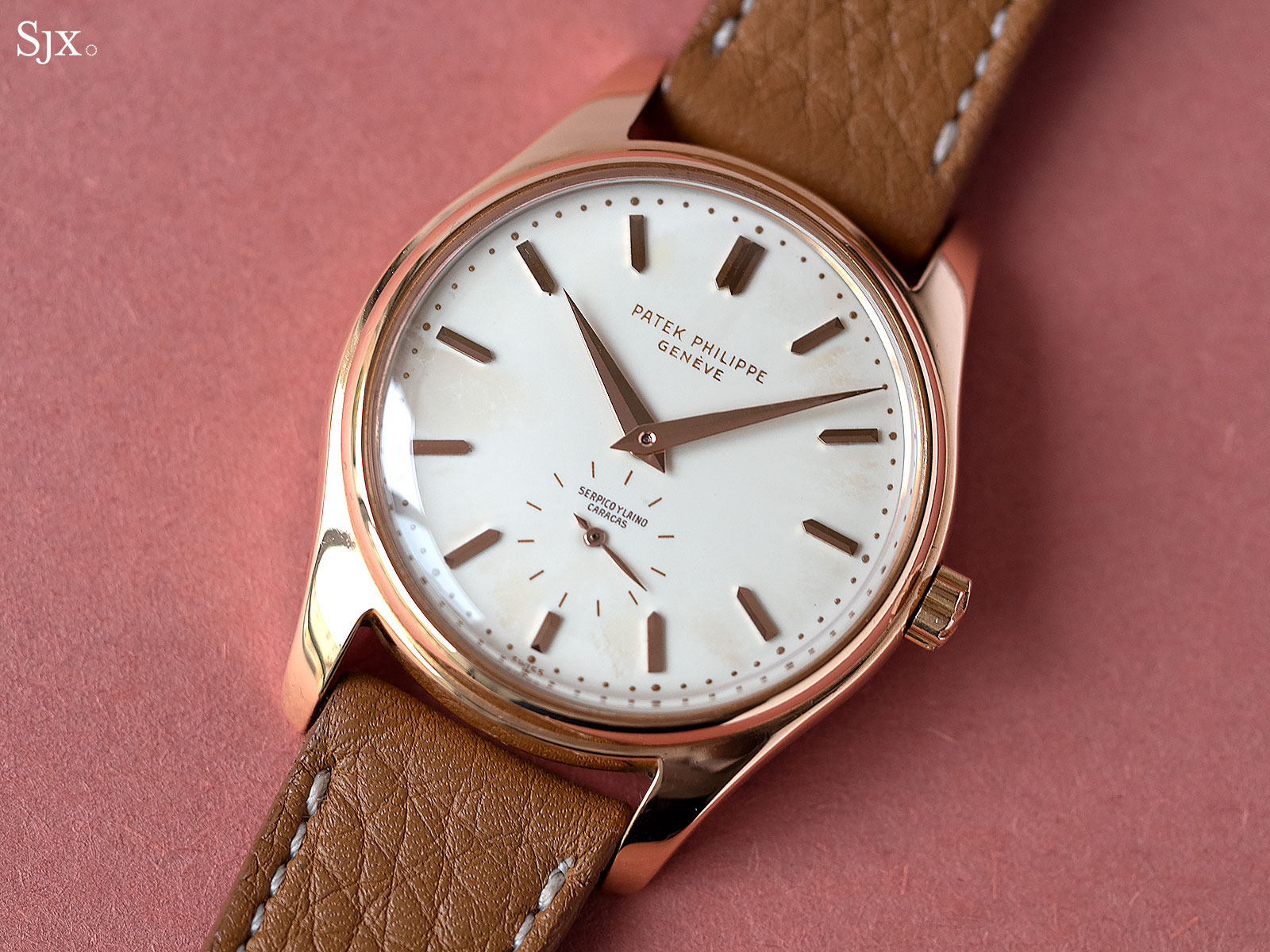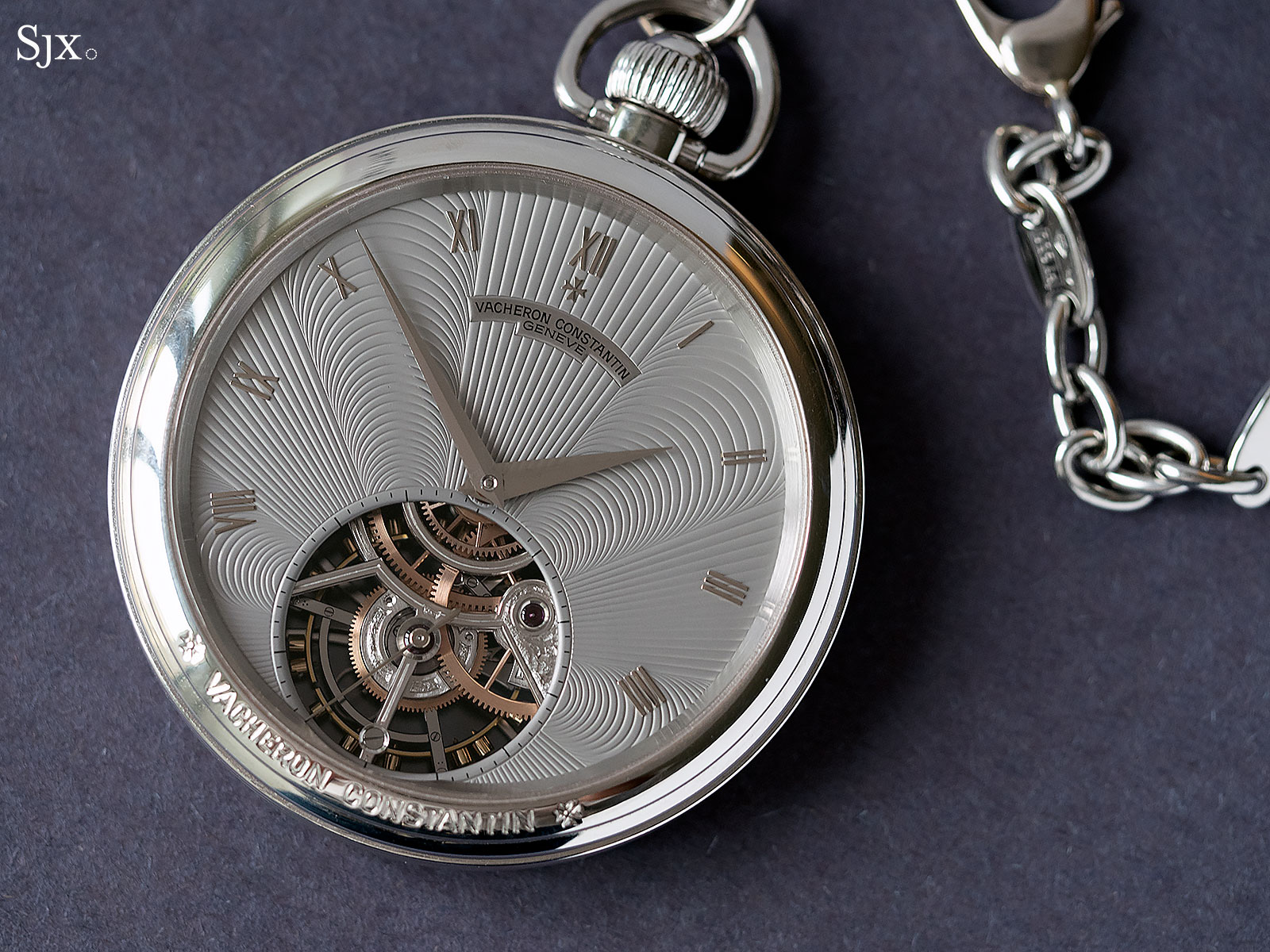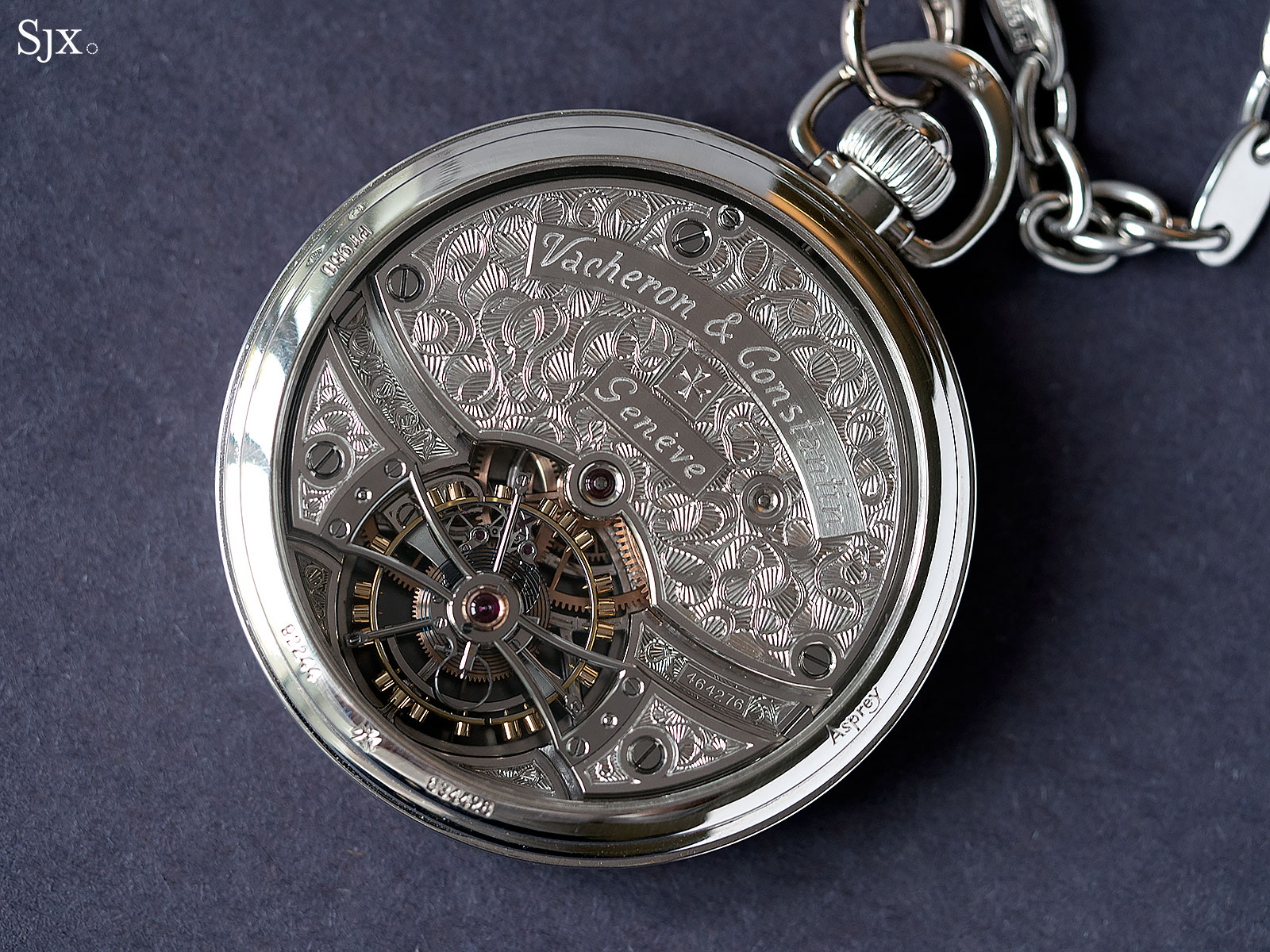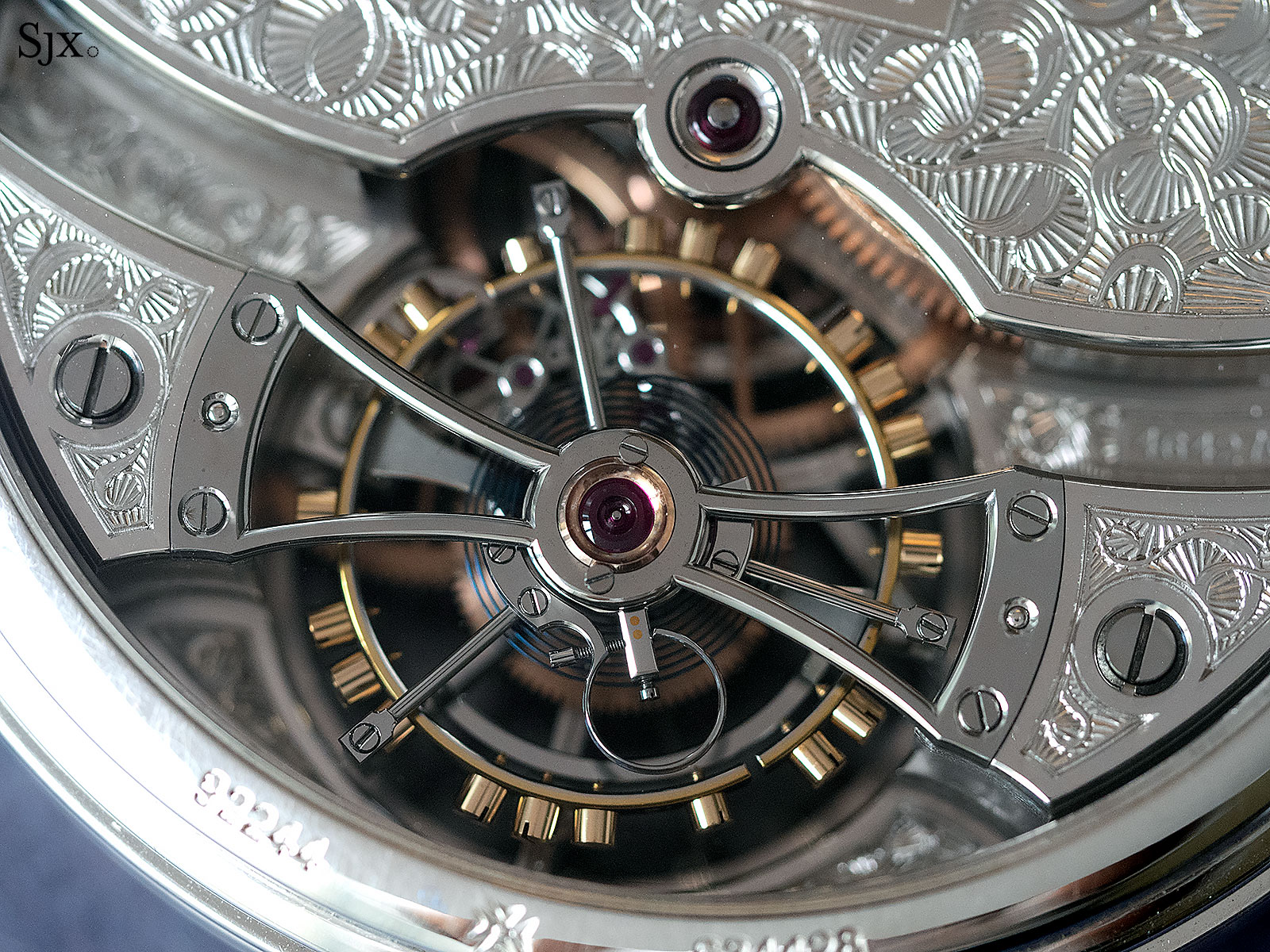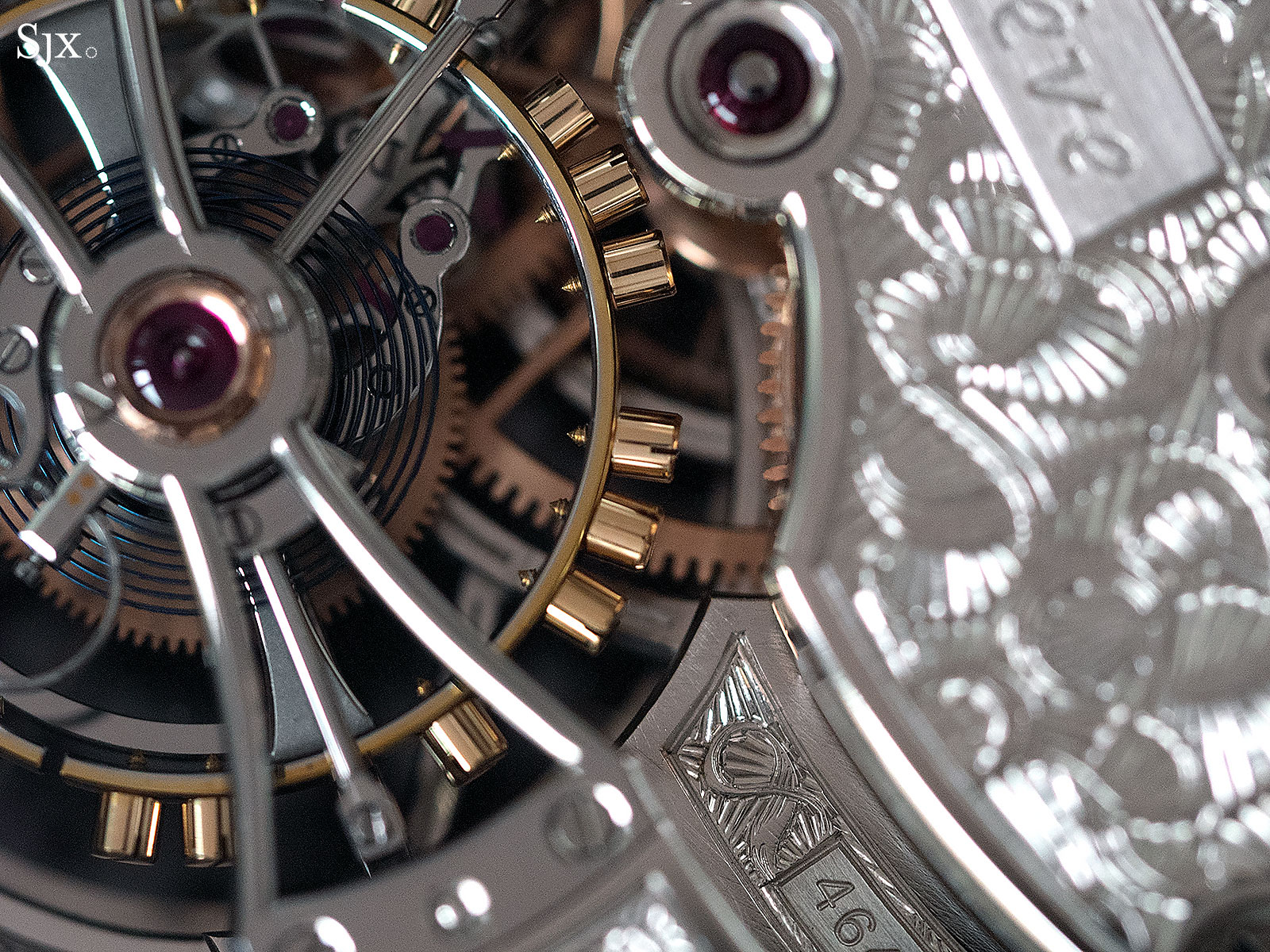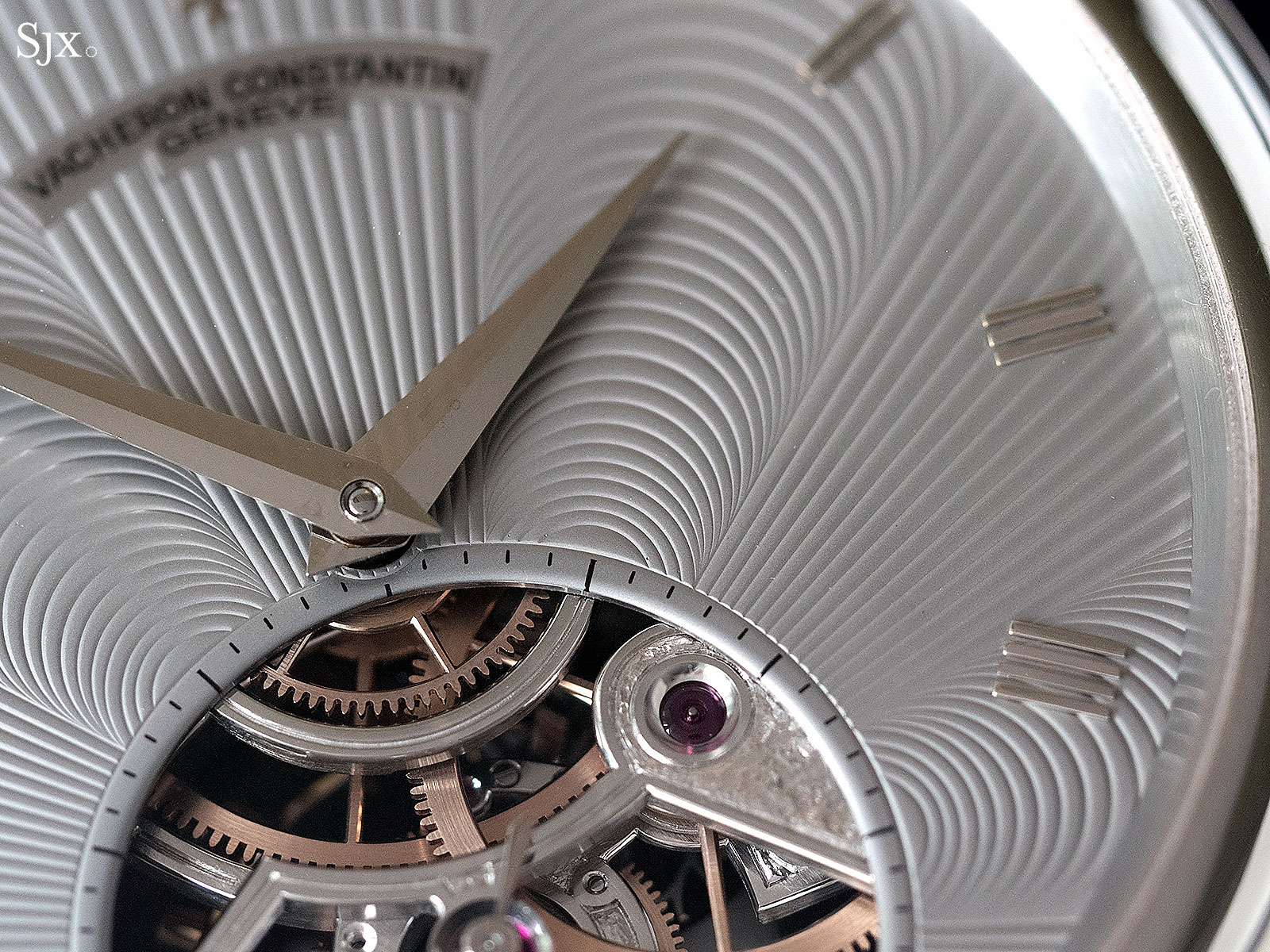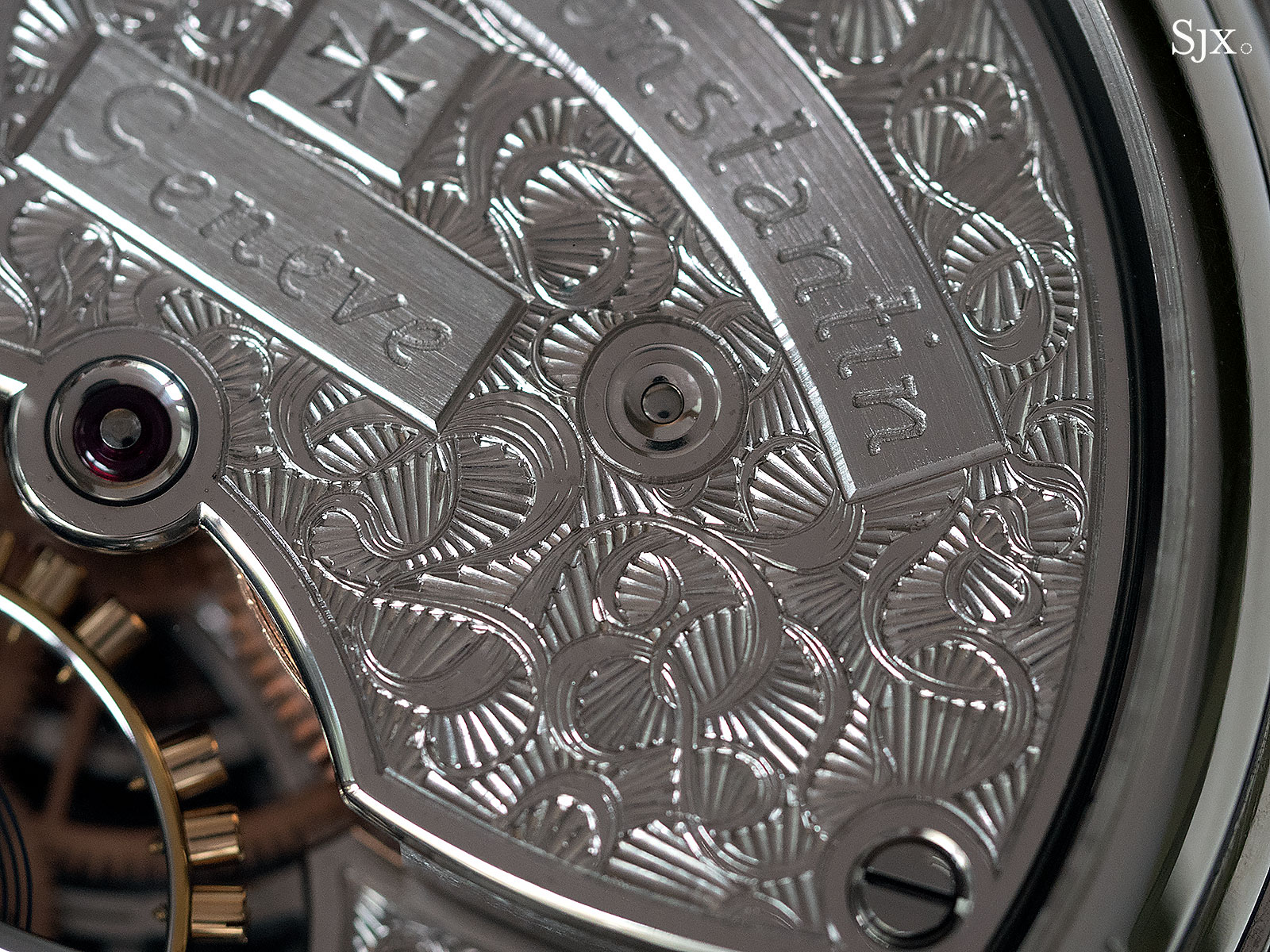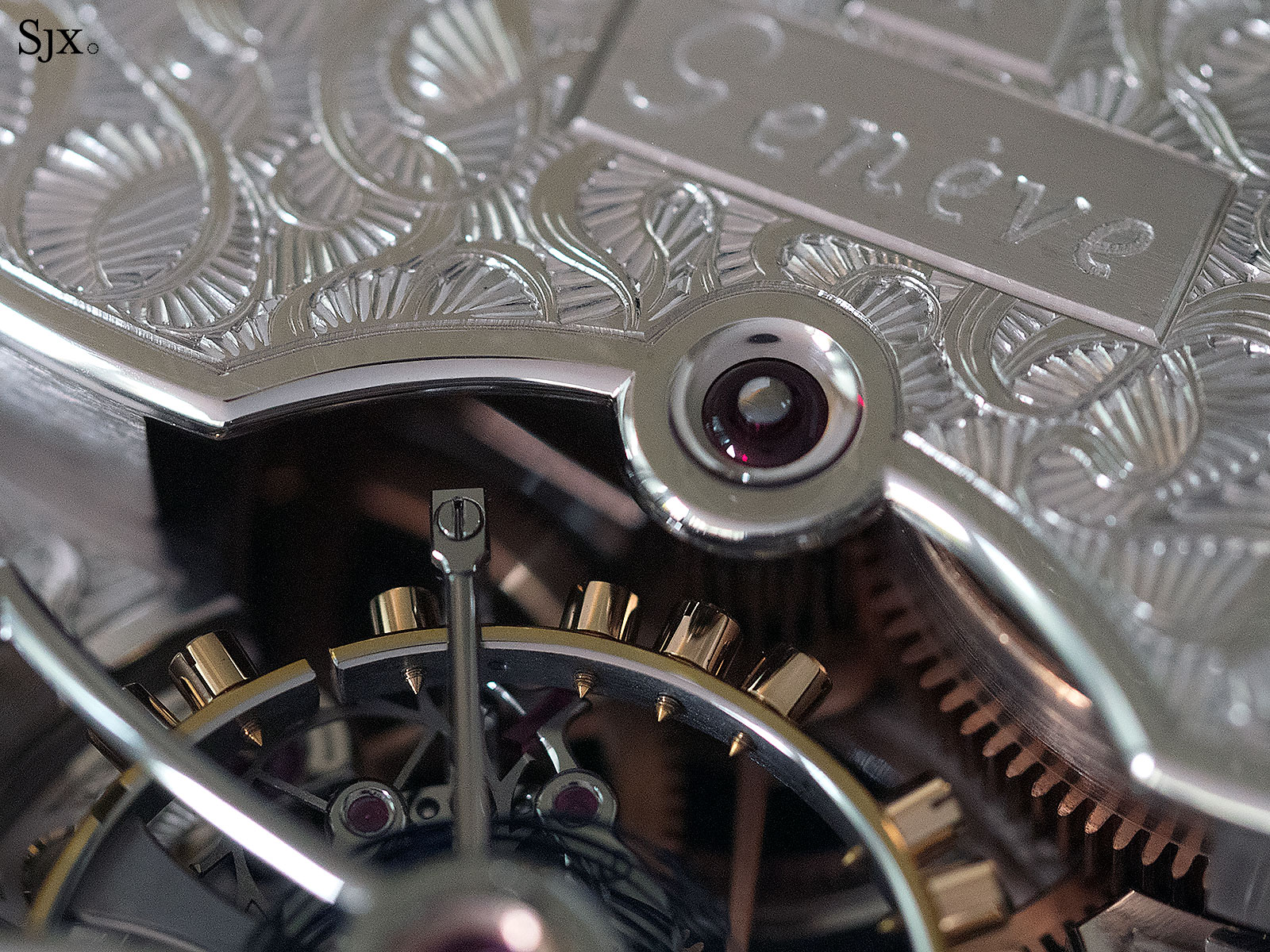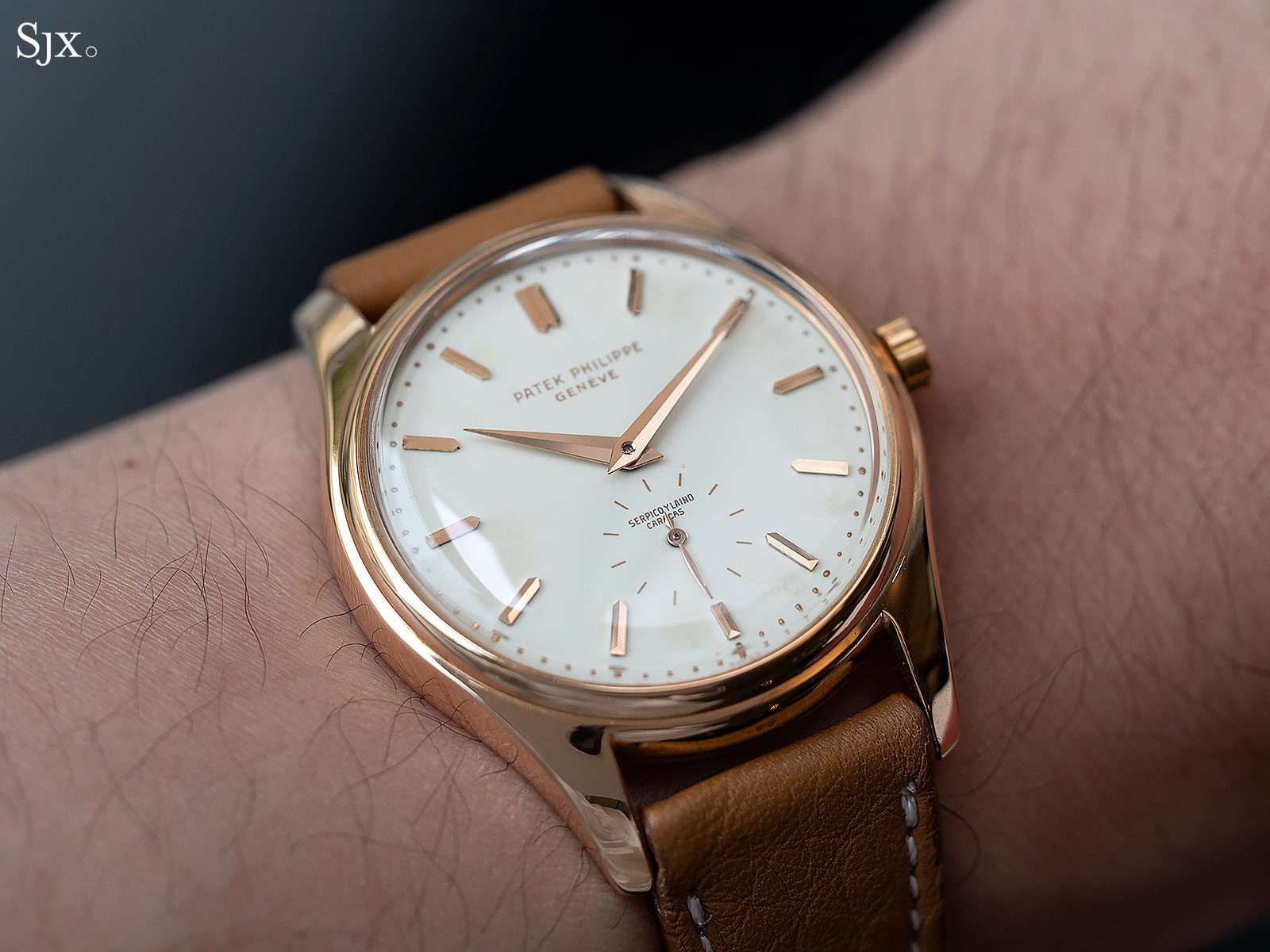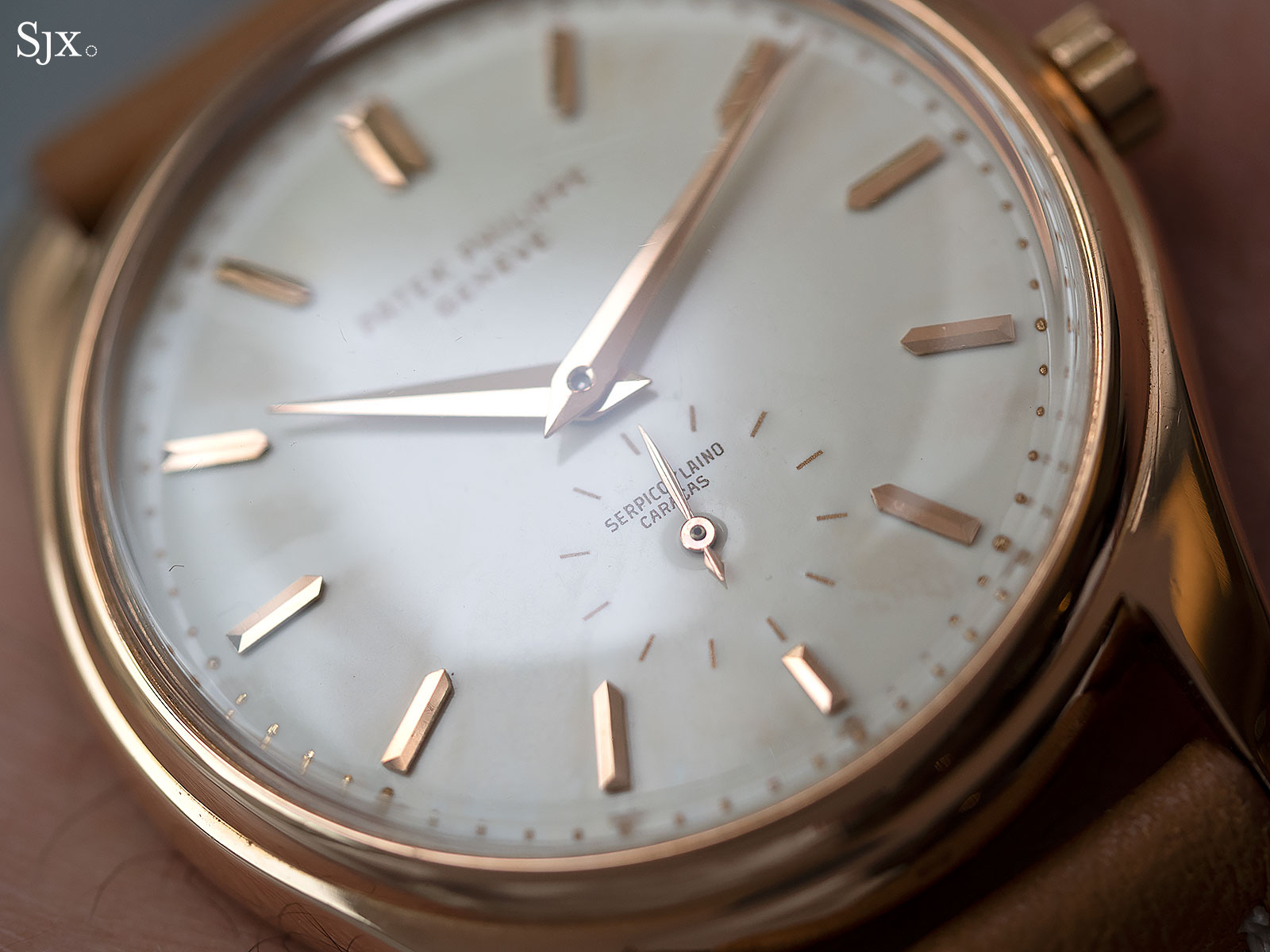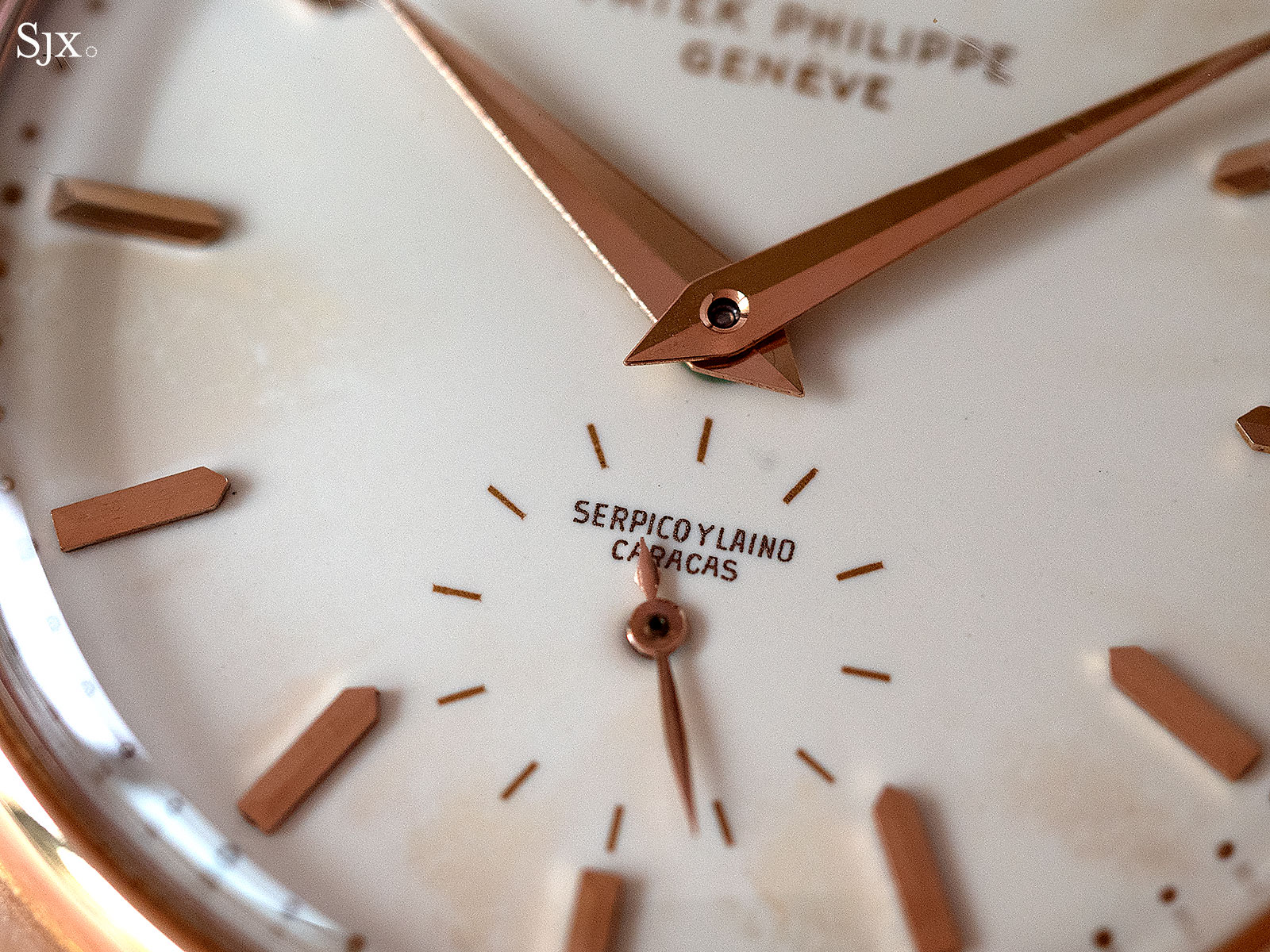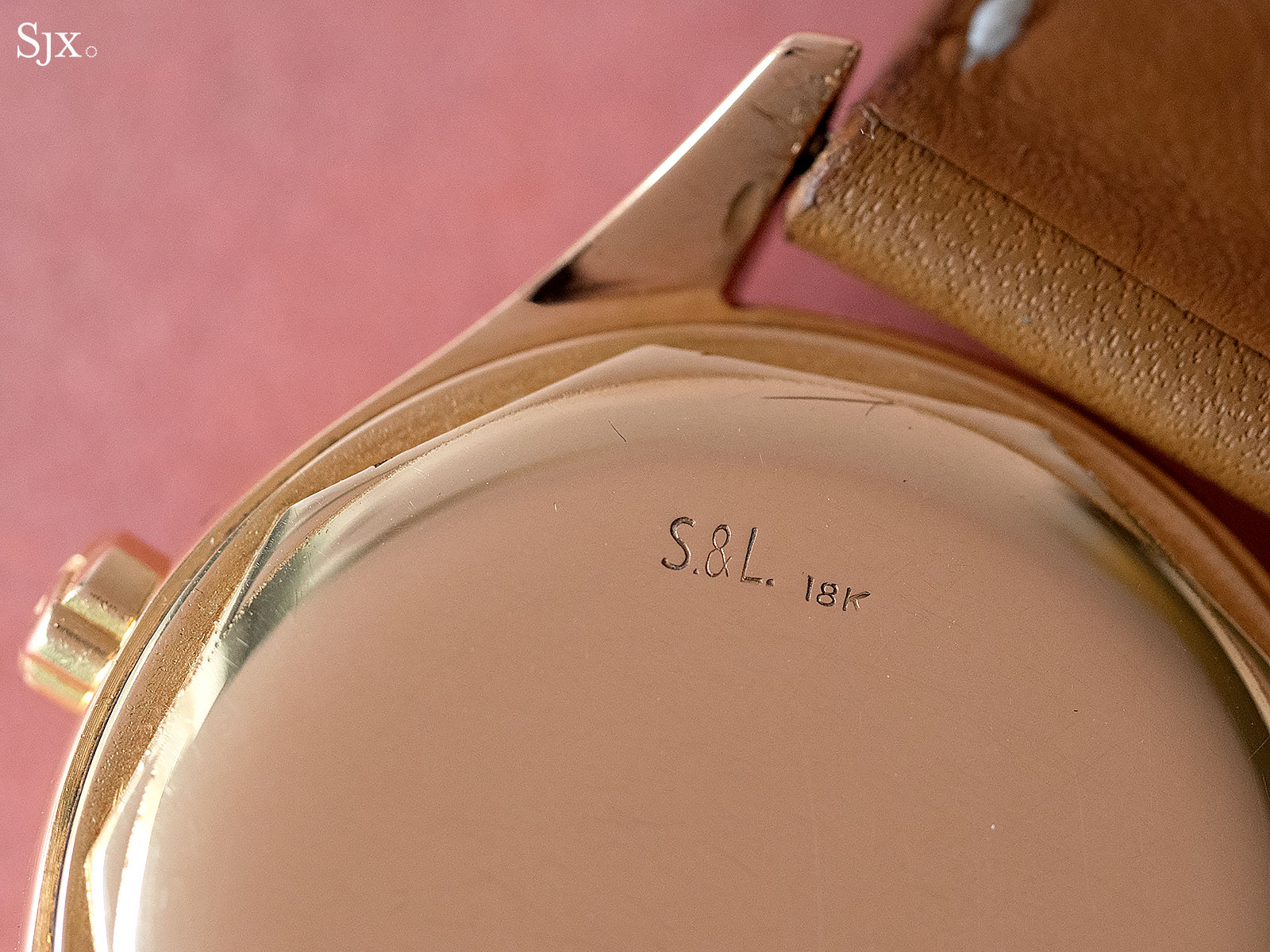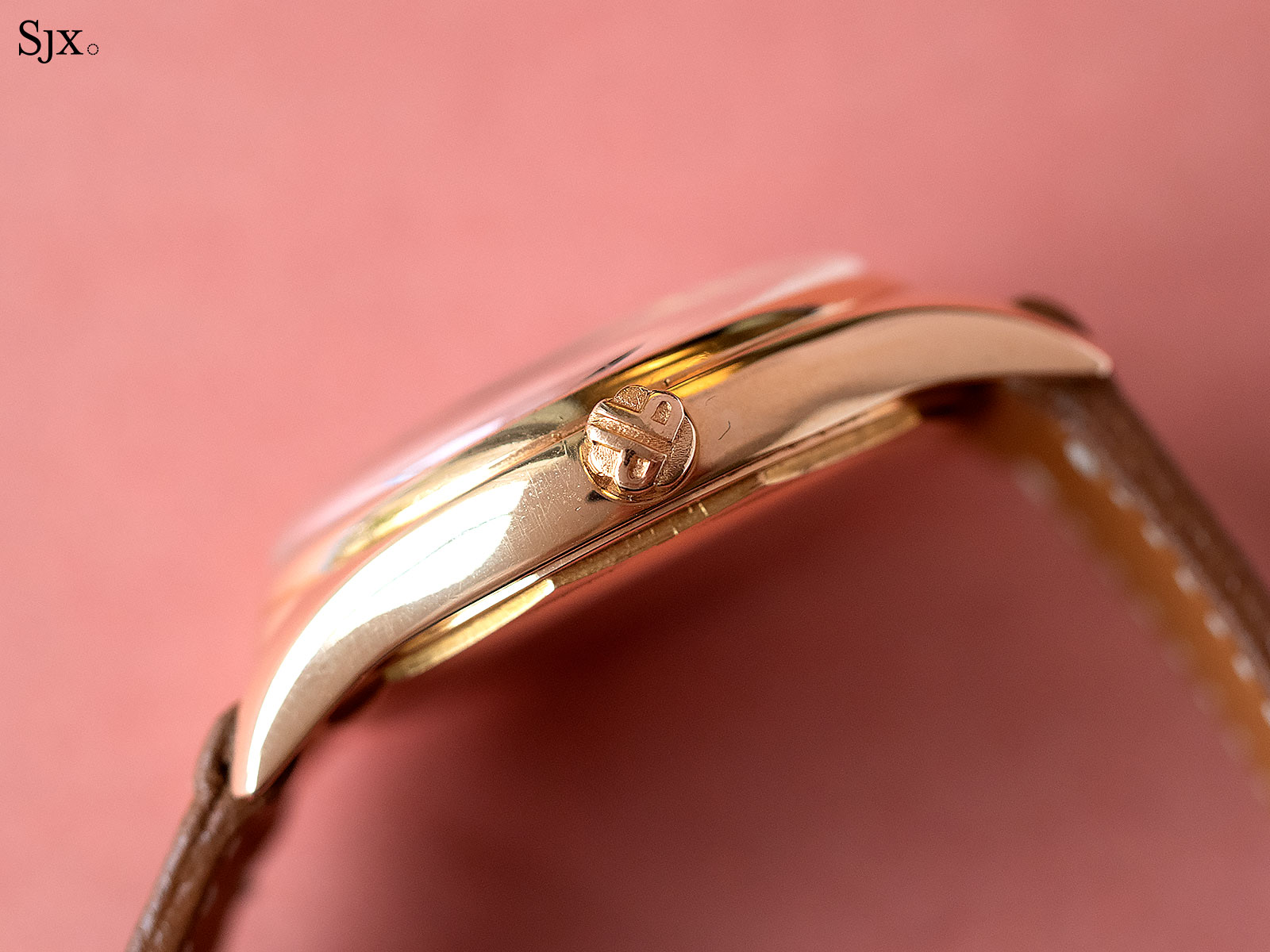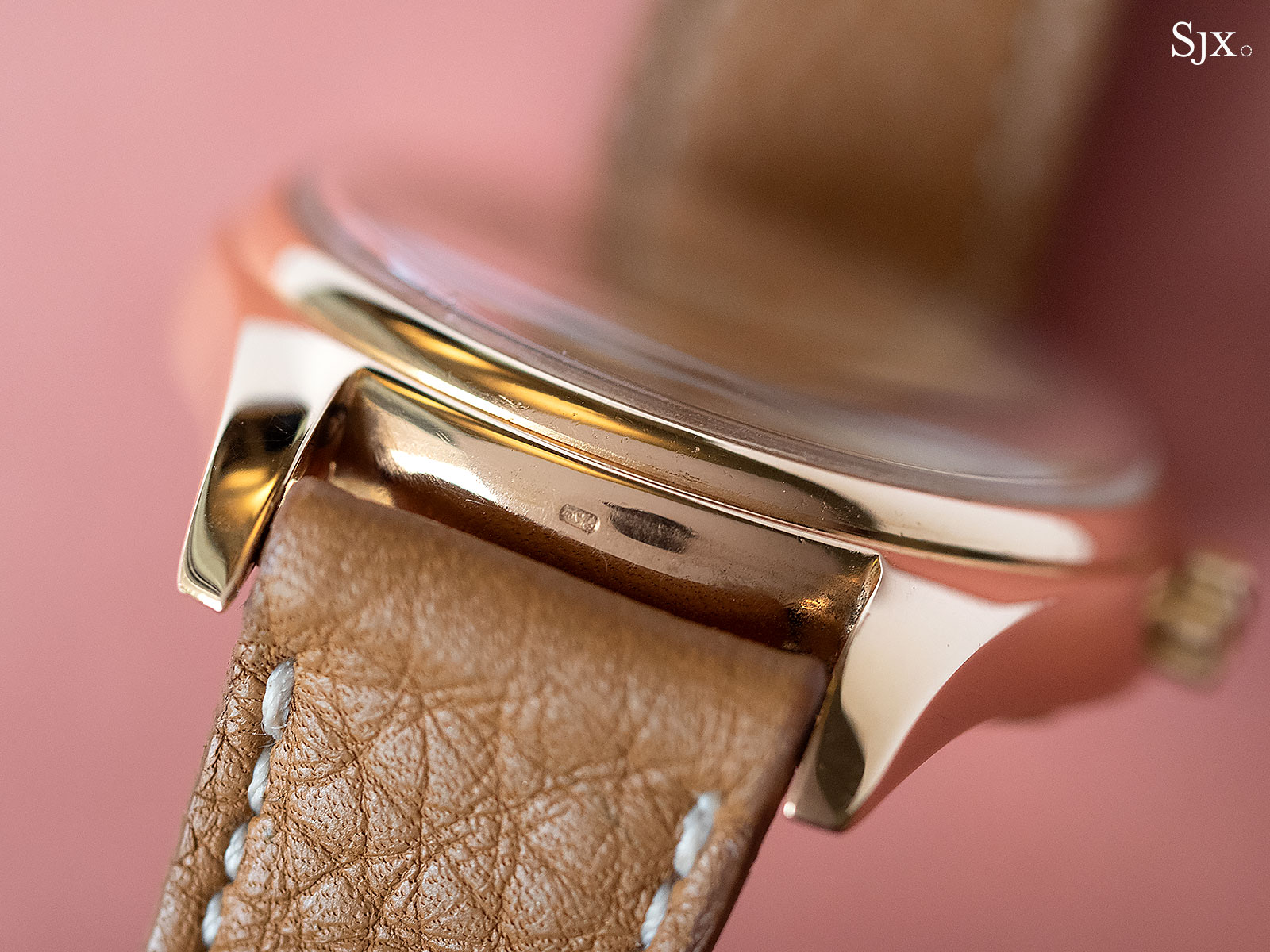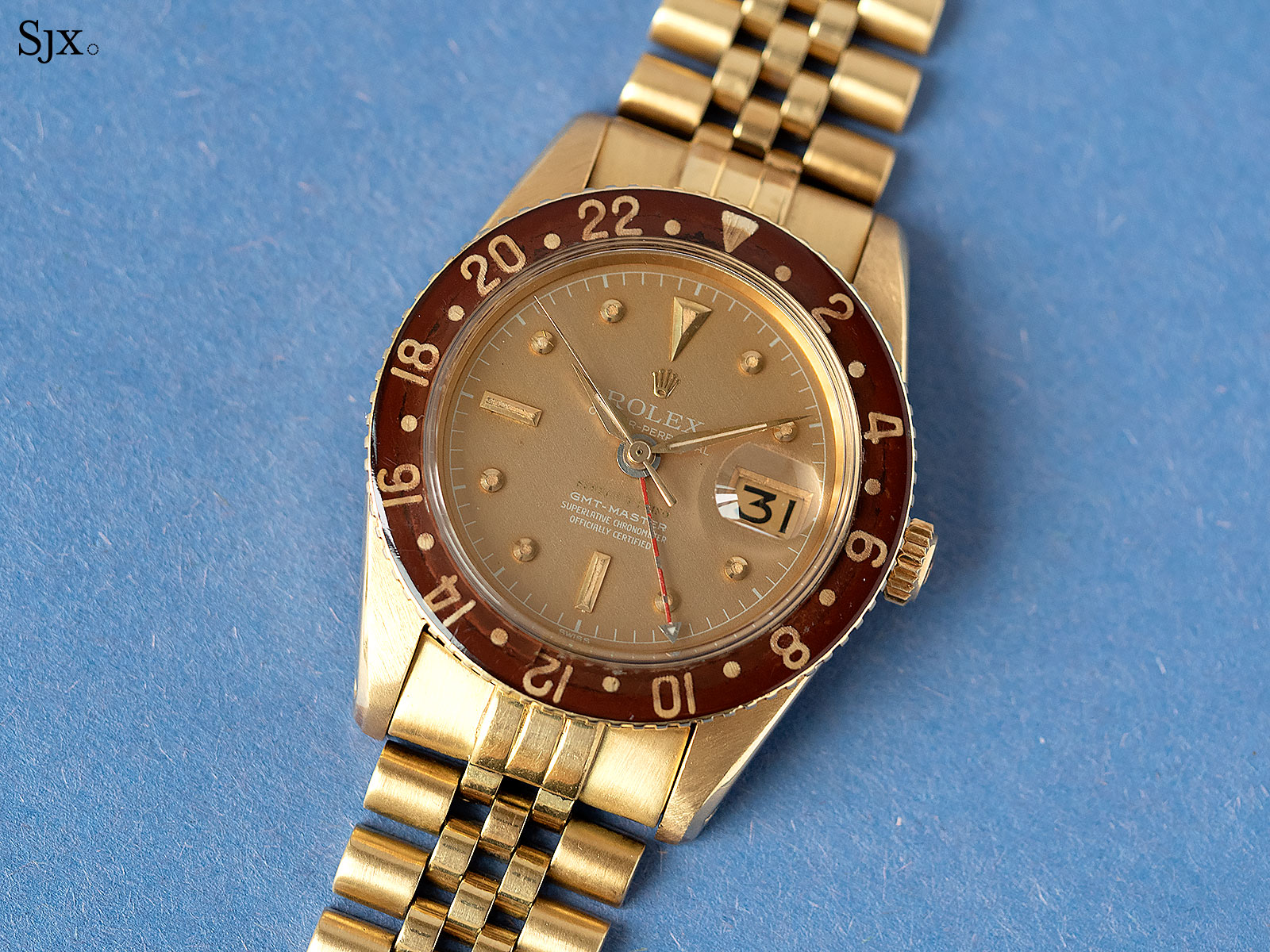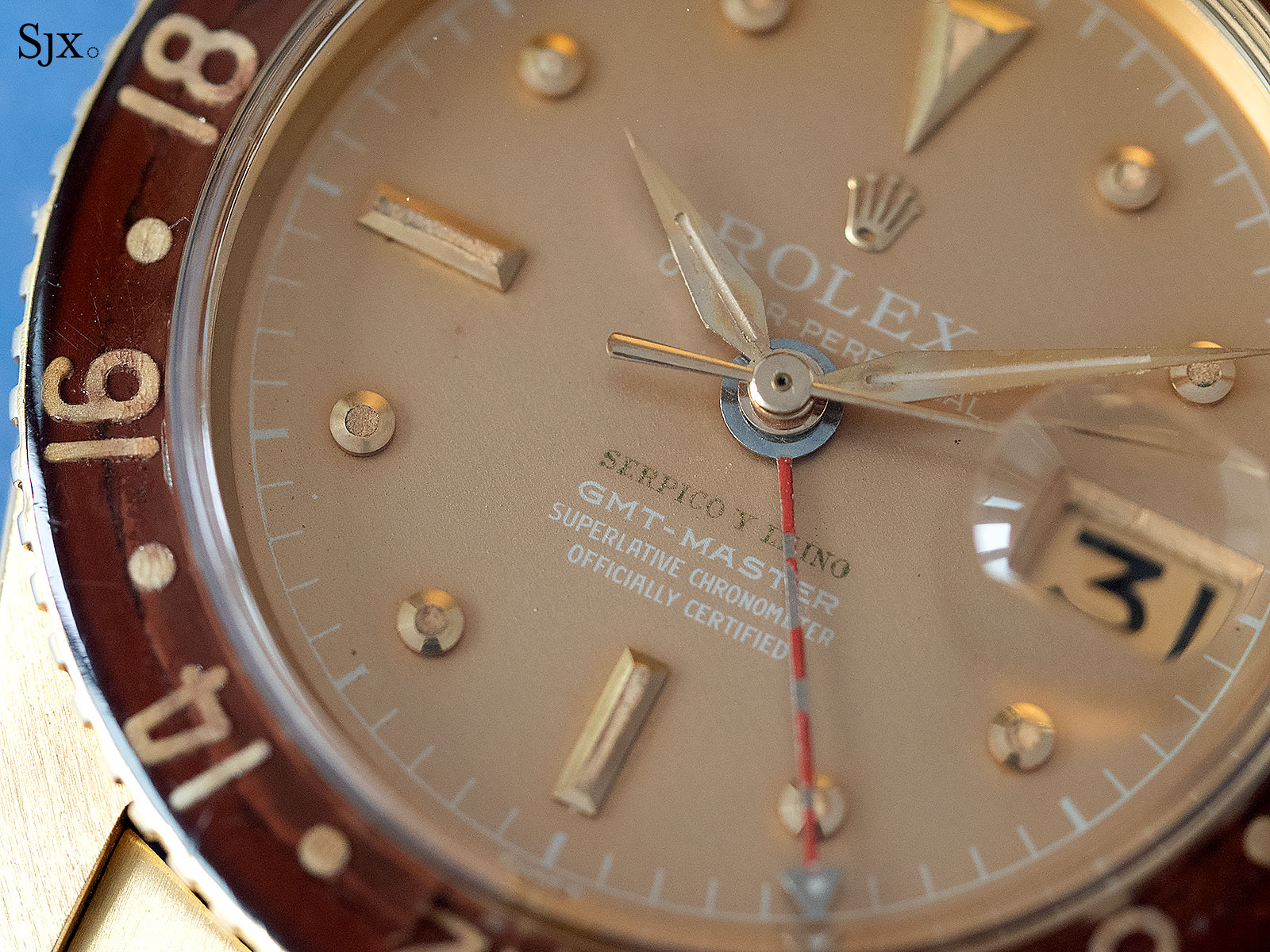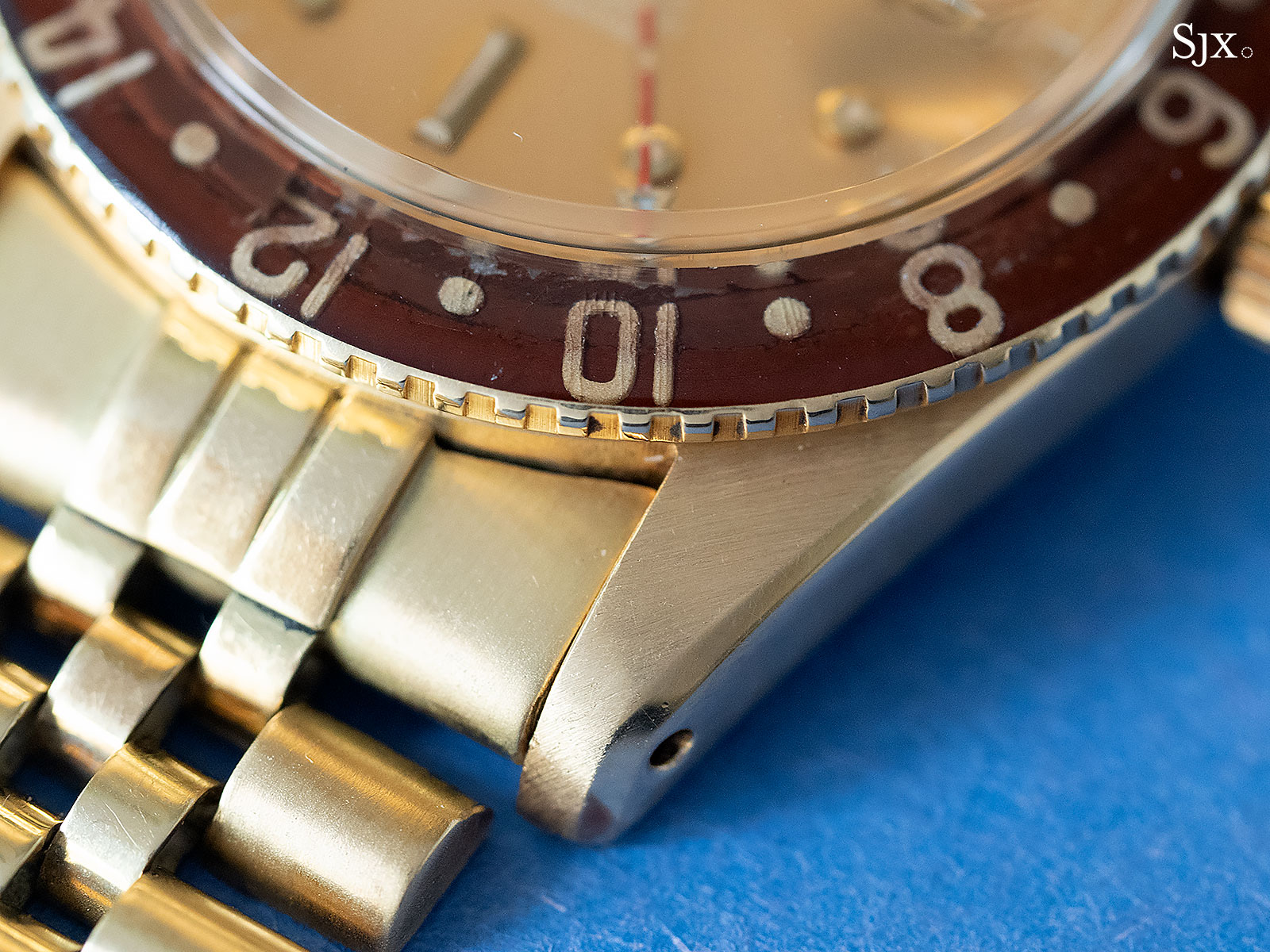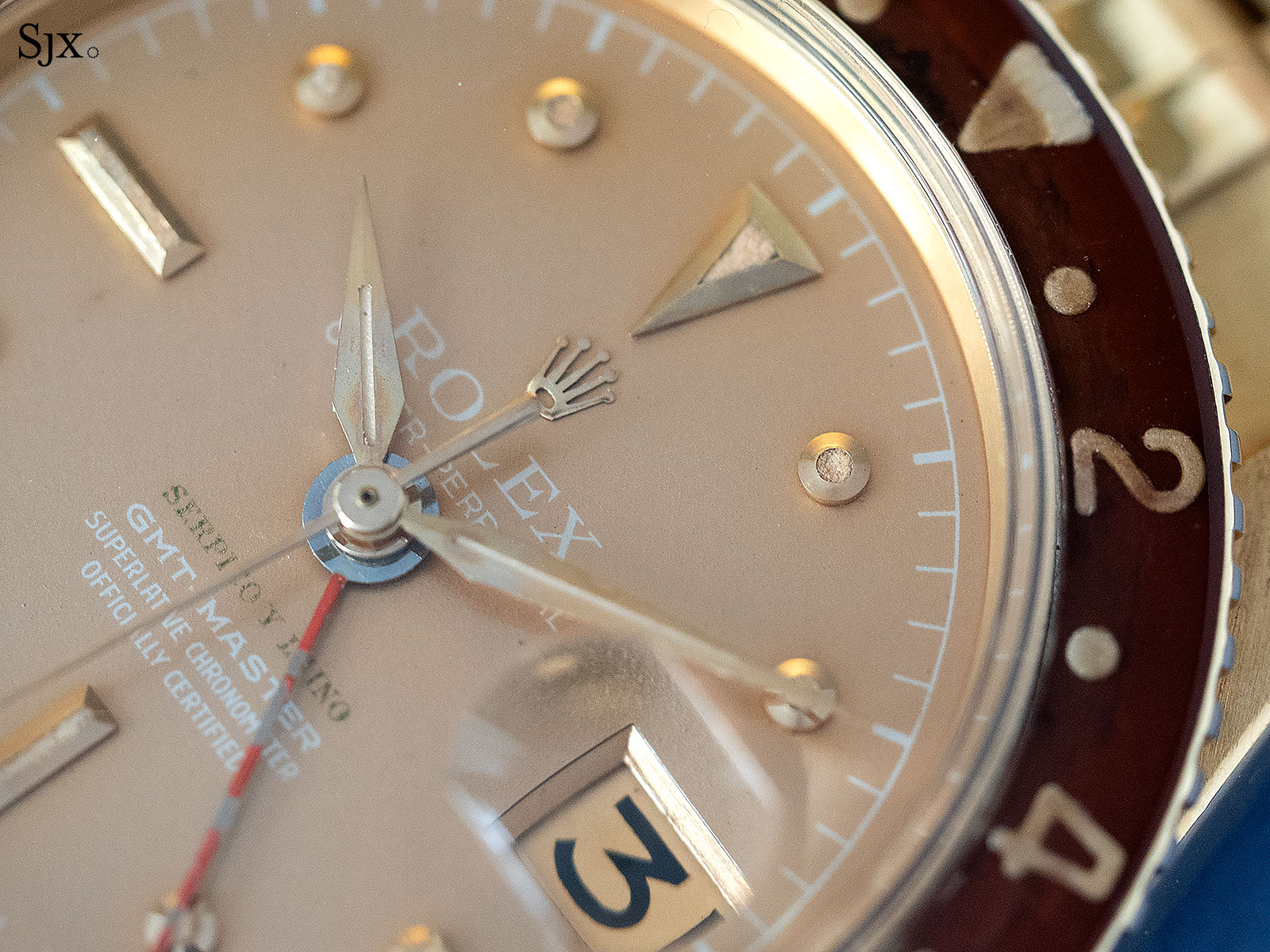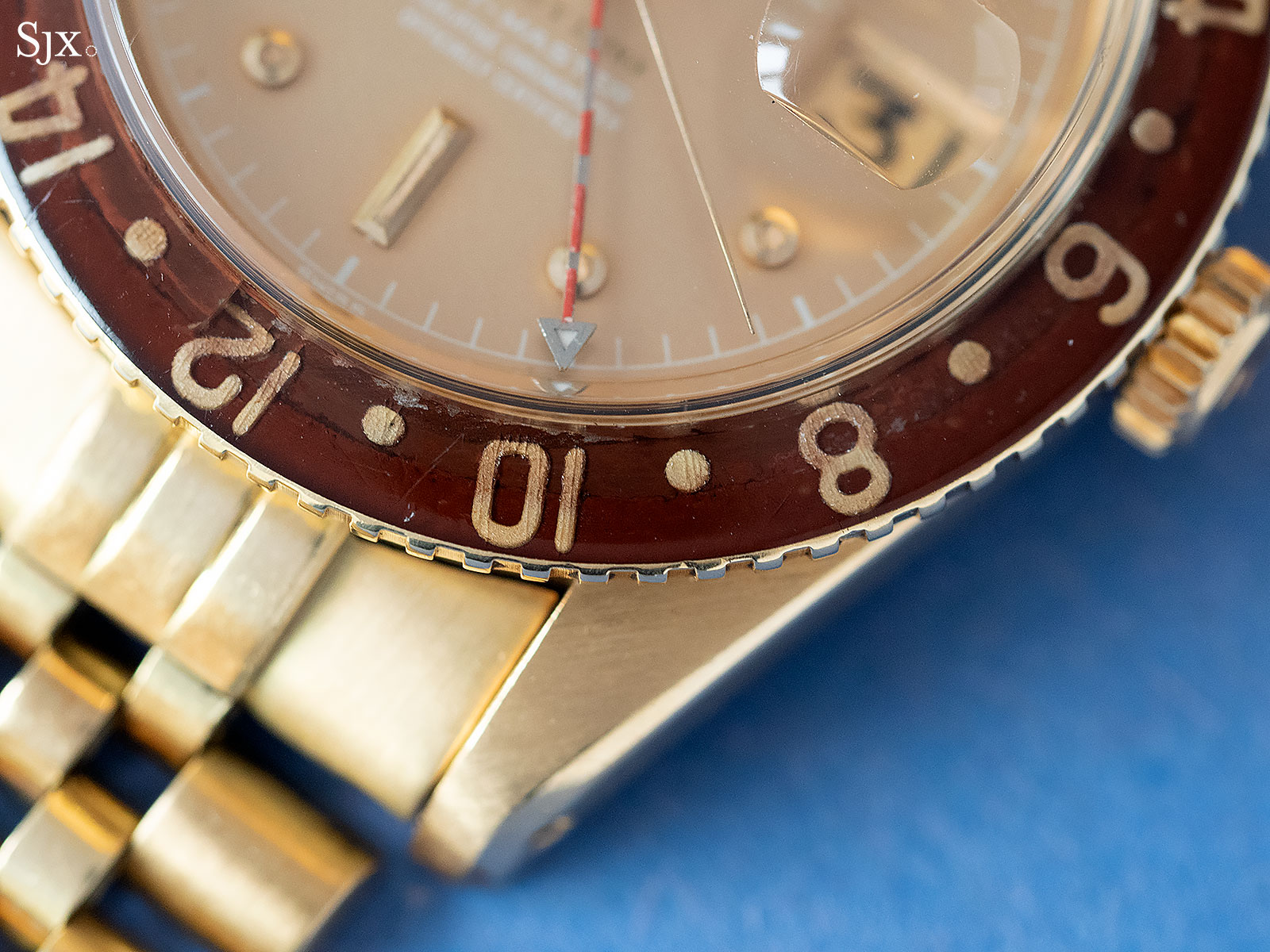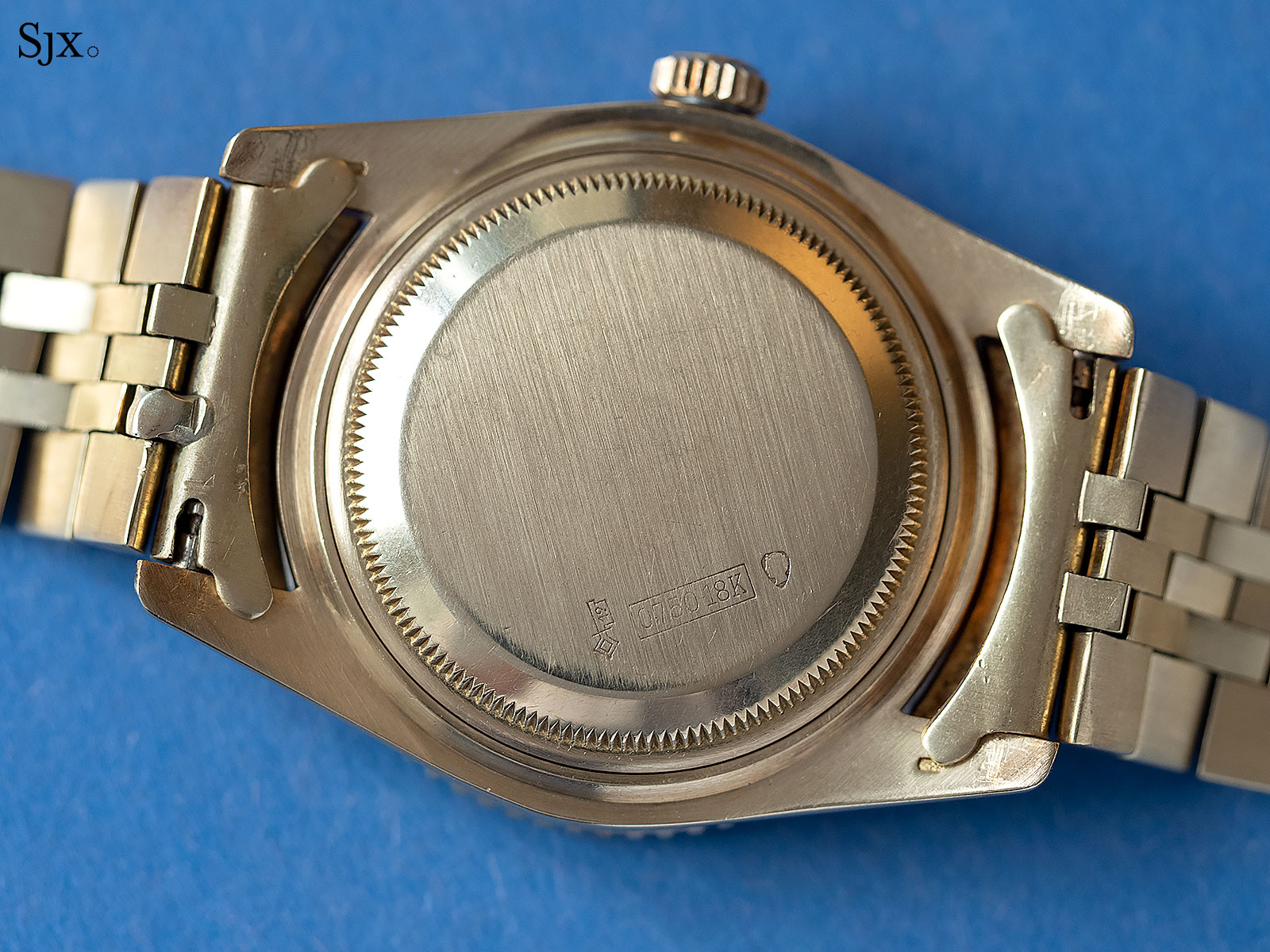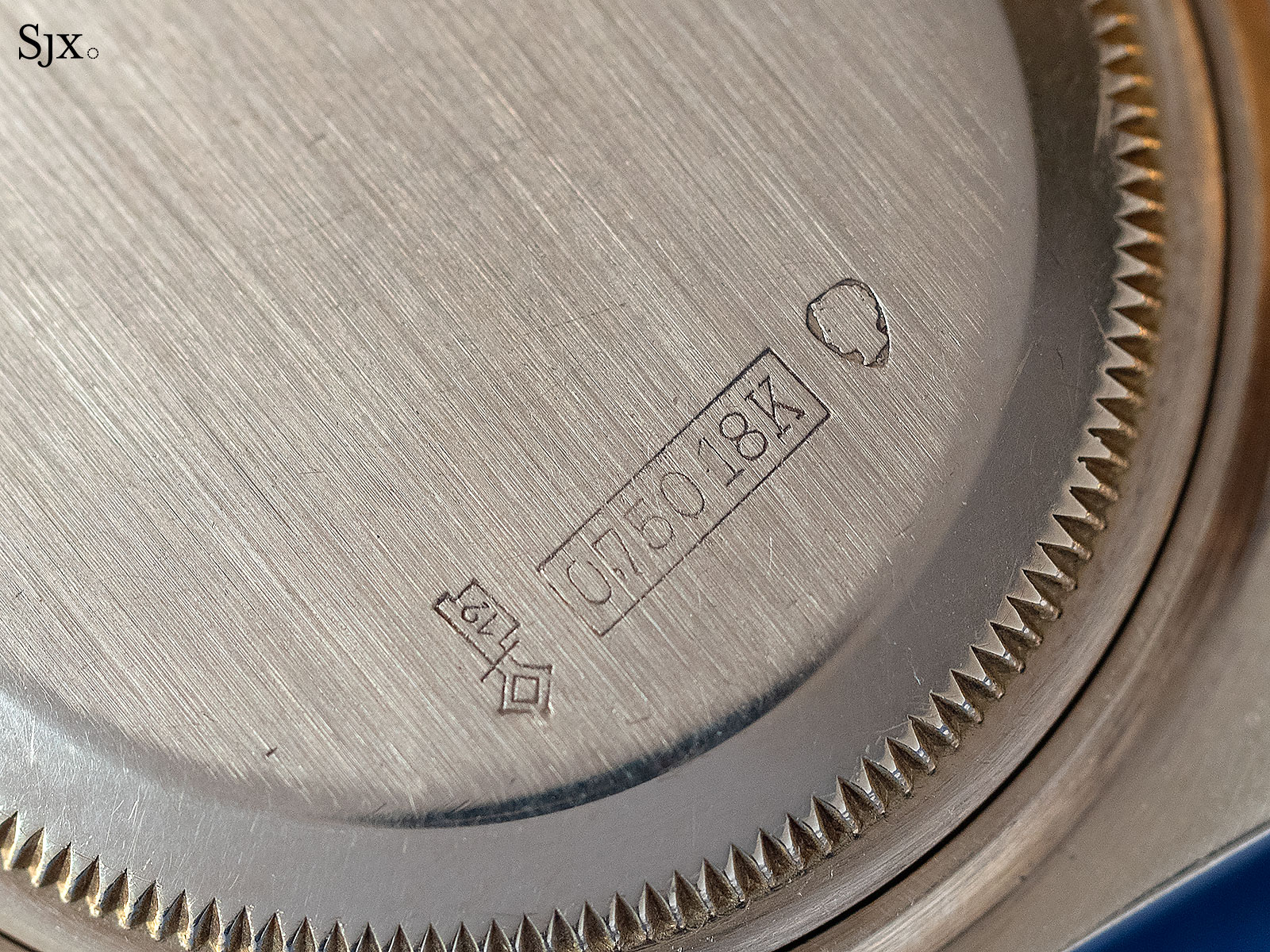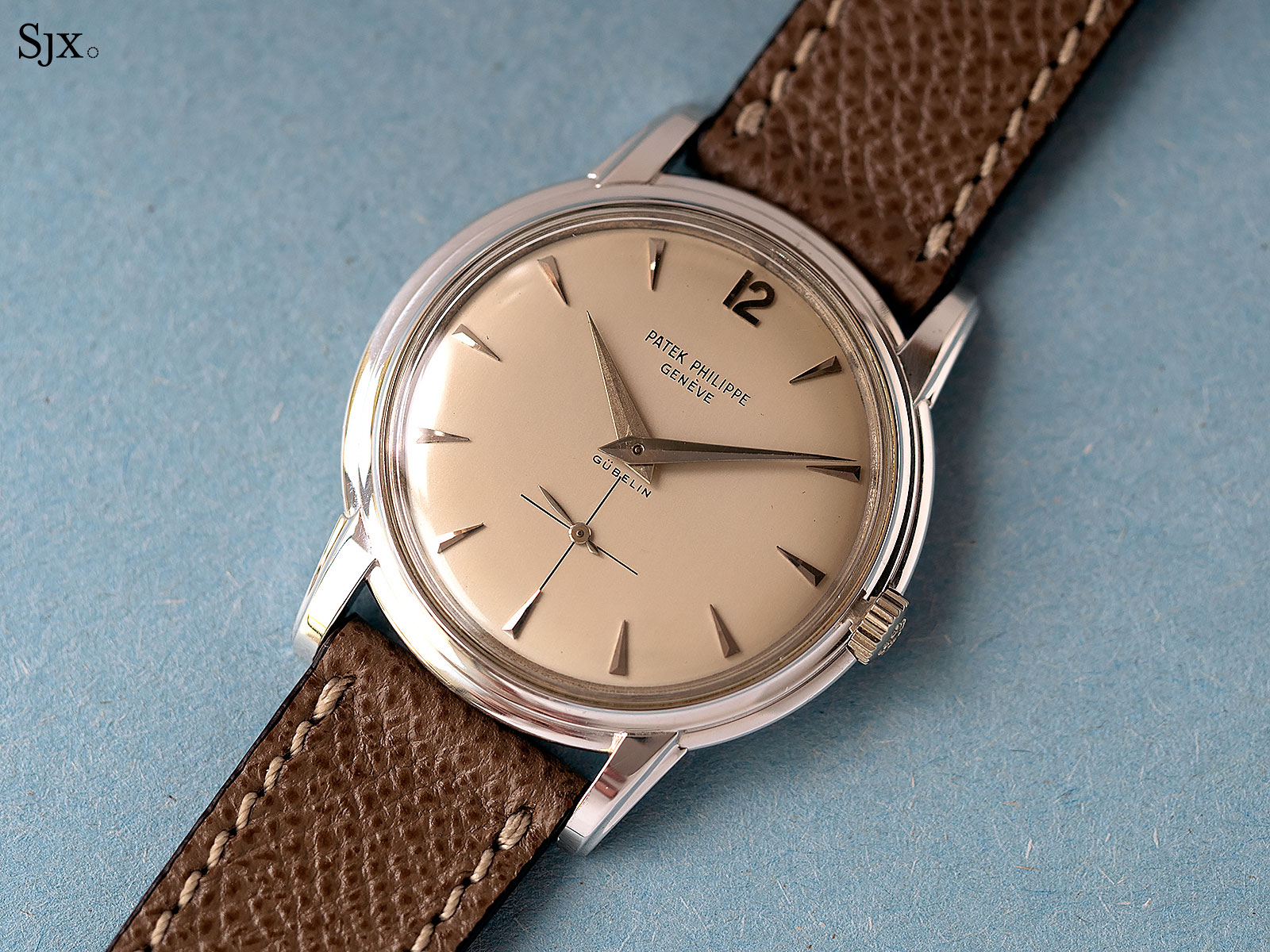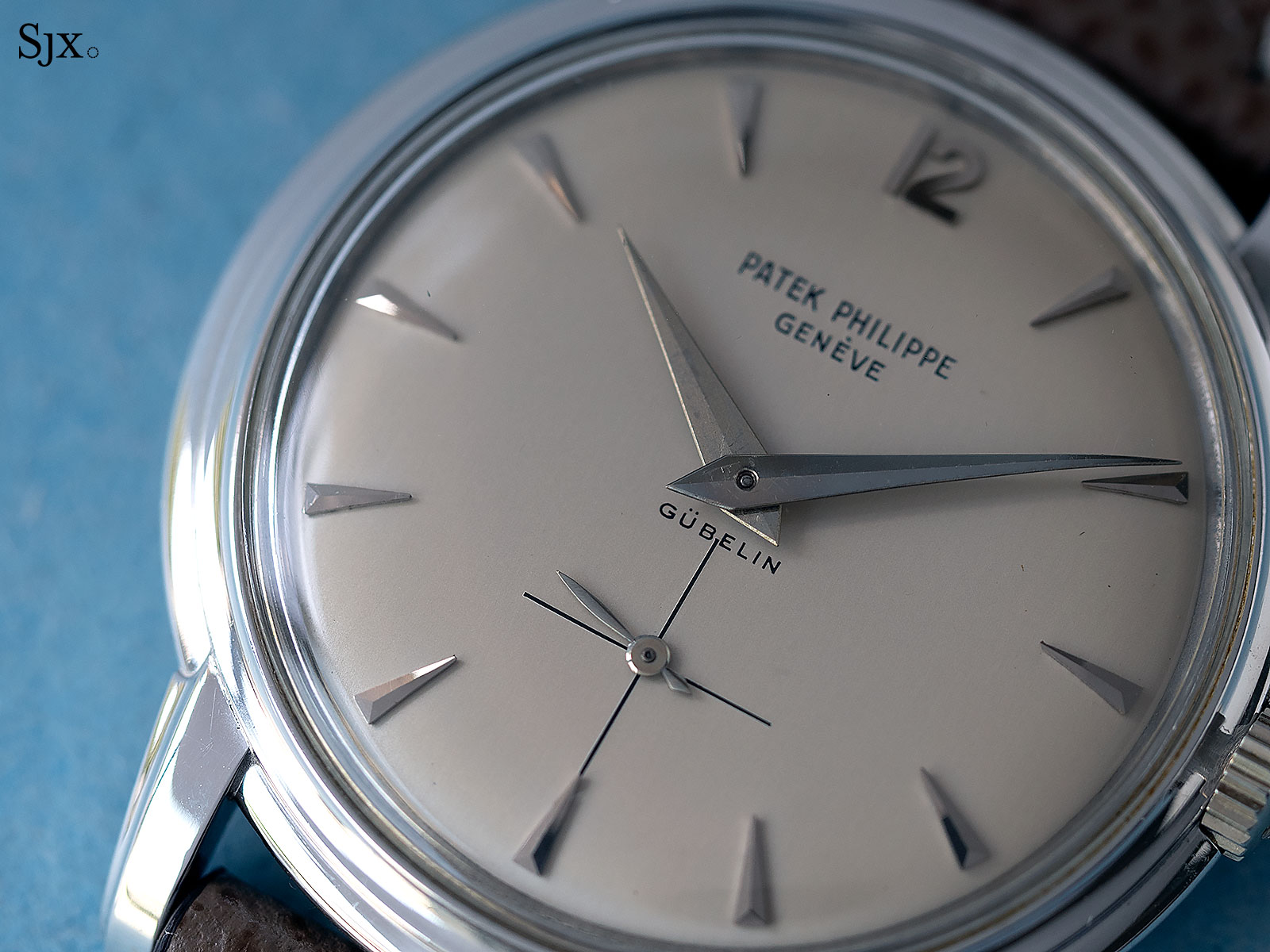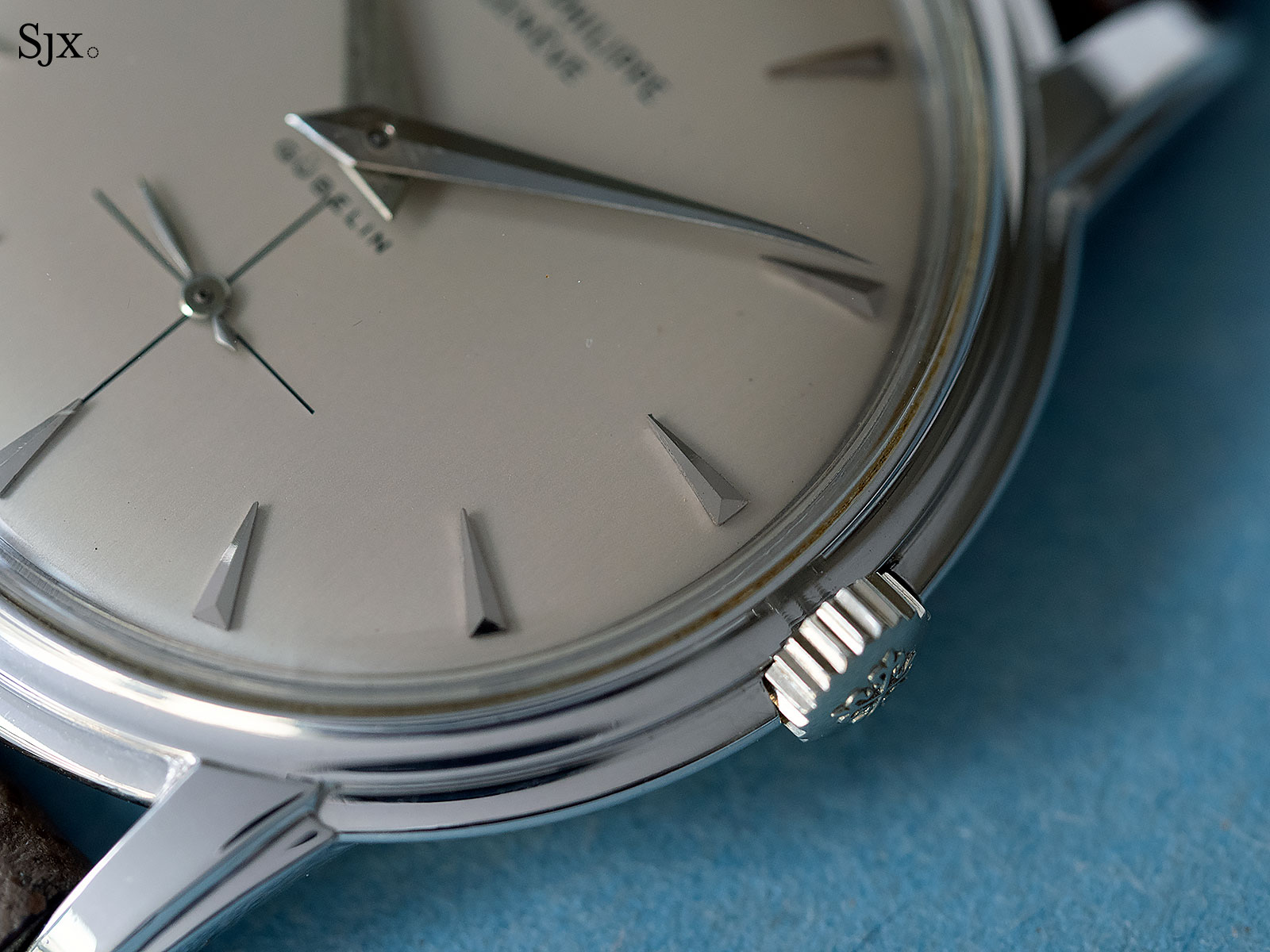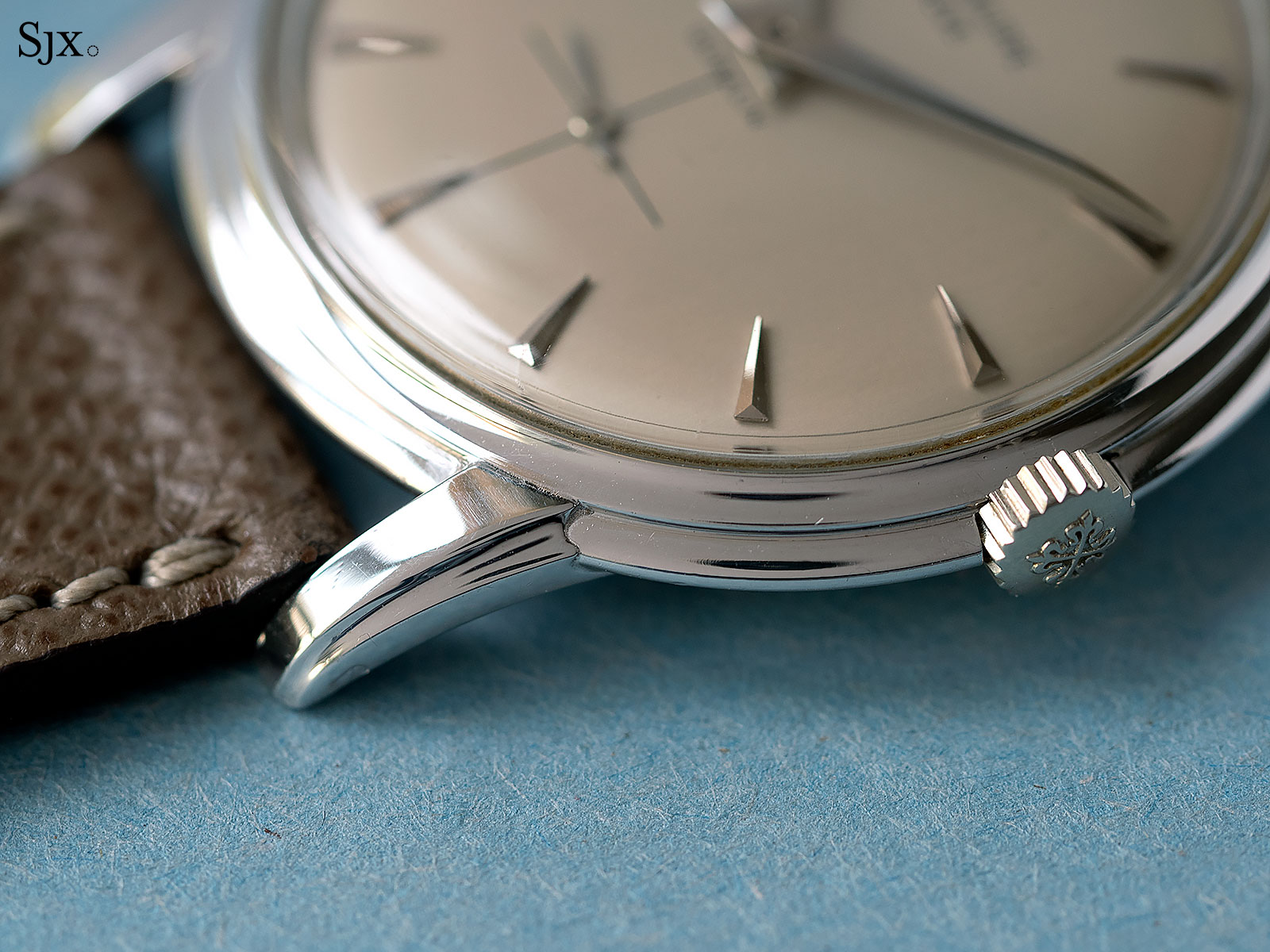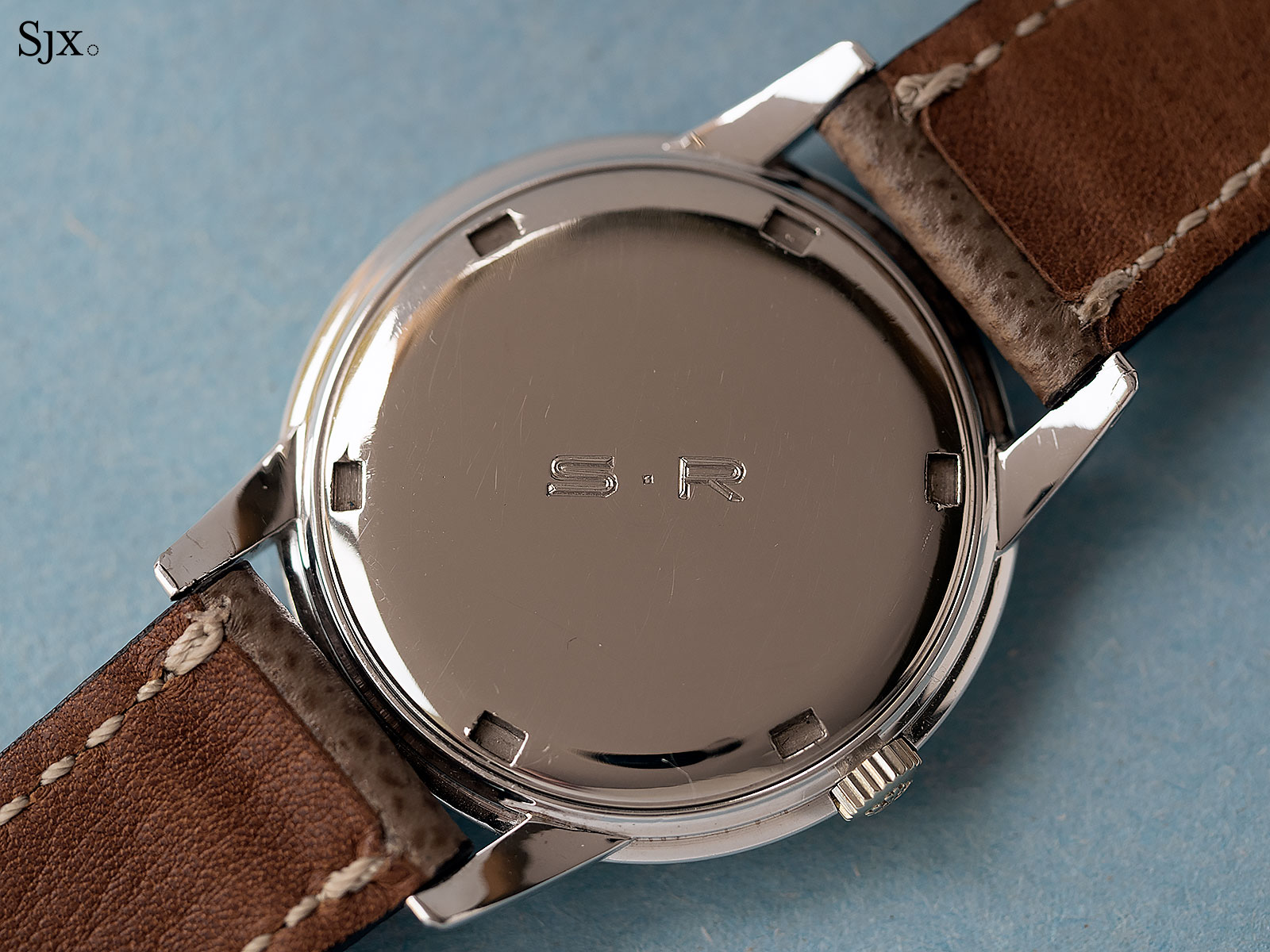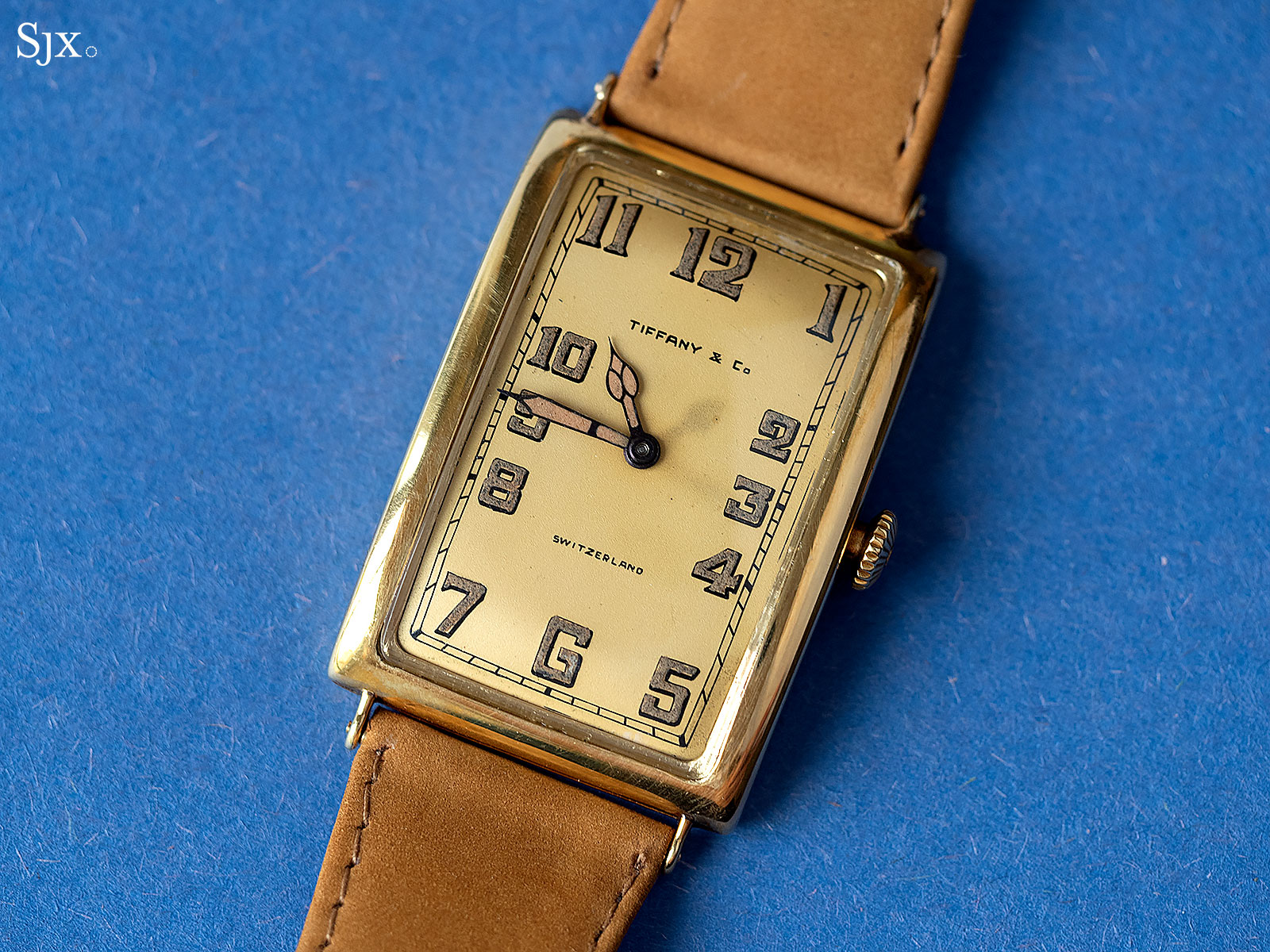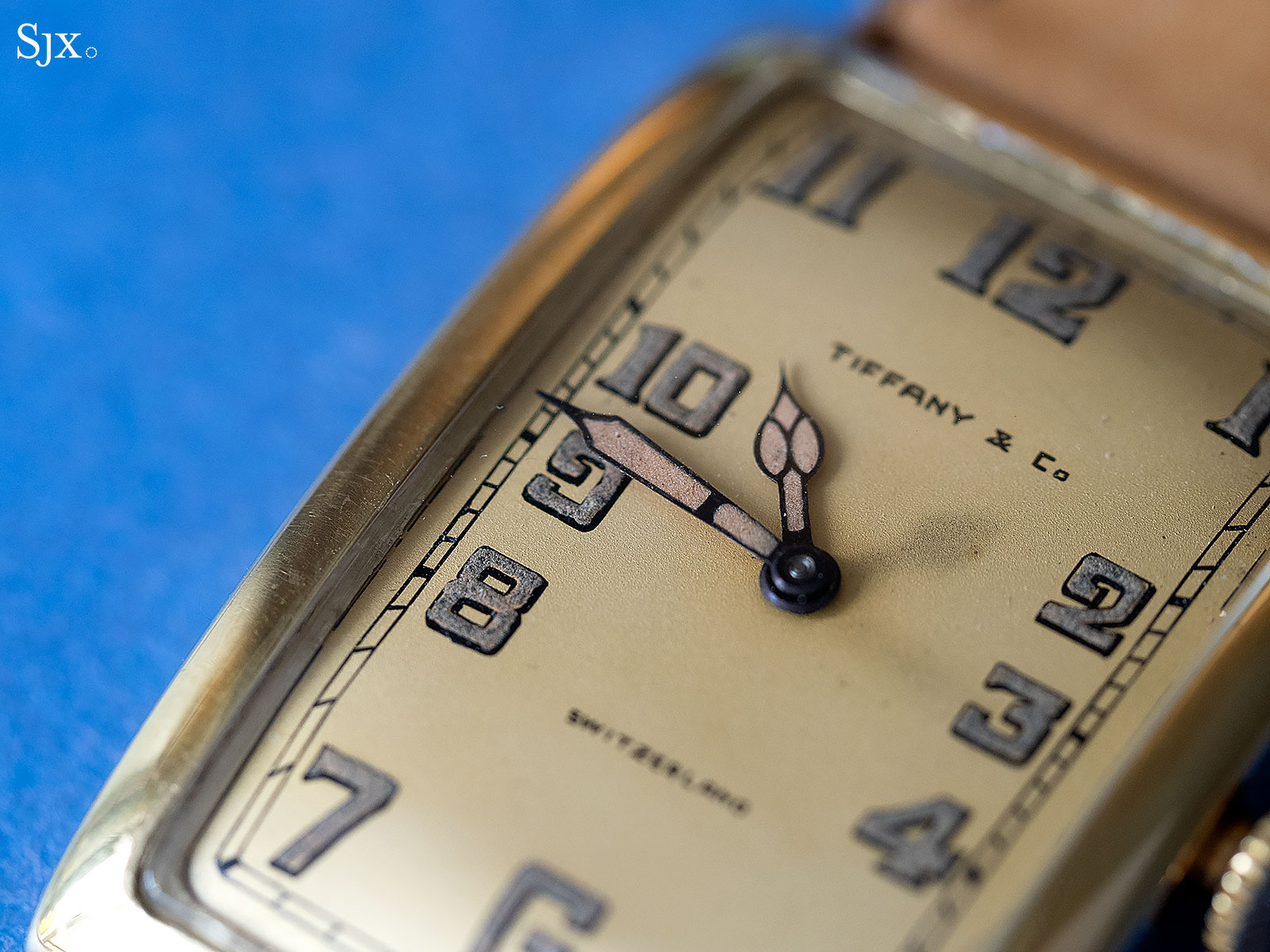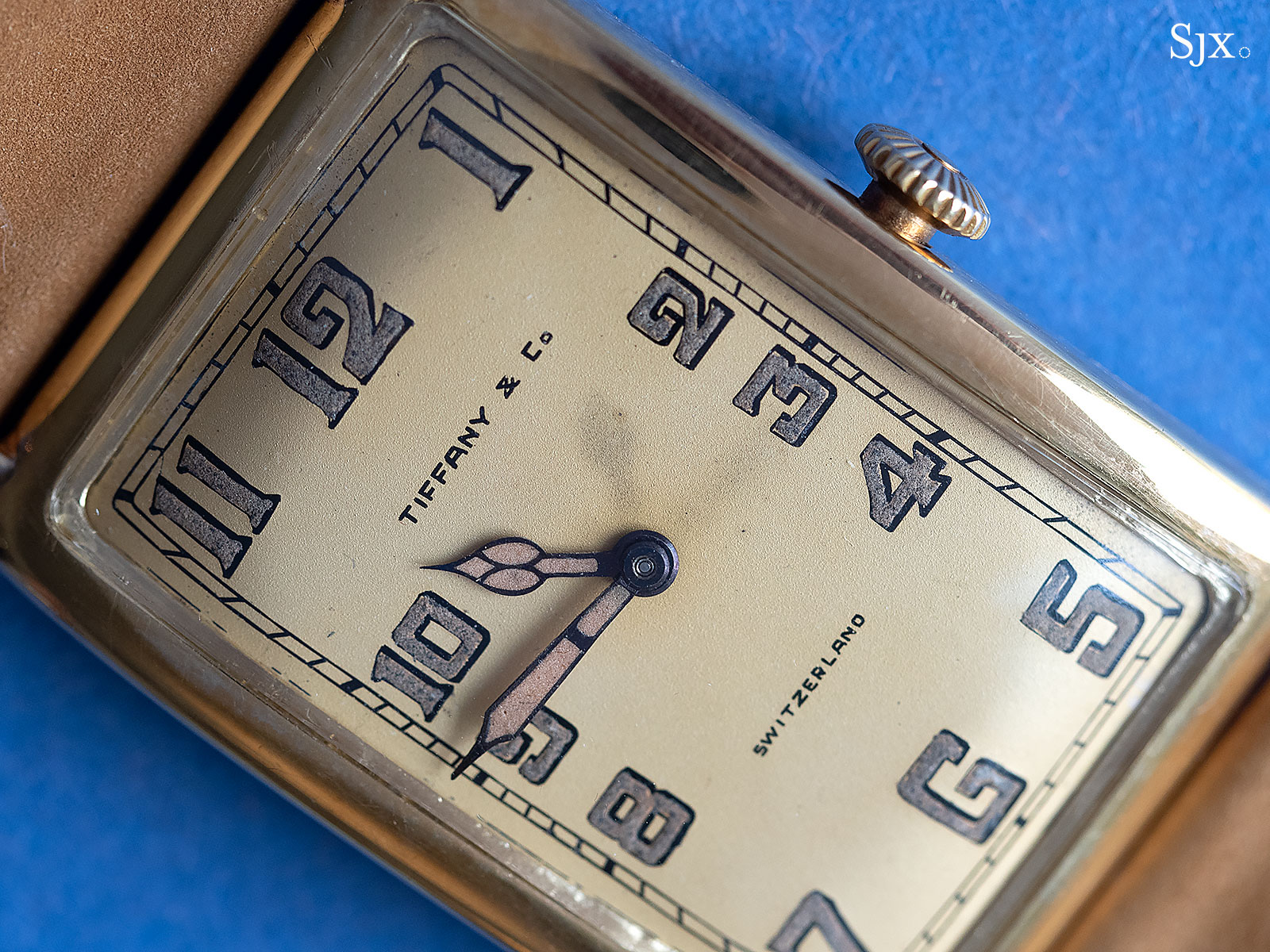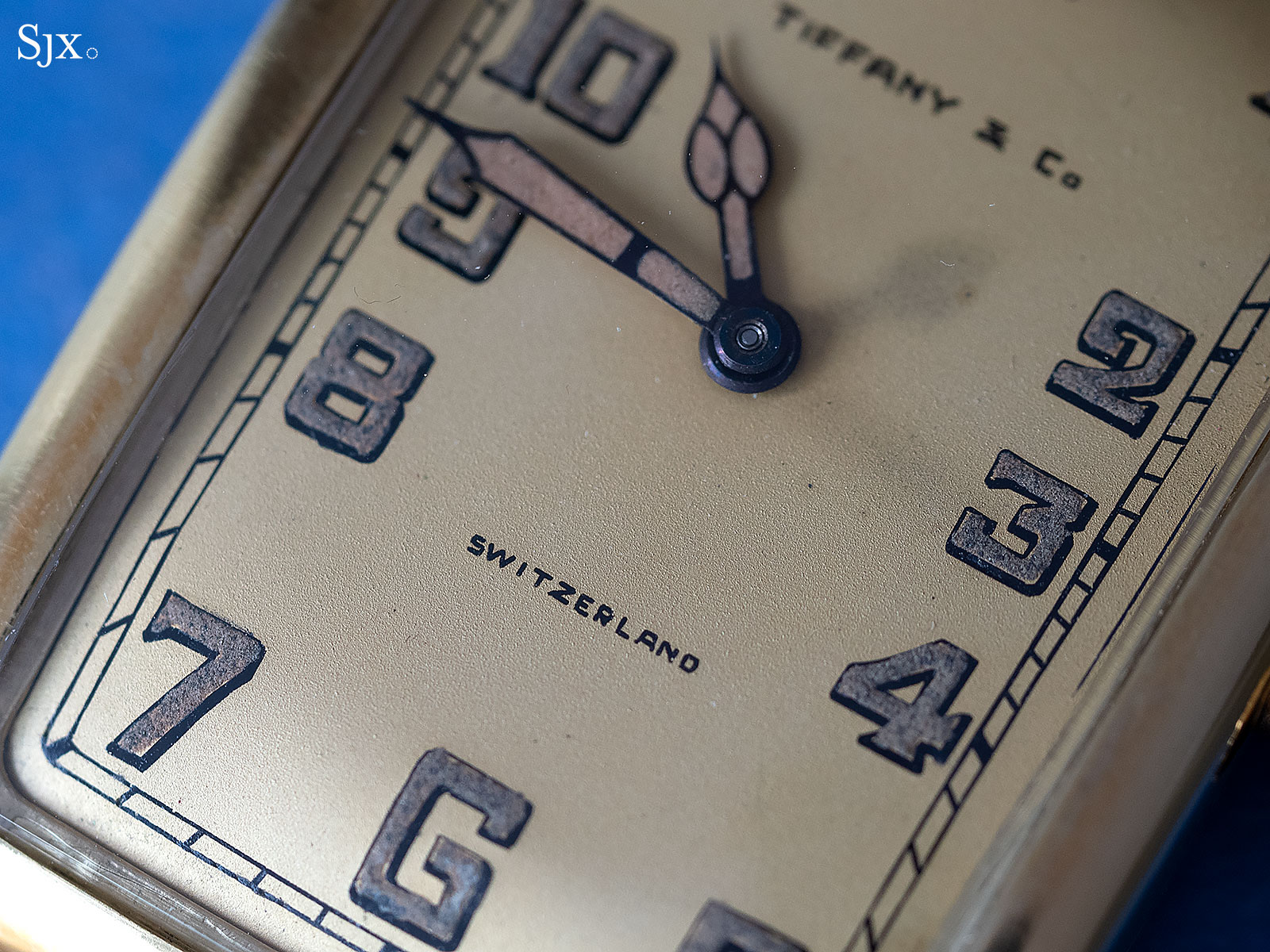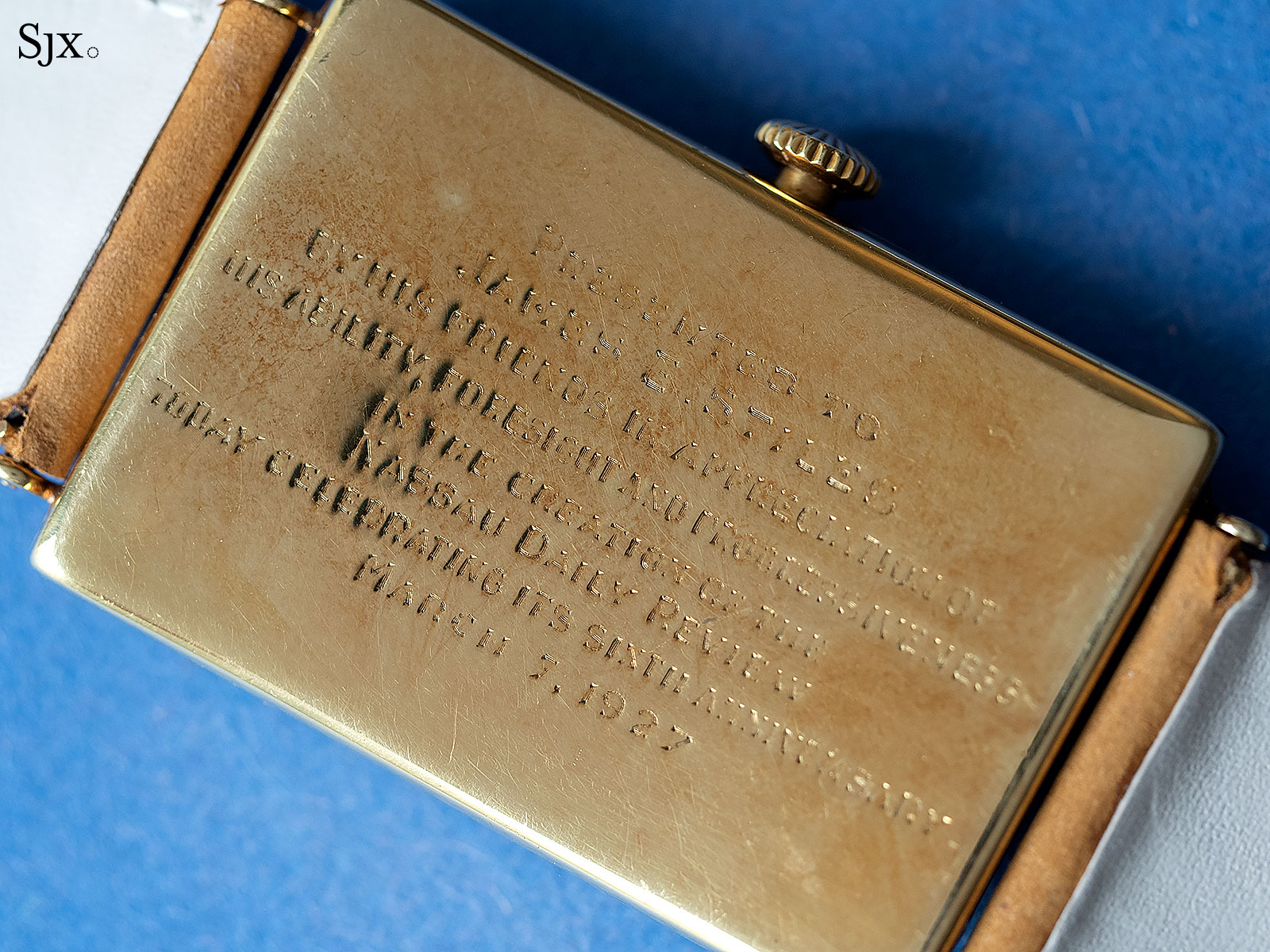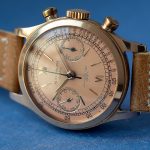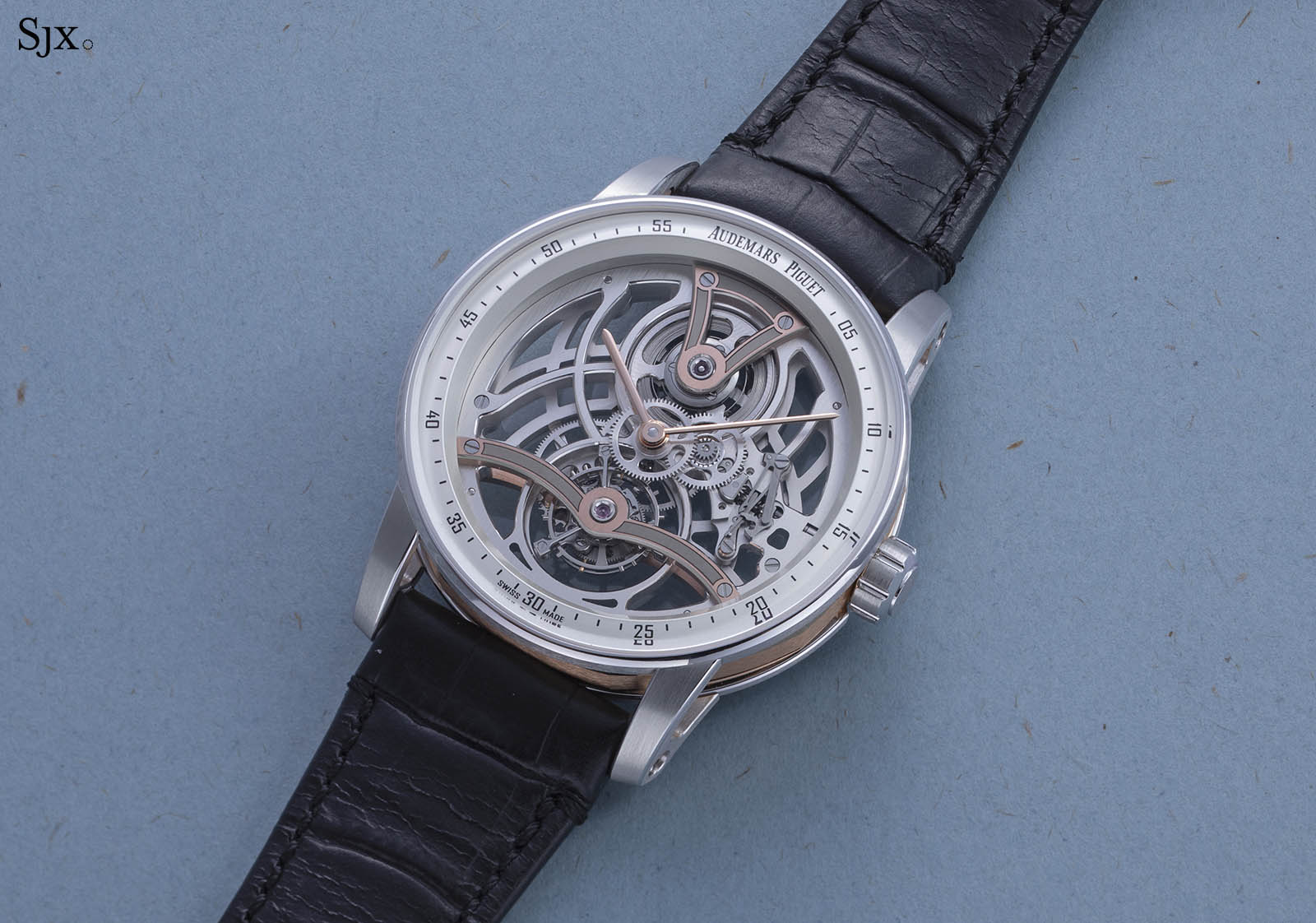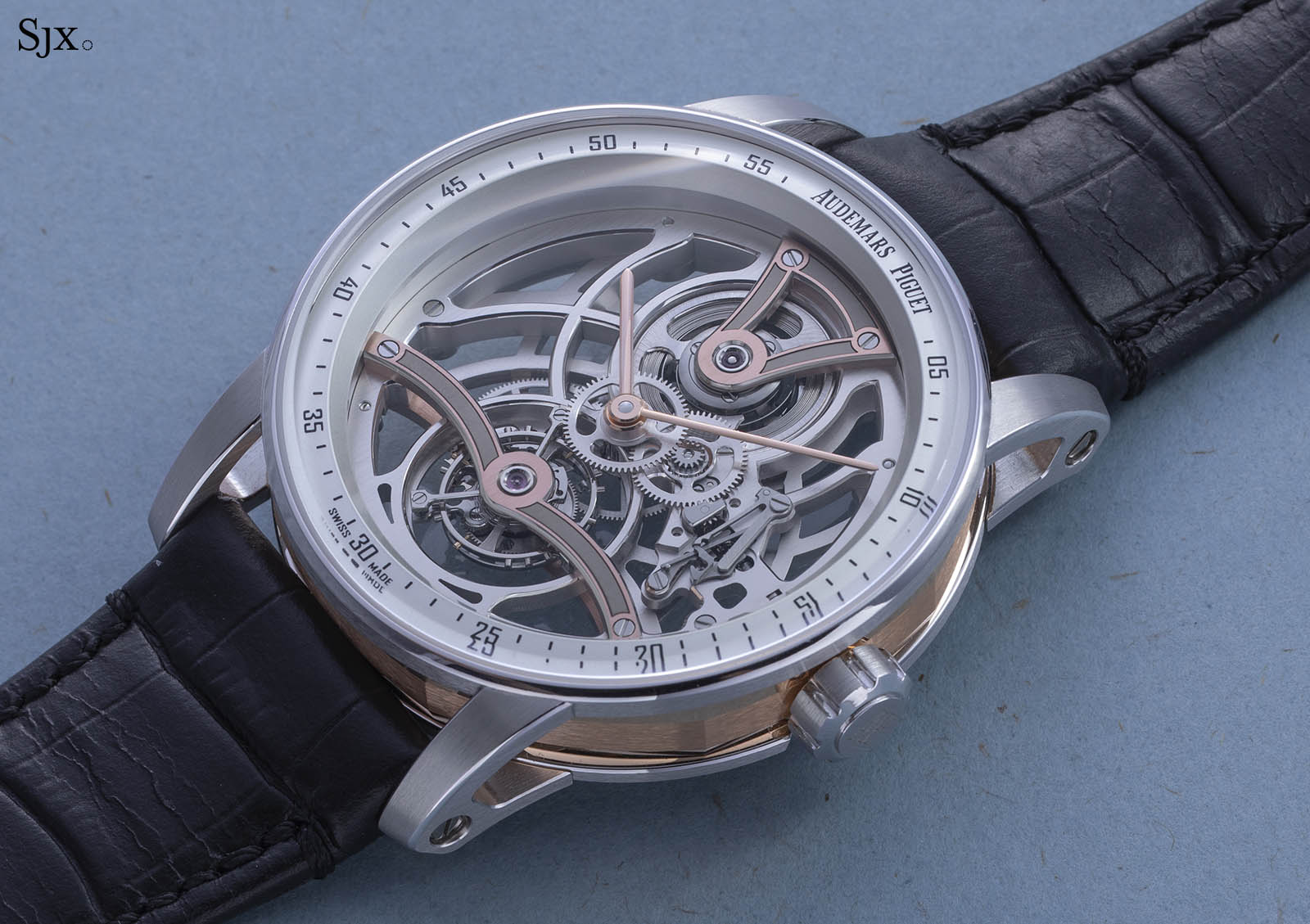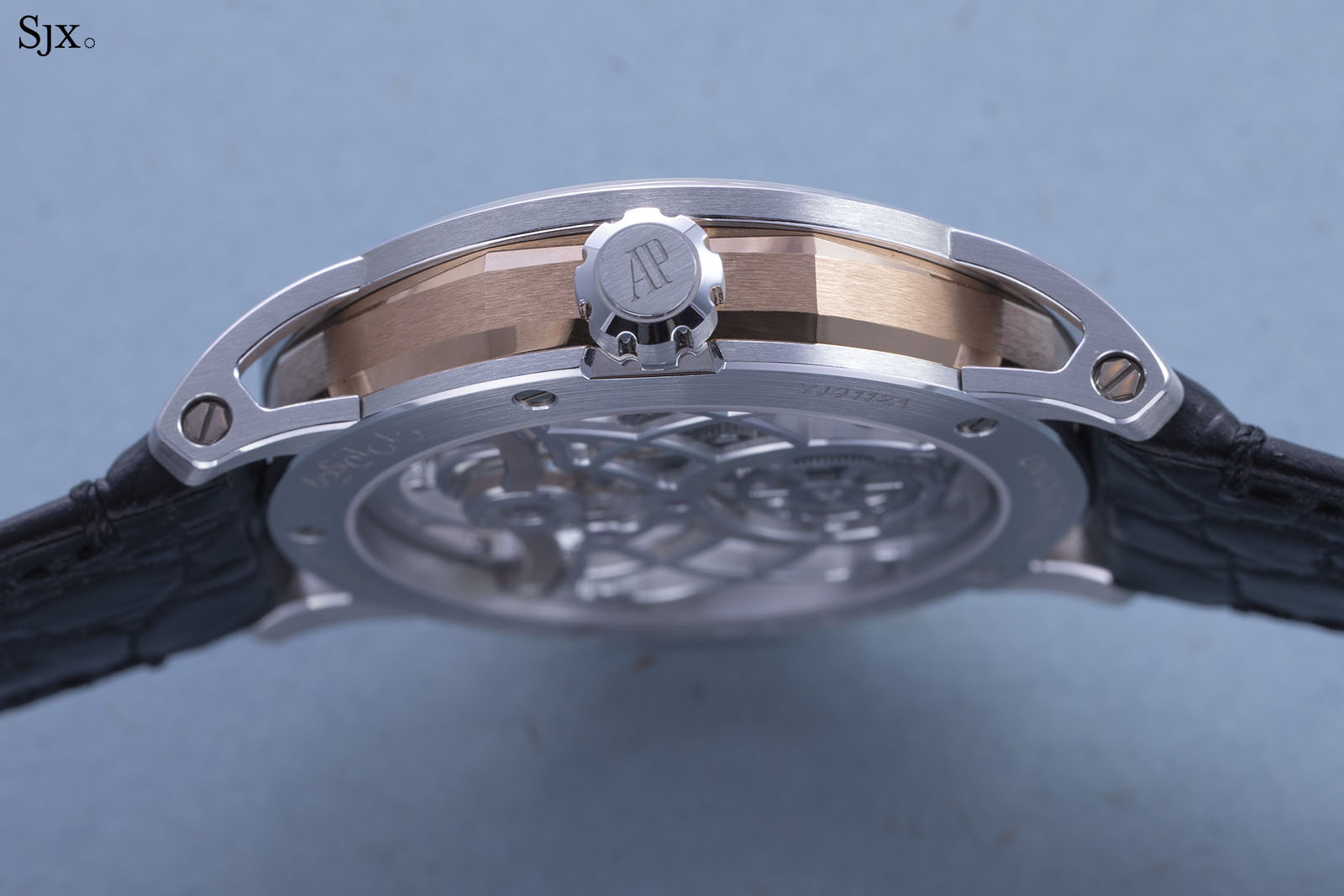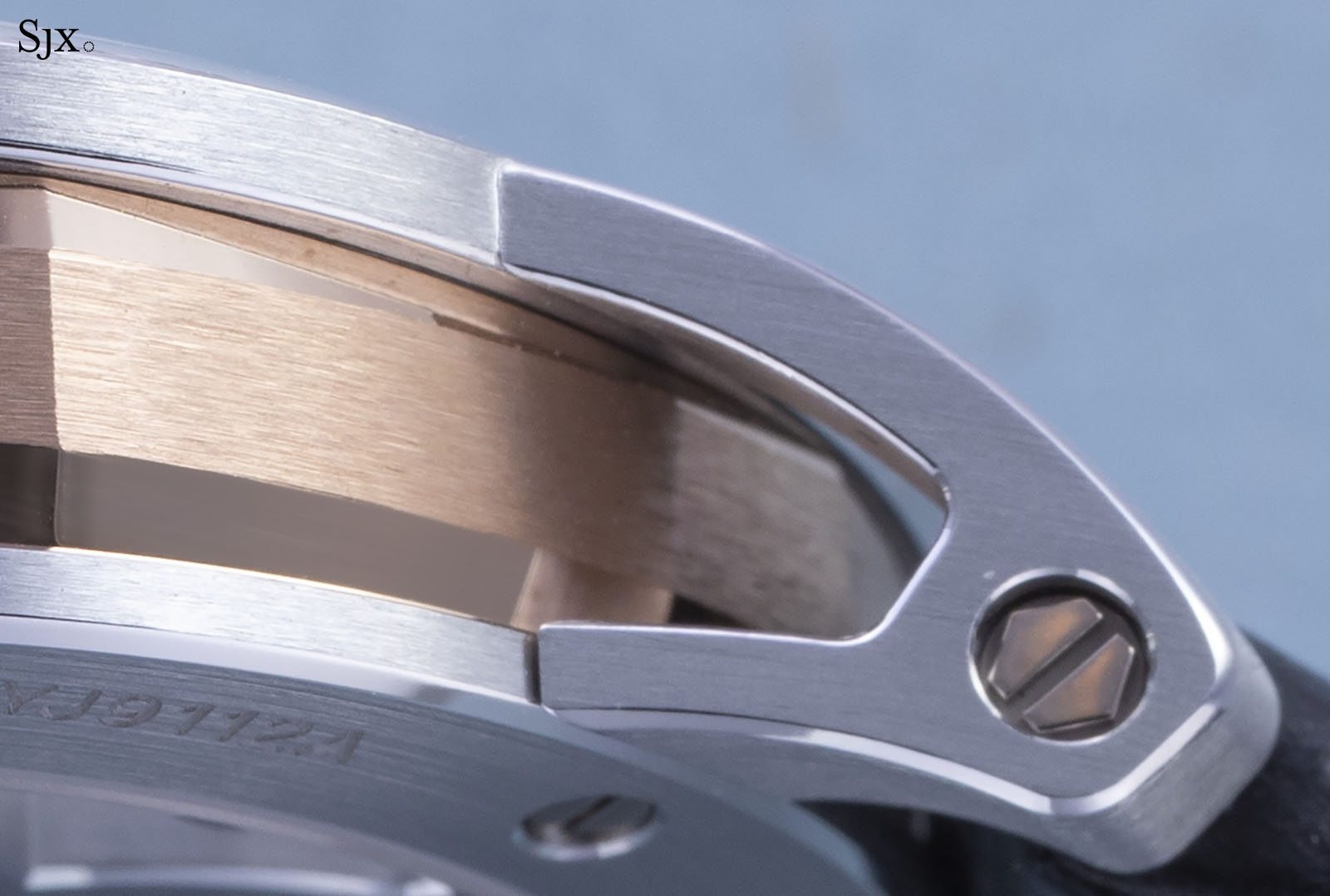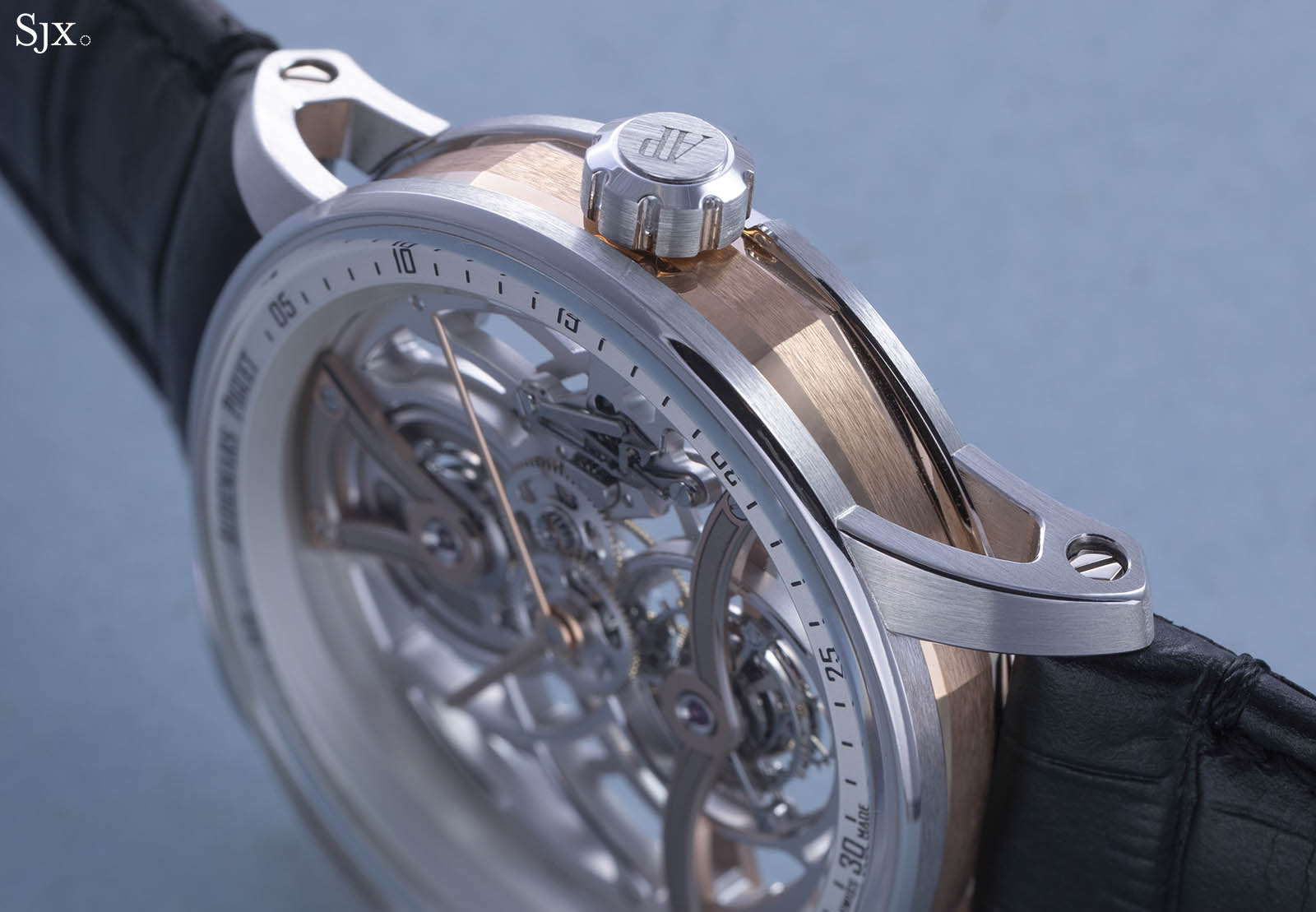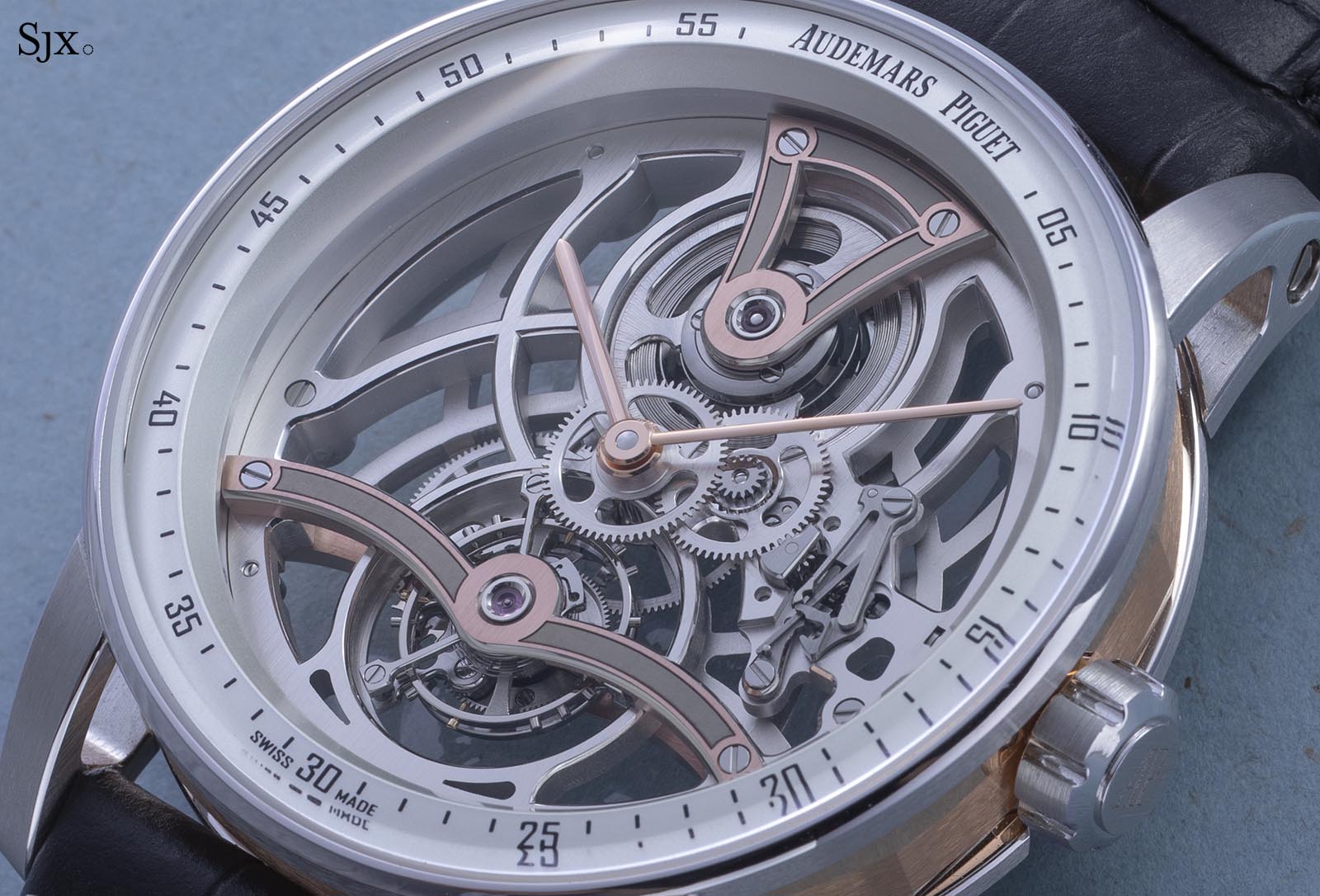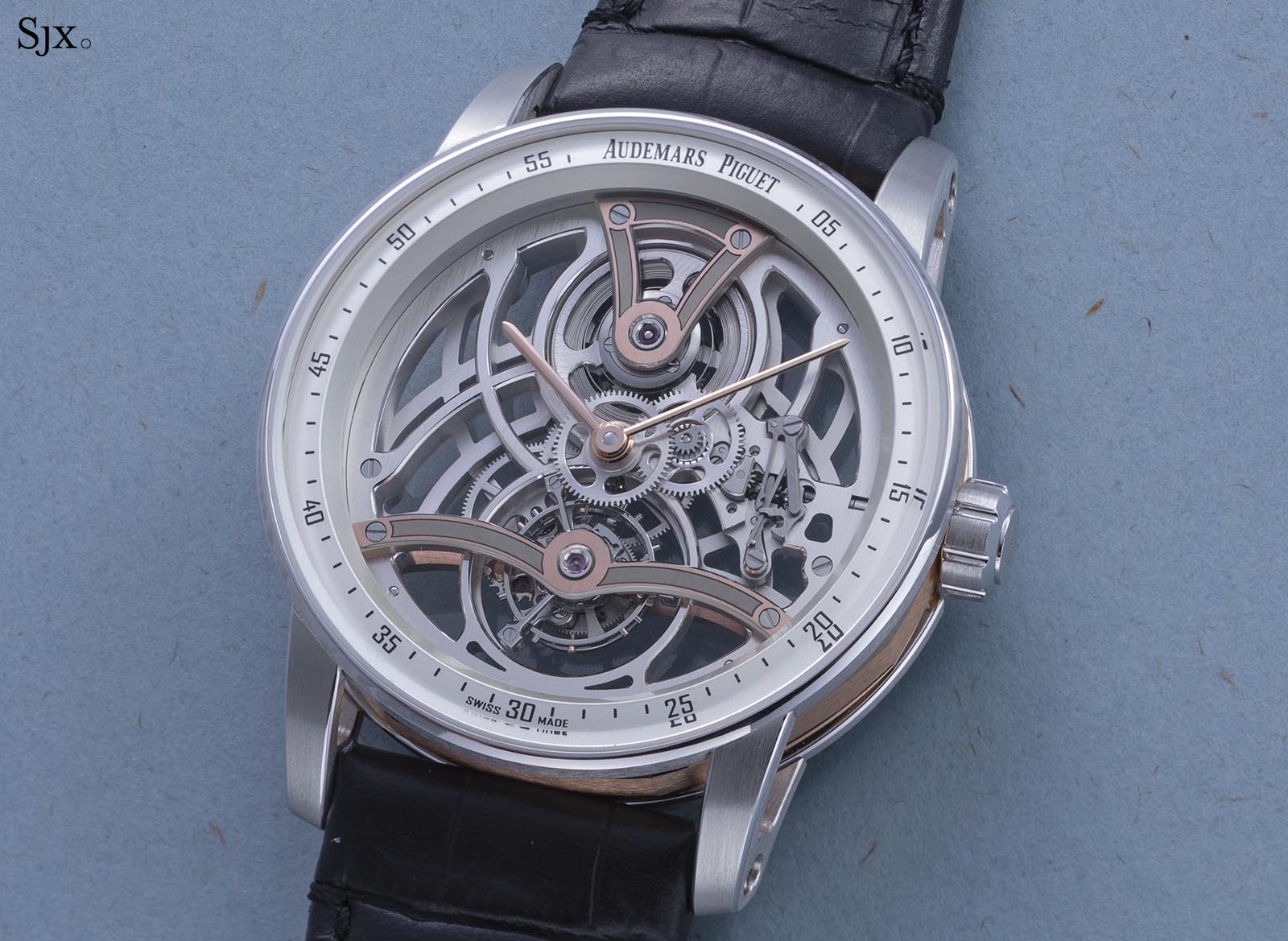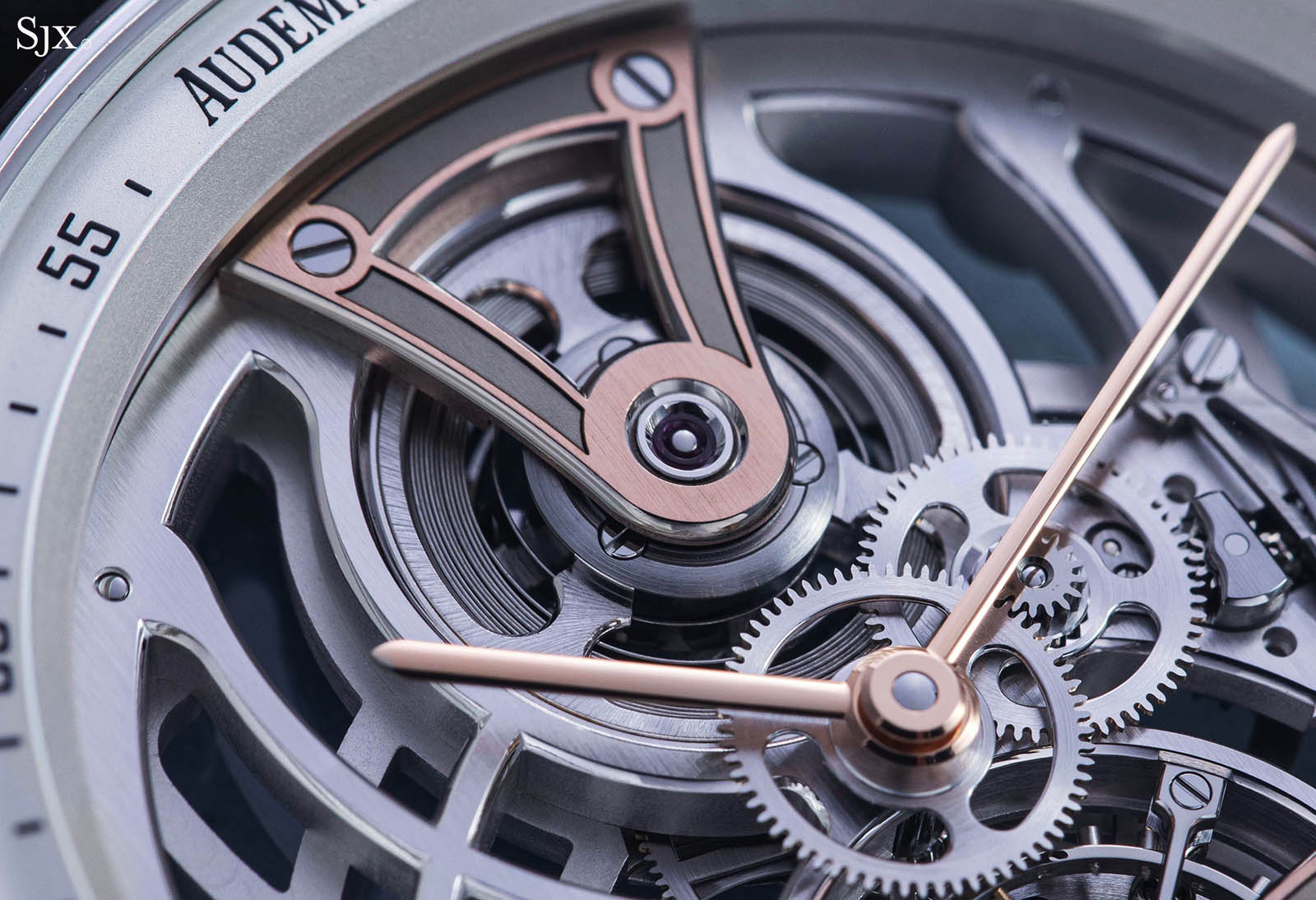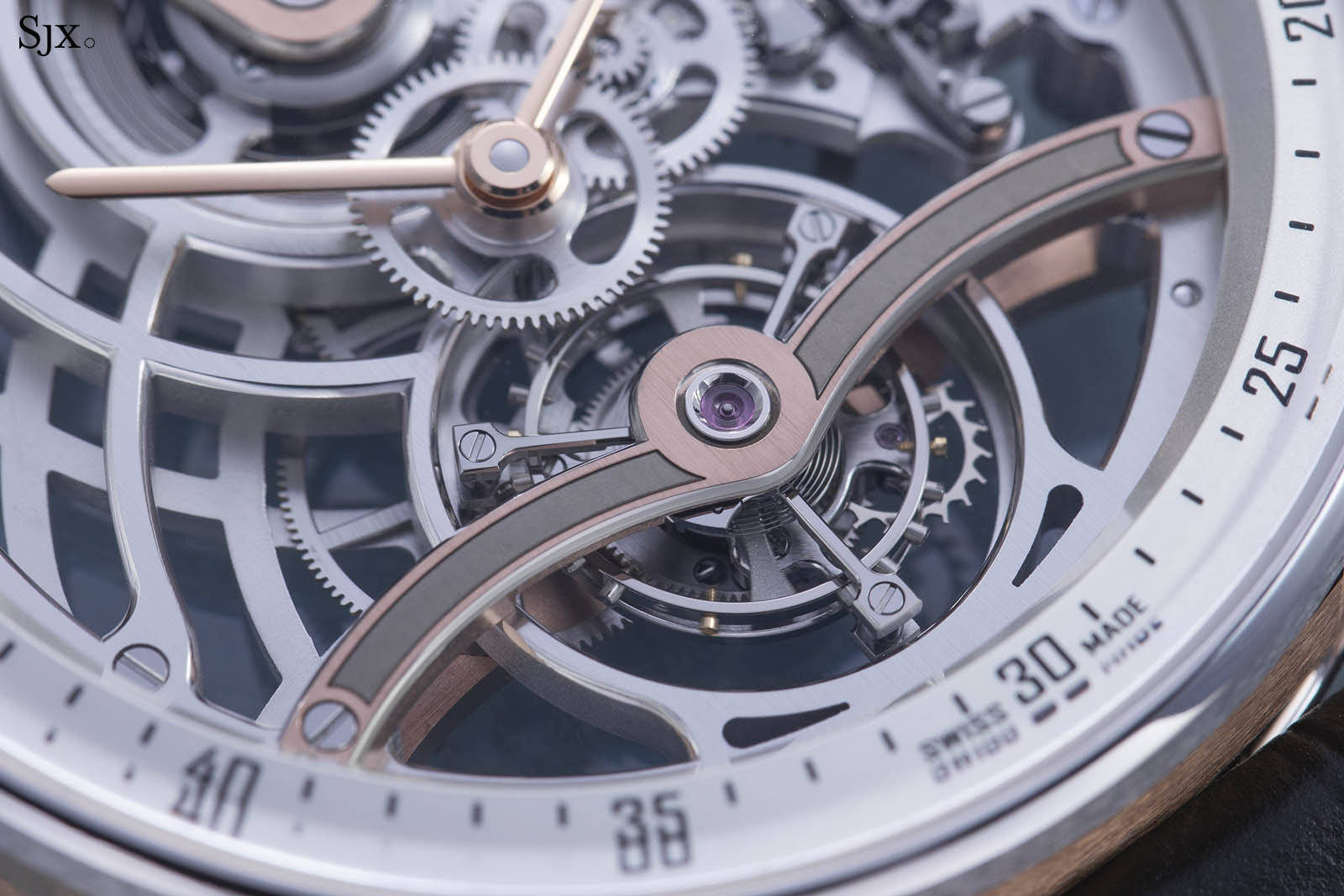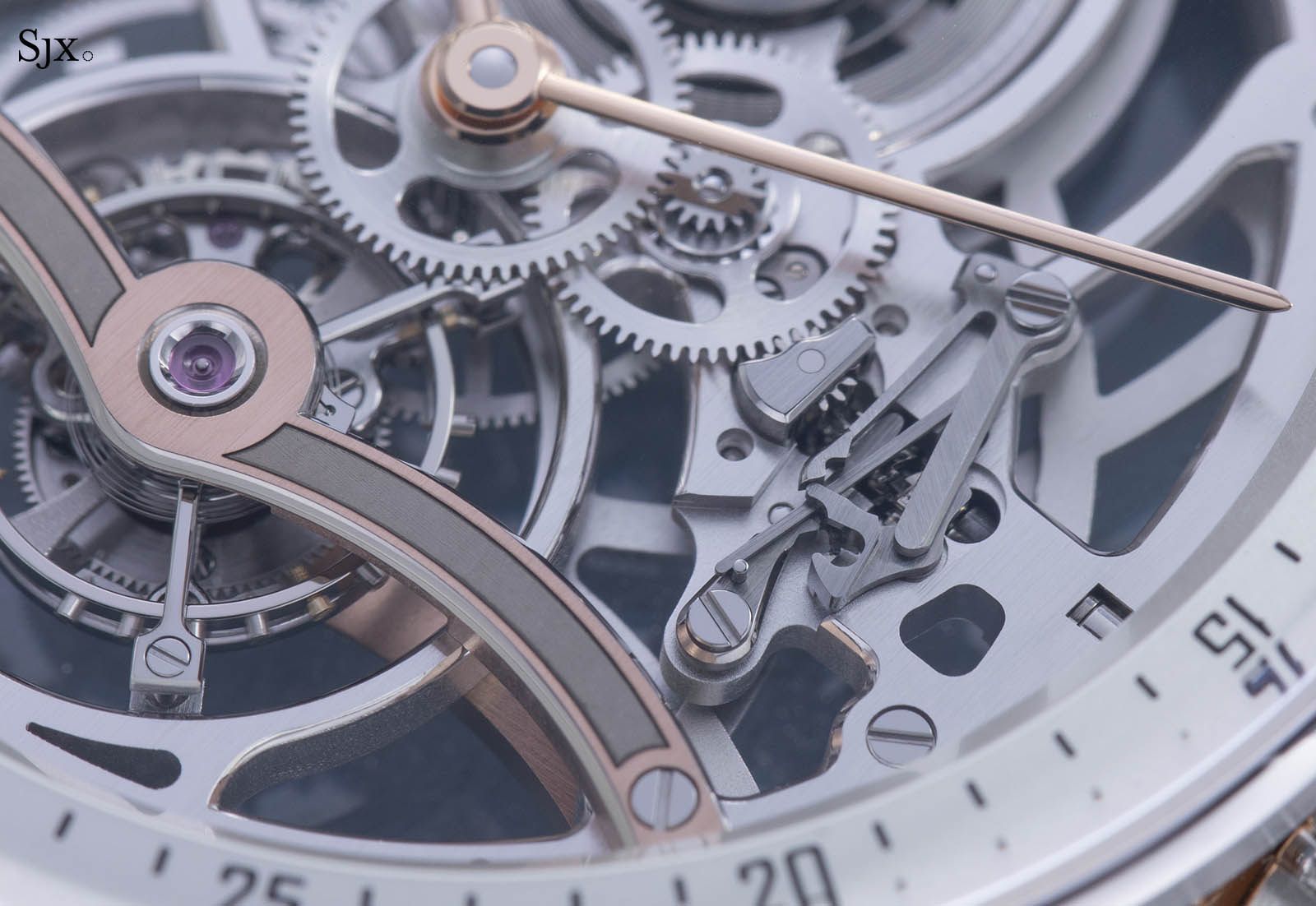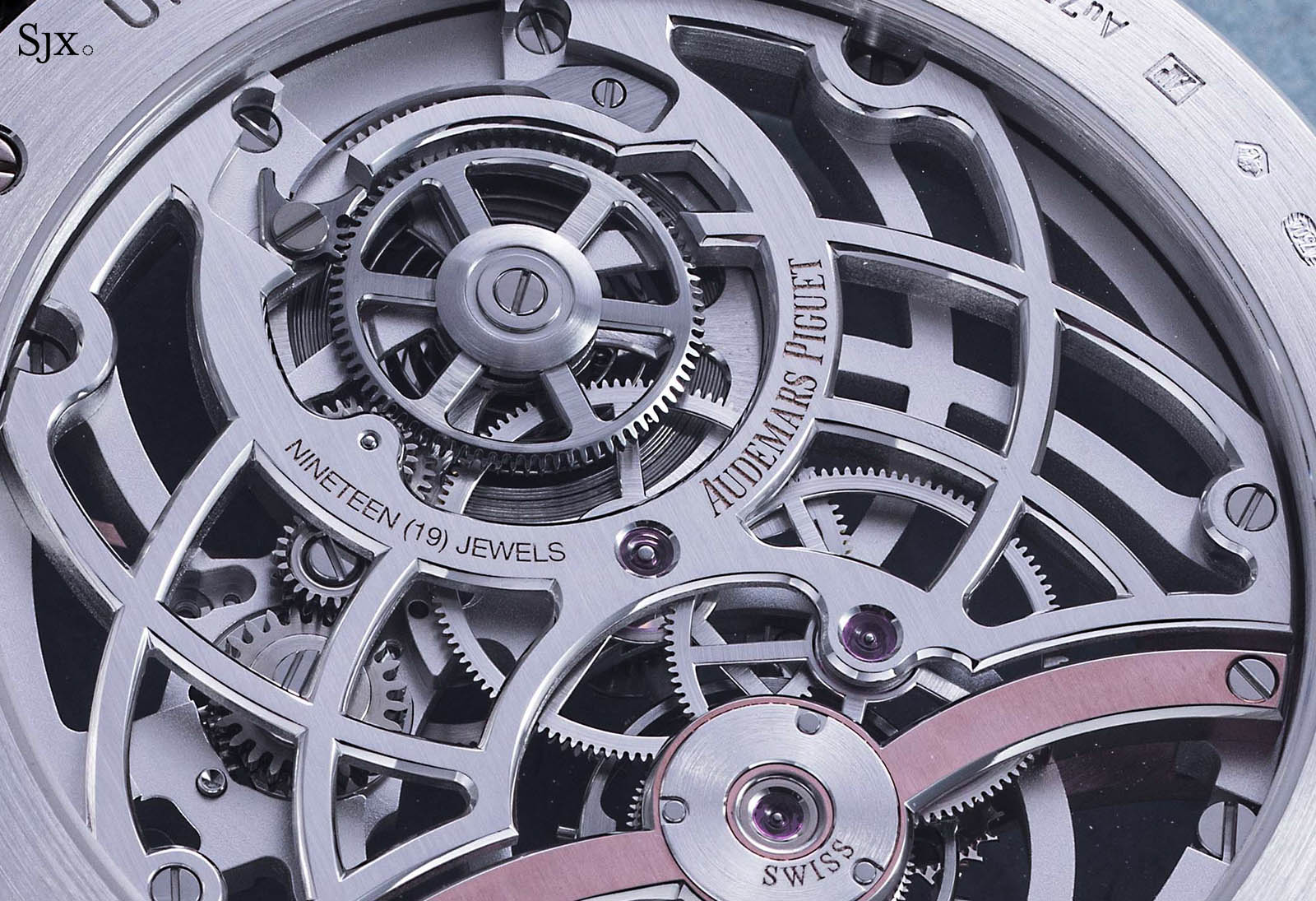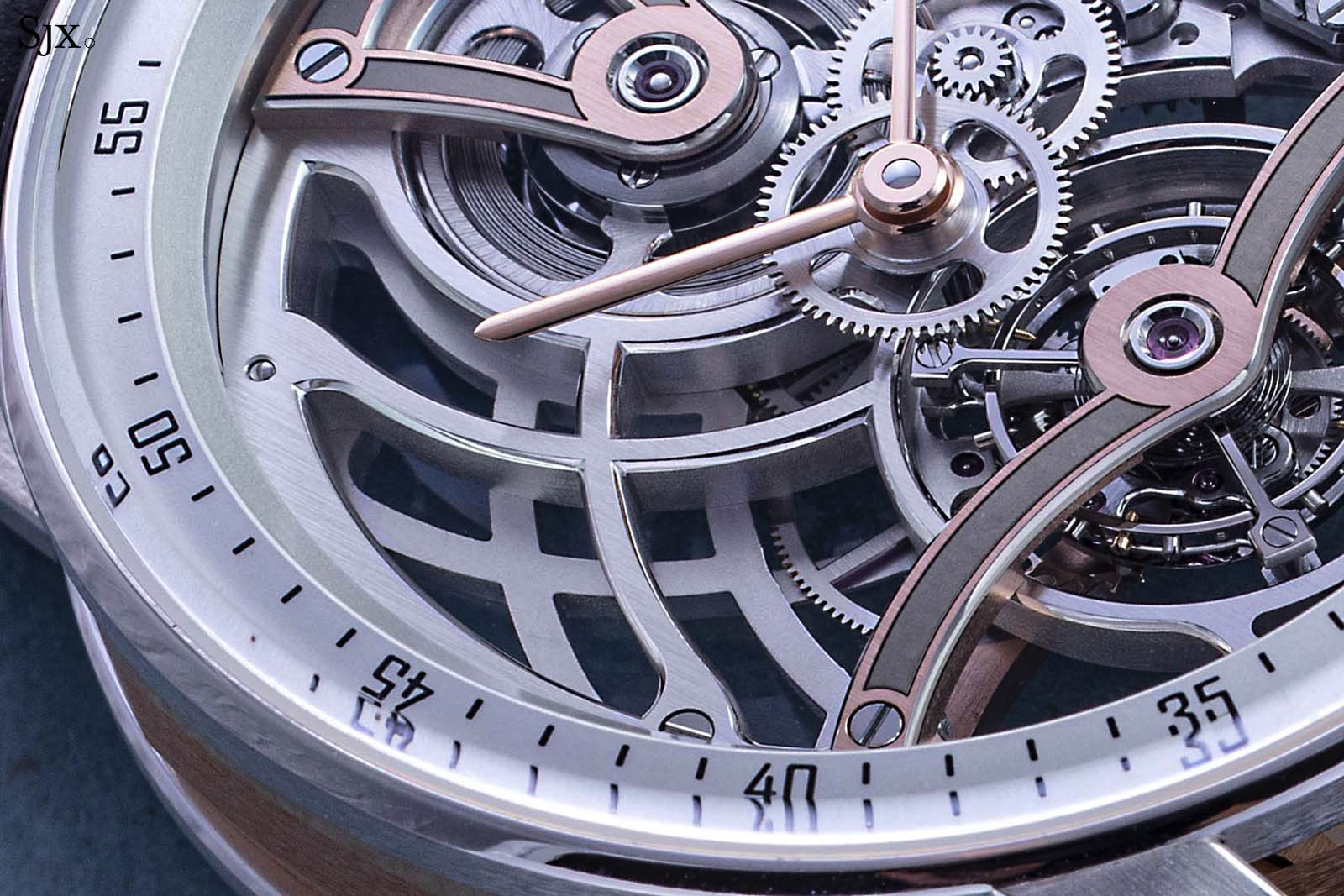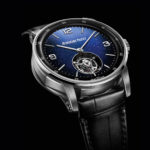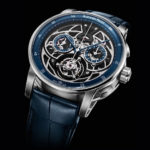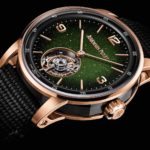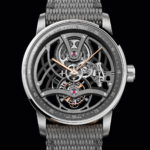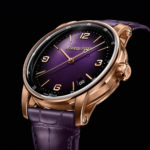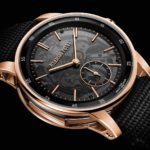Highlights: Phillips ‘Double Signed’ Geneva Auction Part II
From Gobbi to Trucchi - and an amazing 1463.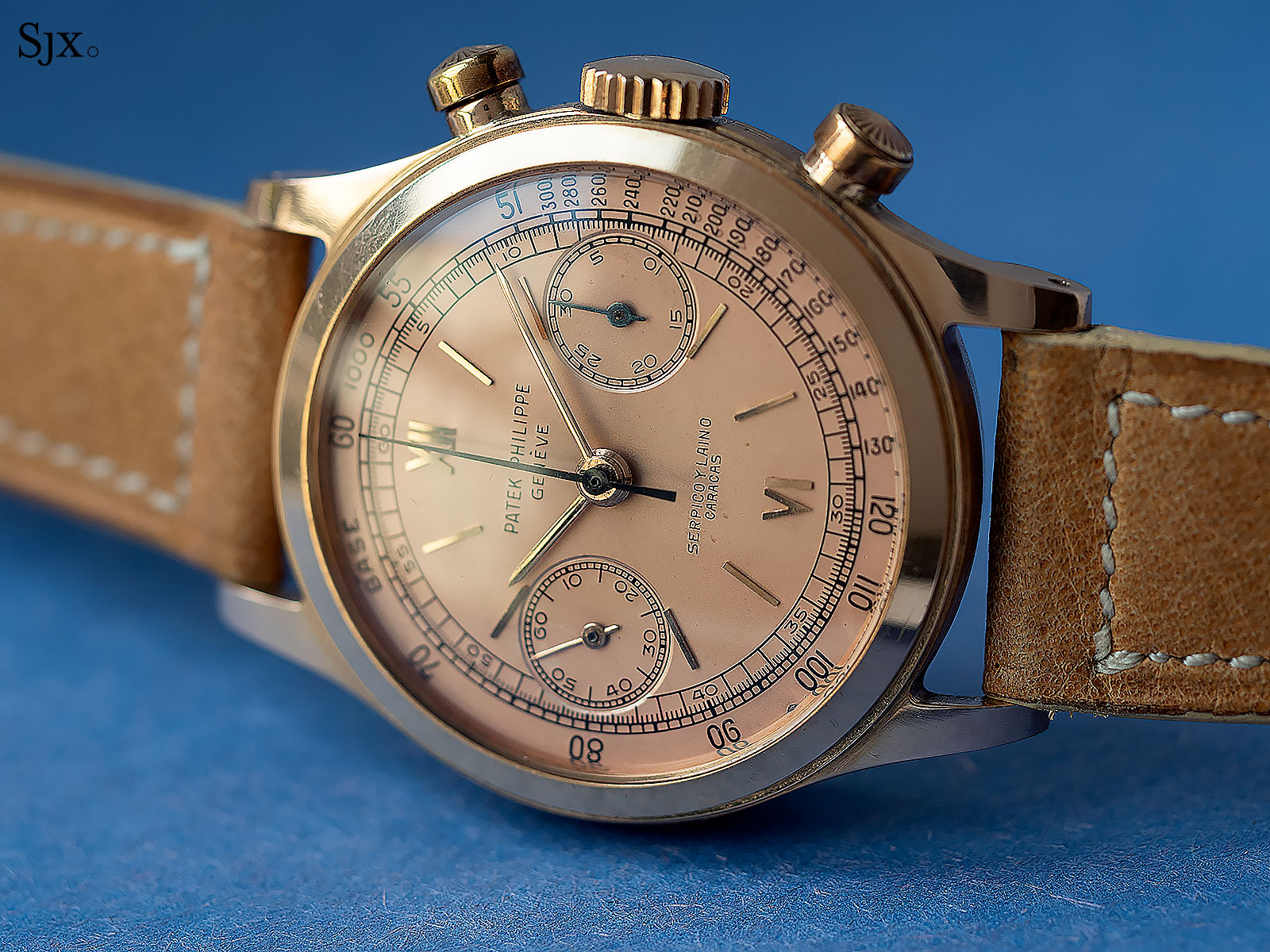
Here’s part II of highlights at Phillips’ Double Signed auction – you’ll find the first part here – including a lovely Audemars Piguet “Gobbi” chronograph with a green gold dial, as well as a gorgeous Patek Philippe Ref. 1463 “pink on pink” that’s more affordable than usual, for a reason.
Lot 35 – Patek Philippe ref. 2499 in pink gold “Trucchi”
The most valuable lot in the sale, with an estimate over 1.2m francs, is the Patek Philippe ref. 2499 third series in pink gold. It’s one of only six pink gold third series watches known; in fact, the total number of ref. 2499s in pink gold across all four series totals just 23. And this is the only one with the “Trucchi” signature on the dial, having been sold by the retailer in Naples that’s still in operation today.
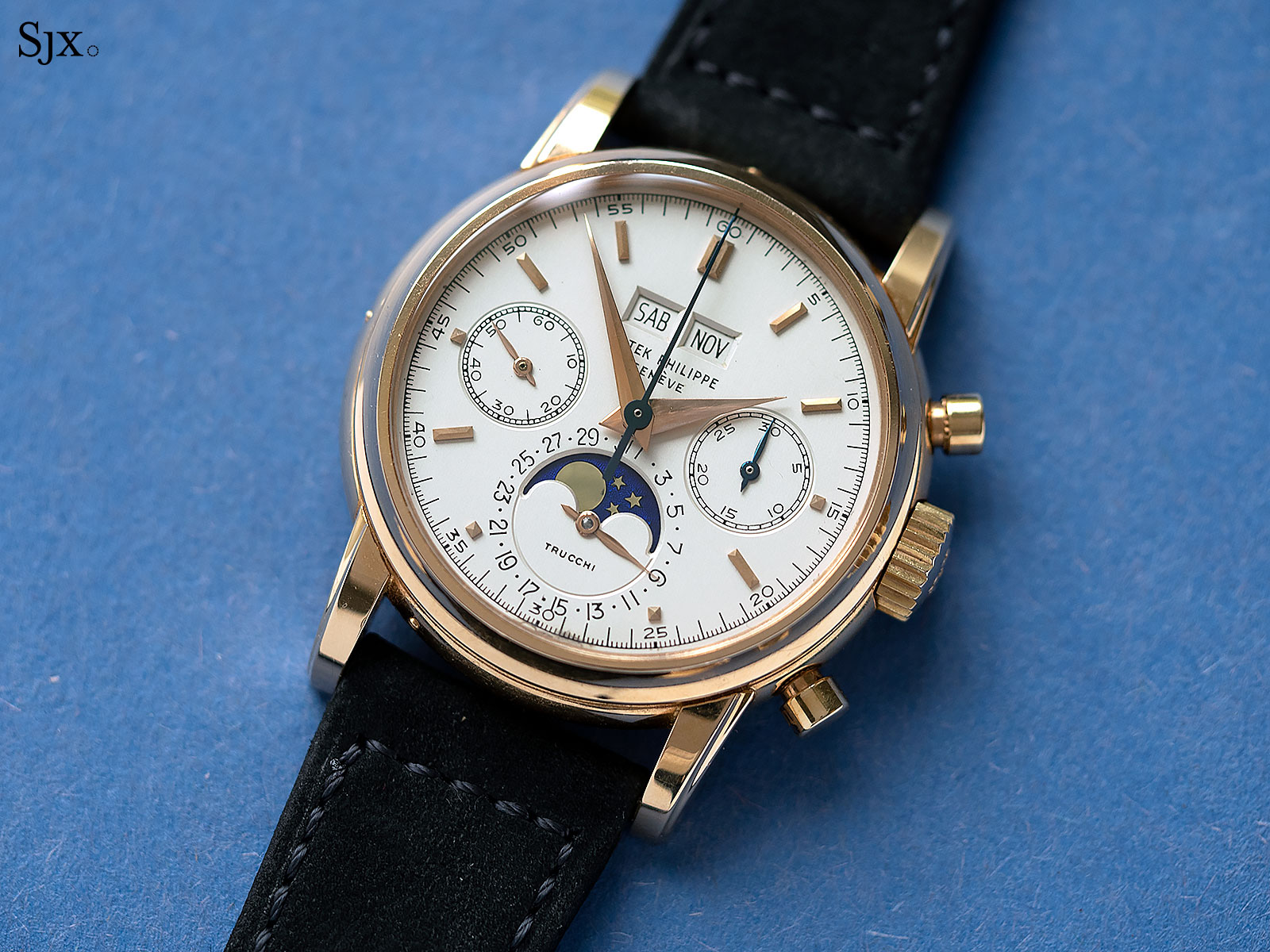
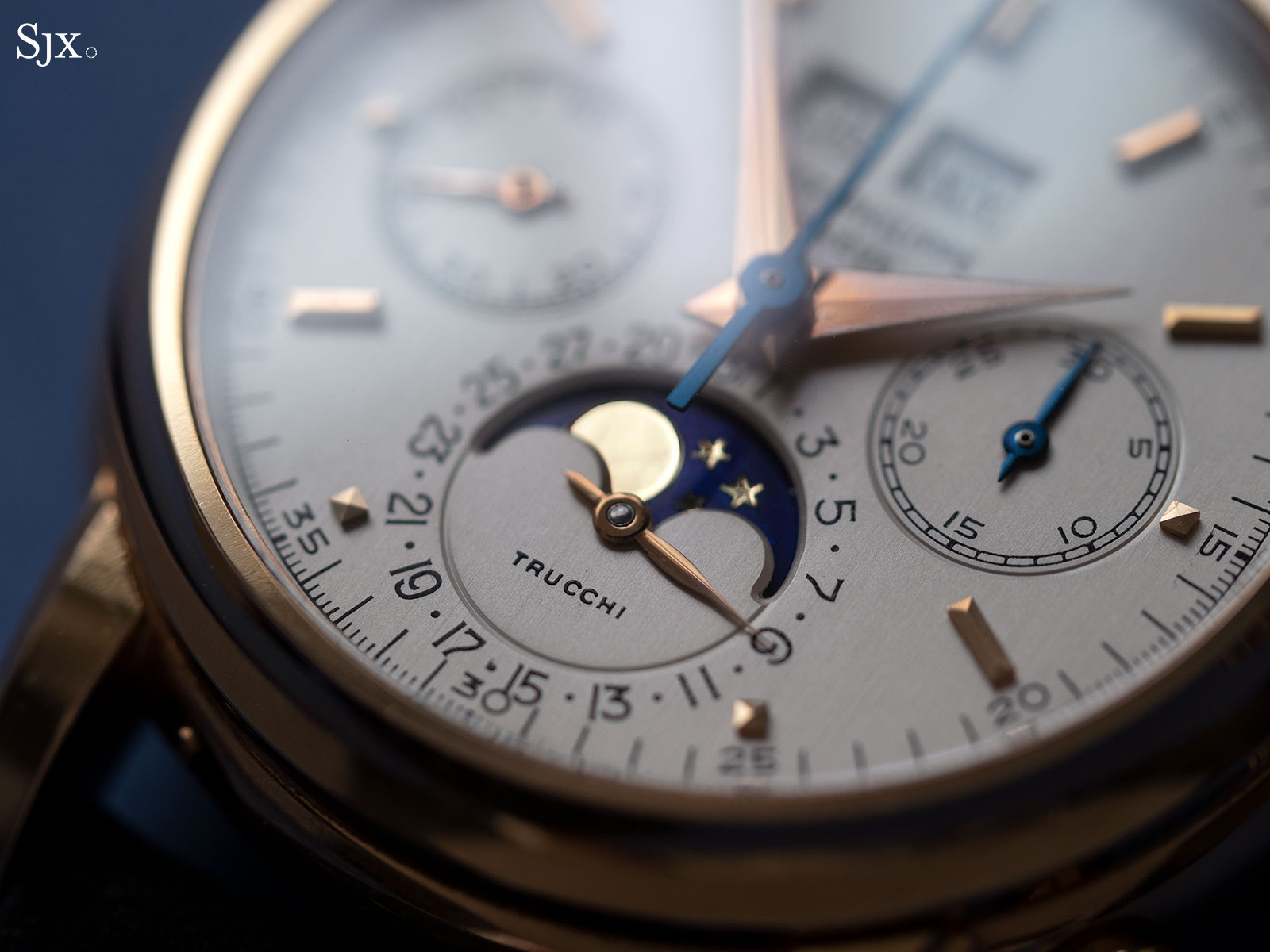
According to Phillips, it was sold by Trucchi to an Italian-American doctor in 1972, who then sold it to the consignor who sold the watch at auction in 1999 at Antiquorum in Geneva. It sold for almost 700,000 francs then, making it one of the most expensive watches in the world at the time.
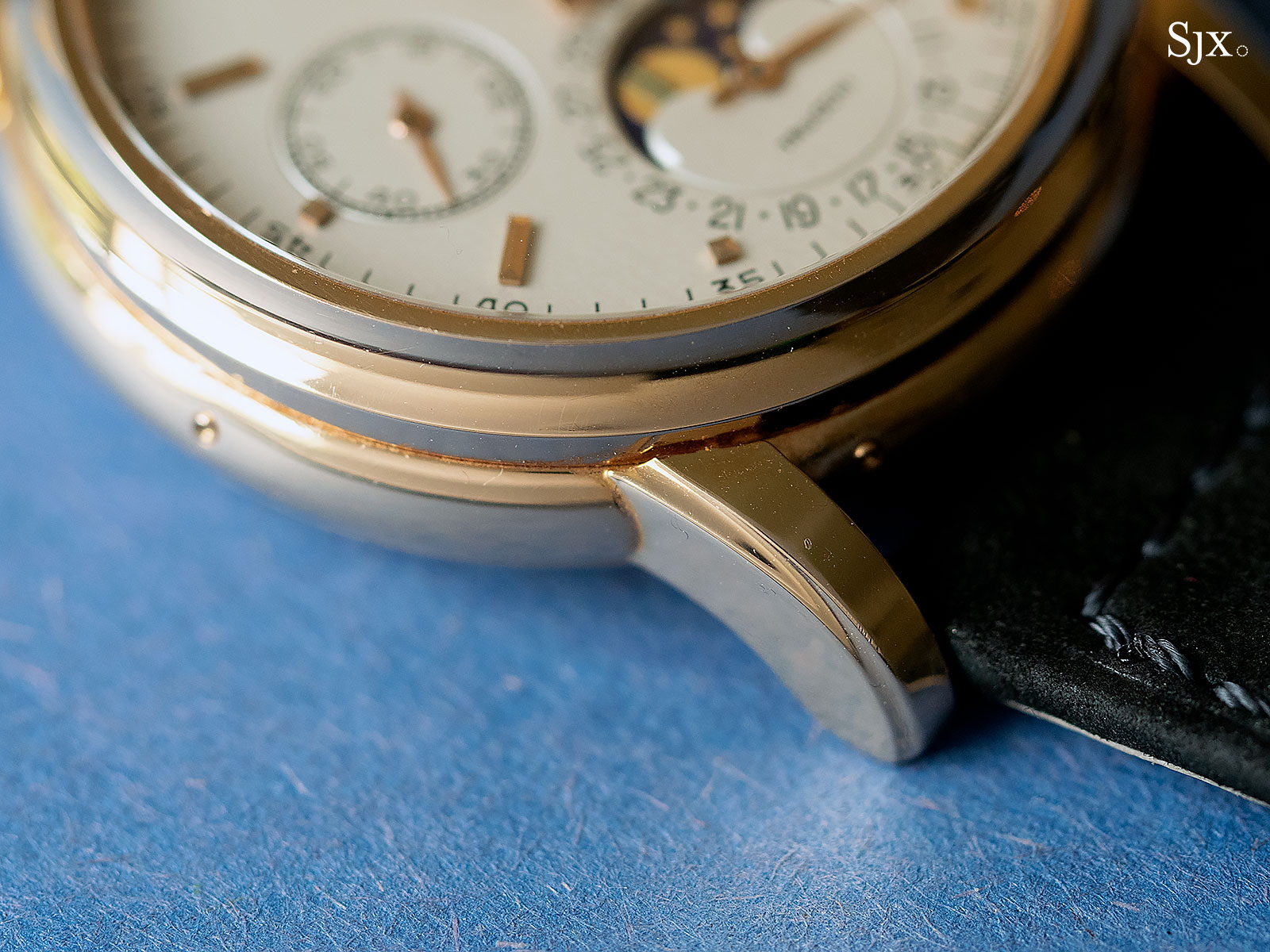
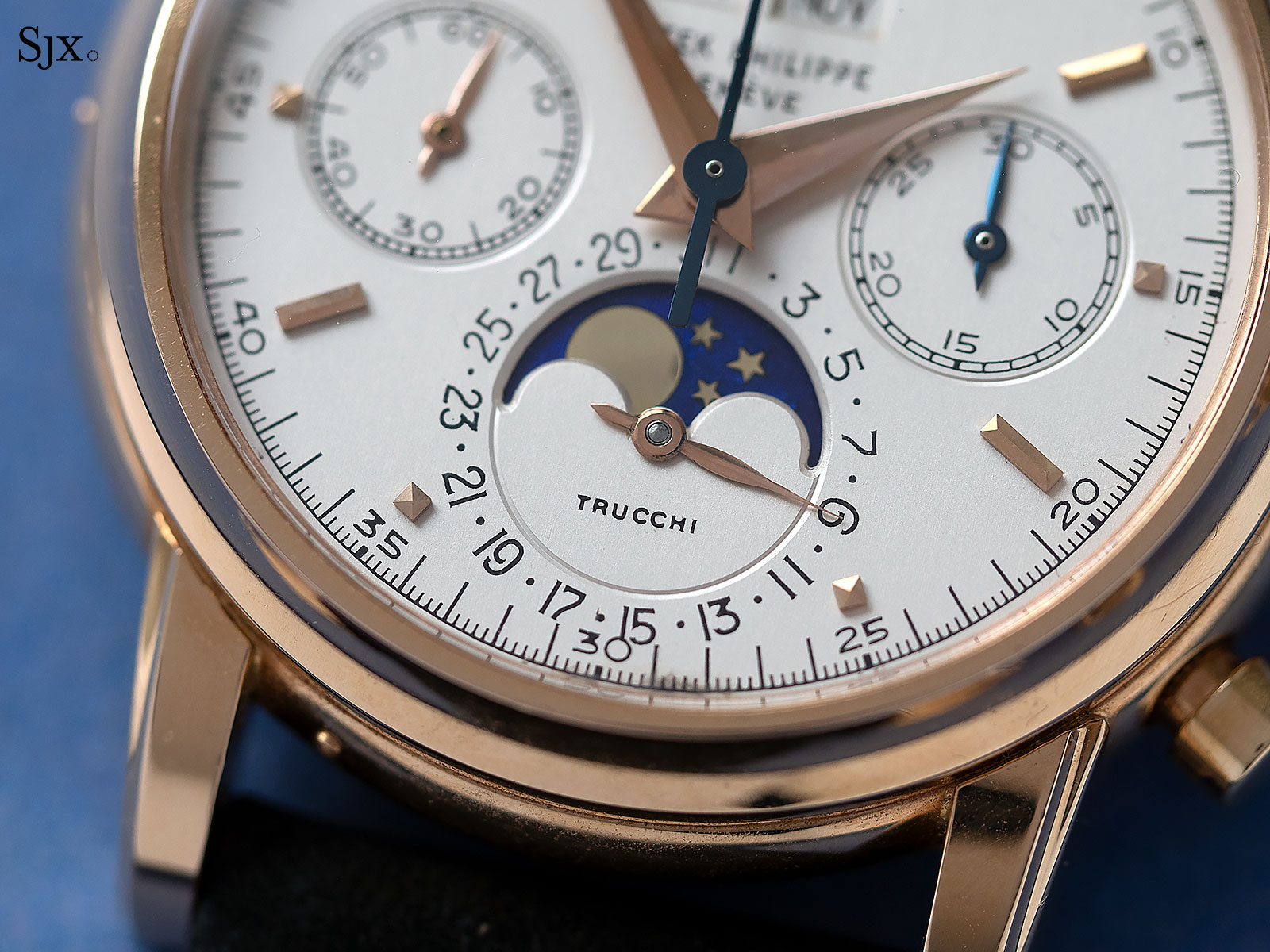
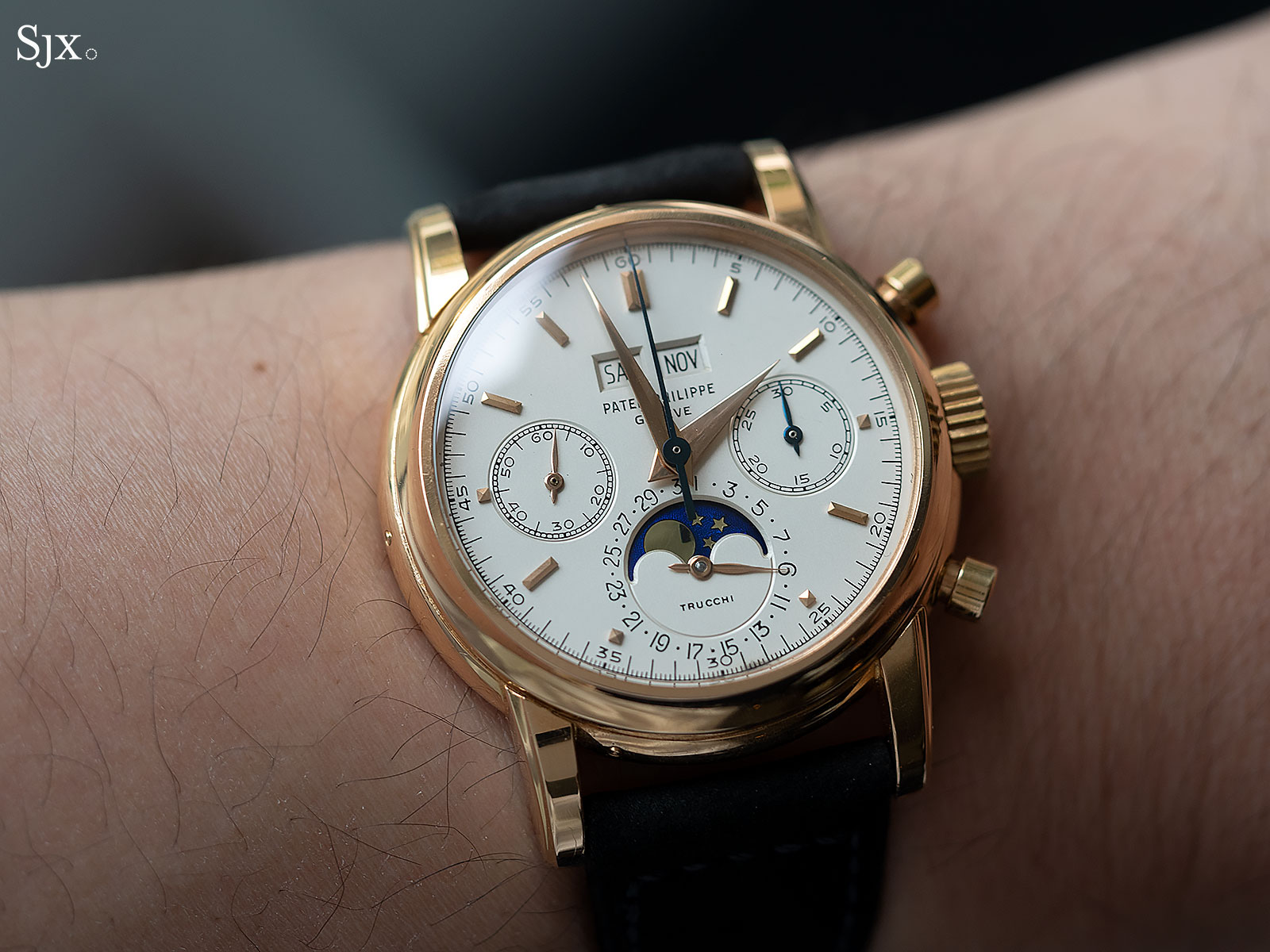
The watch is in exemplary condition, albeit with one quirk: the crystal is sapphire instead of PlexiGlas as is standard for the third series. Found only on fourth series ref. 2499s, the sapphire crystal and accompanying bezel was presumable installed by Patek Philippe in the 1980s according to Phillips, since the watch already had a sapphire crystal when it was sold in 1999.
Lot 50 – Patek Philippe ref. 565 “Le Palais Royal, Habana”
Though not amongst the most valuable watches in the sale, the Patek Philippe ref. 565 in pink gold is striking both for its appearance – “pink on pink” – and the uncommon retailer signature.
The ref. 565 is set apart from most Calatravas due to its unique case construction that has no bezel, instead the crystal sits on the case middle, which rises upwards and ends in a step before the crystal. It gives the watch a slightly sleeker and more modern look than other Calatravas from the period, although the ref. 565 is the usual, smallish 35mm that was standard for the time.
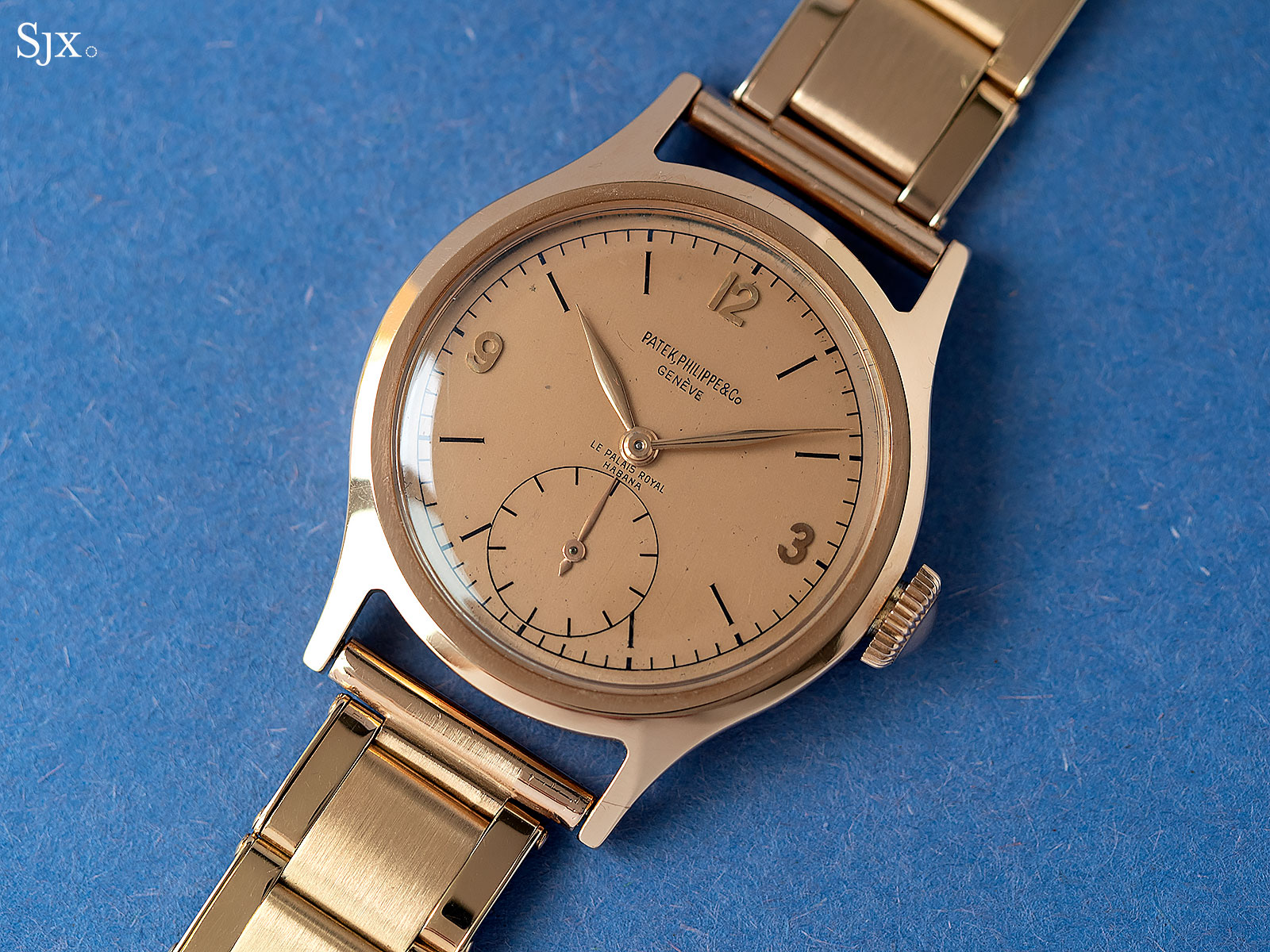
Le Palais Royal was once the leading jeweller in Havana, and it conjures up images of pre-revolutionary Cuba, reminiscent of Michael Corleone’s visit to the island in The Godfather Part II. Though the name has been apparently revived in recent years, the original jeweller closed in 1958.
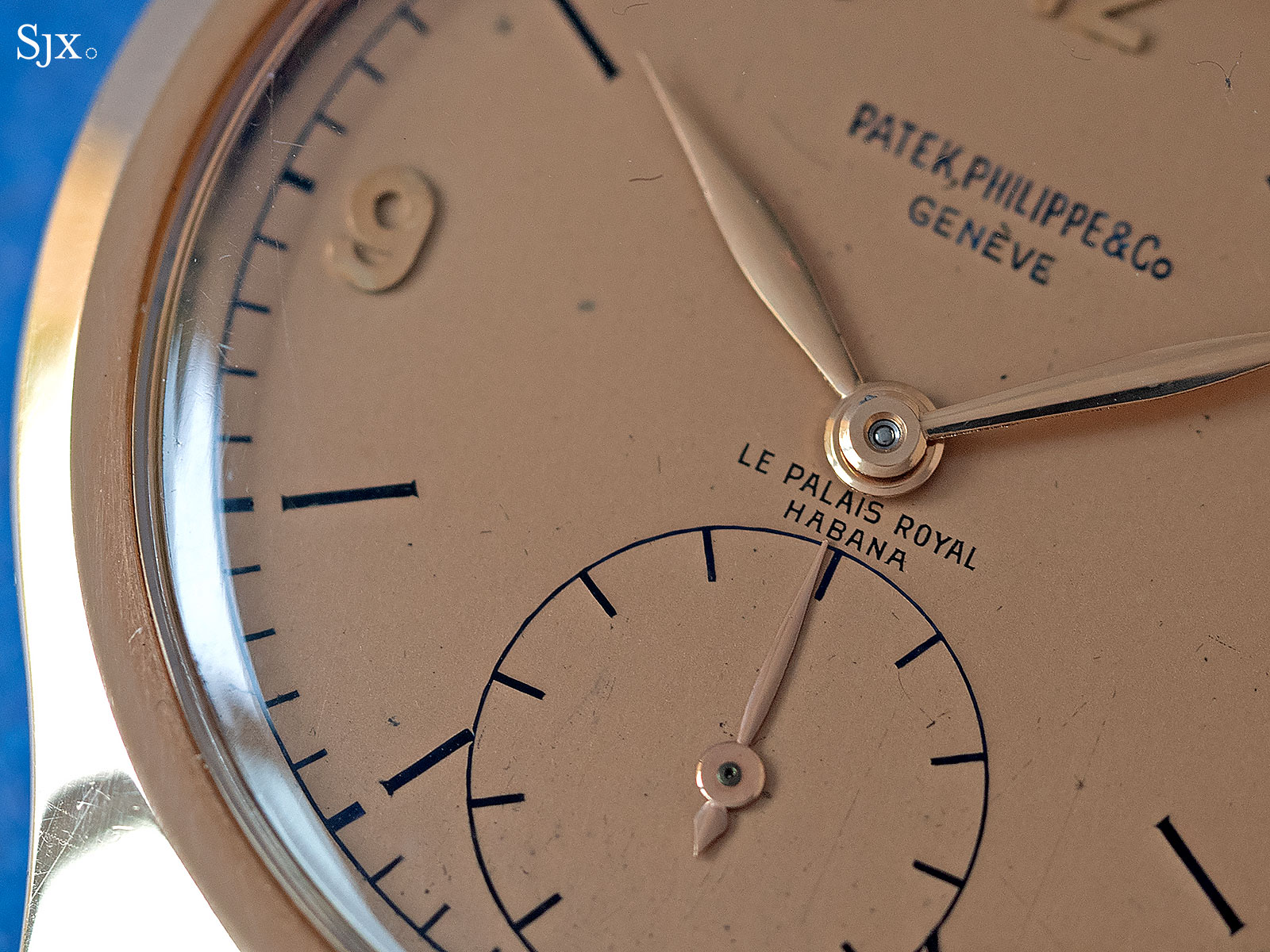
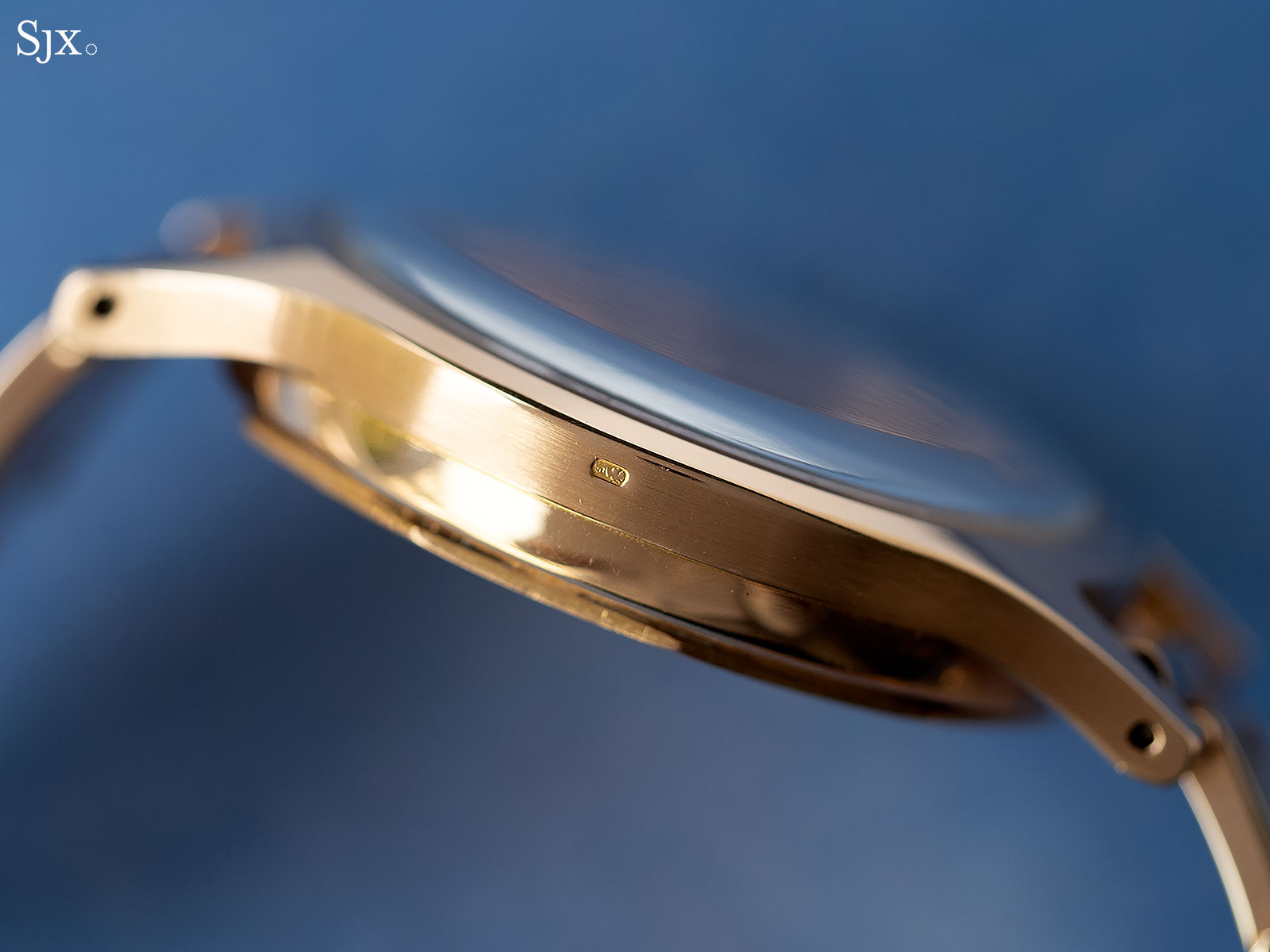
The watch is also accompanied by a vintage pink gold Gay Freres bracelet, although it is probably not original to the watch.
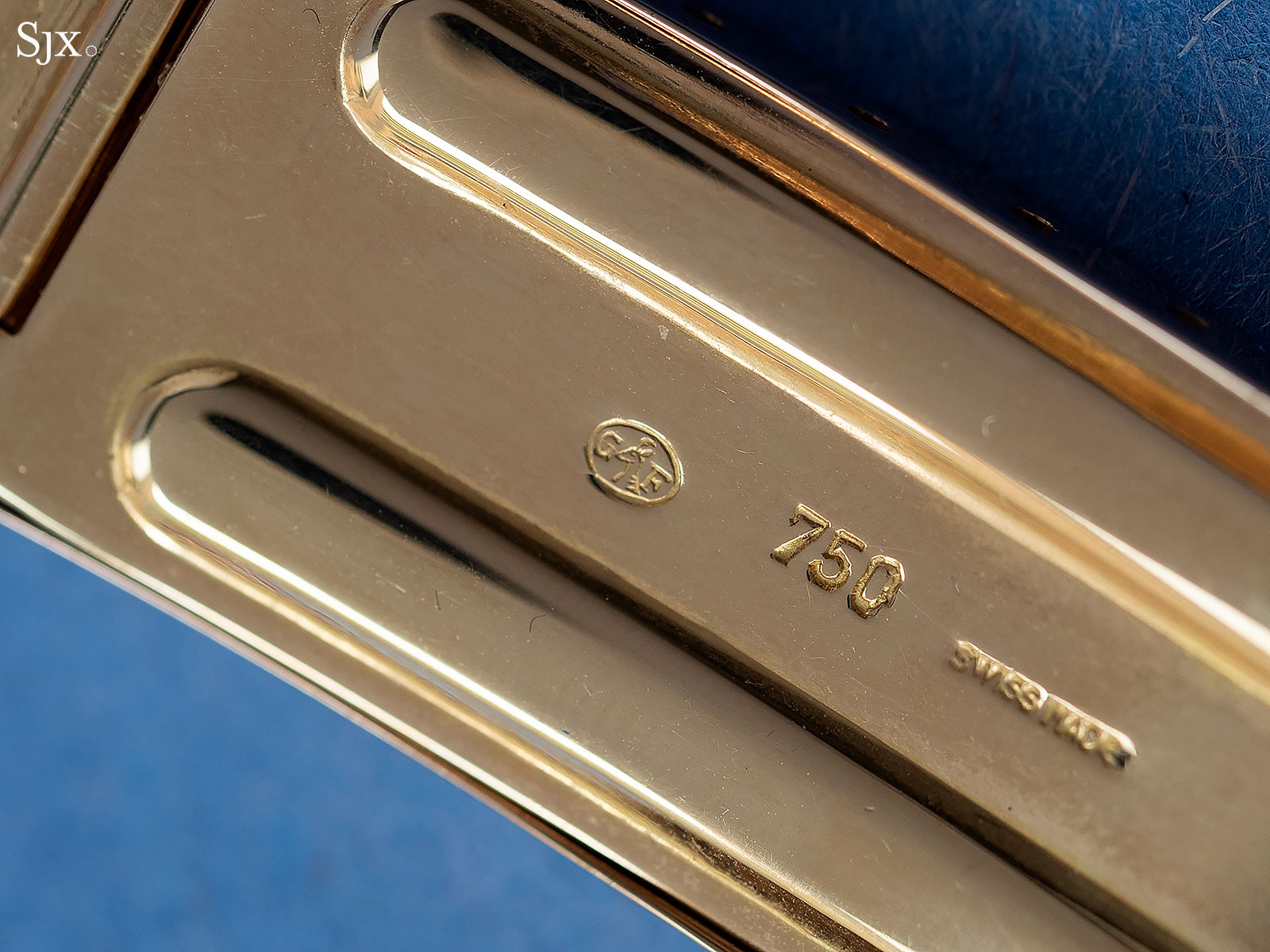
This has an estimate of 40,000-80,000 francs.
Lot 55 – Audemars Piguet chronograph in pink gold with green gold dial “Gobbi”
Vintage Audemars Piguet chronograph wristwatches are exceedingly rare – in the three decades from 1930, only about 300 were produced. Chronograph wristwatches did not return to the AP catalogue until the late 1980s.
This is one of these rare vintage chronographs, but usual in several ways. The case is pink gold, with the dial being green gold, and the hands, blued steel. And the dial is signed by Milan retailer Gobbi.
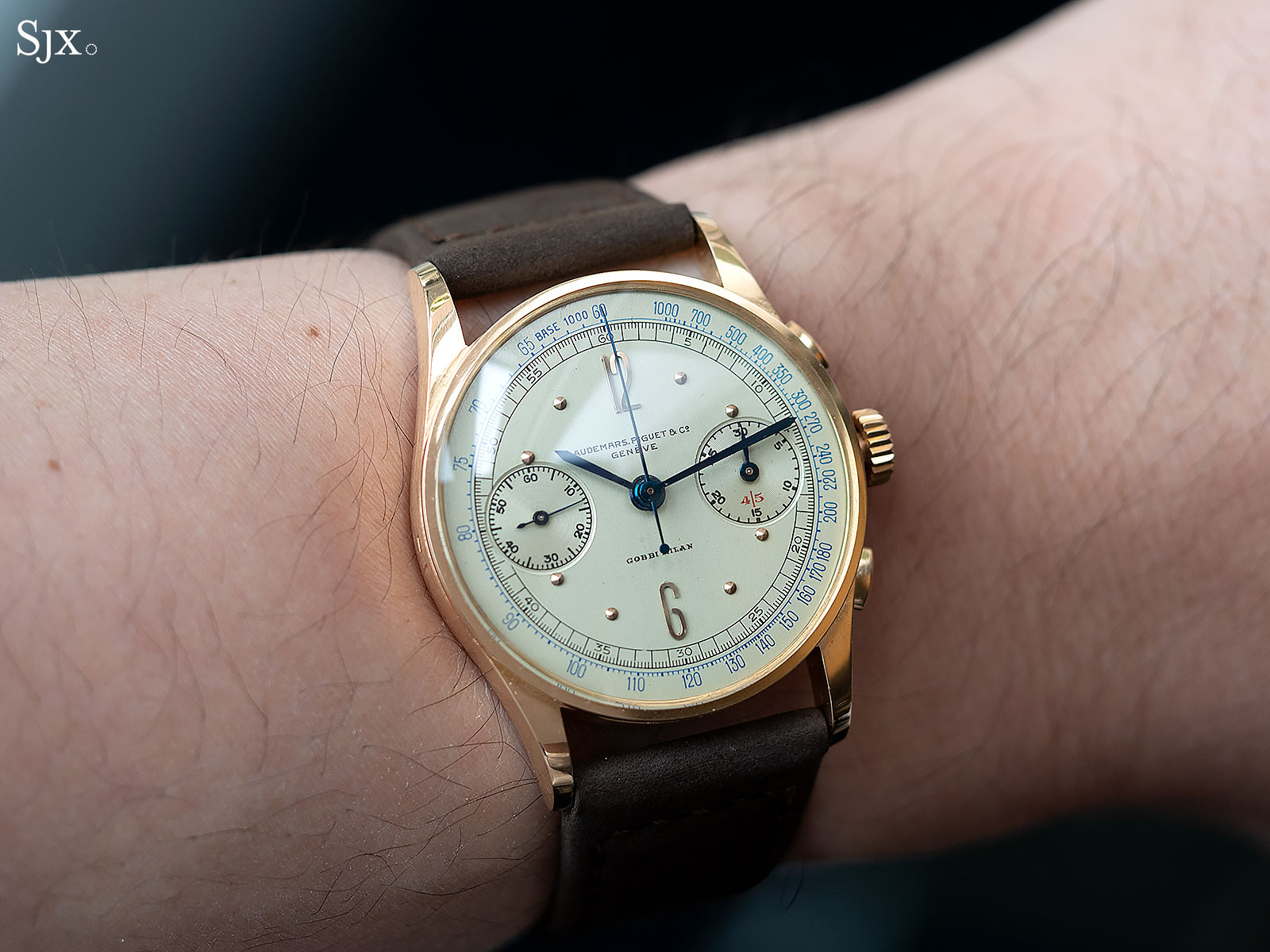
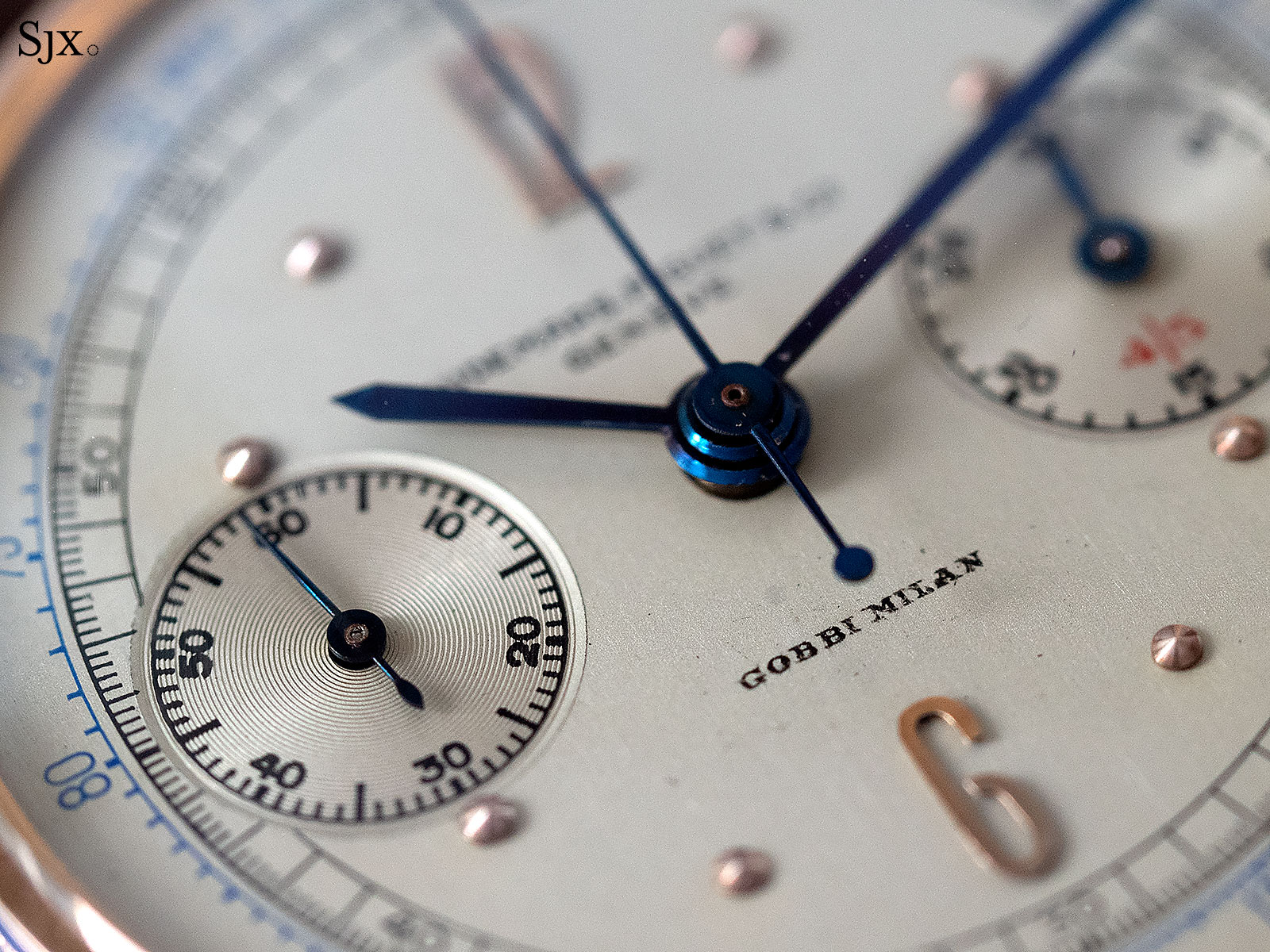
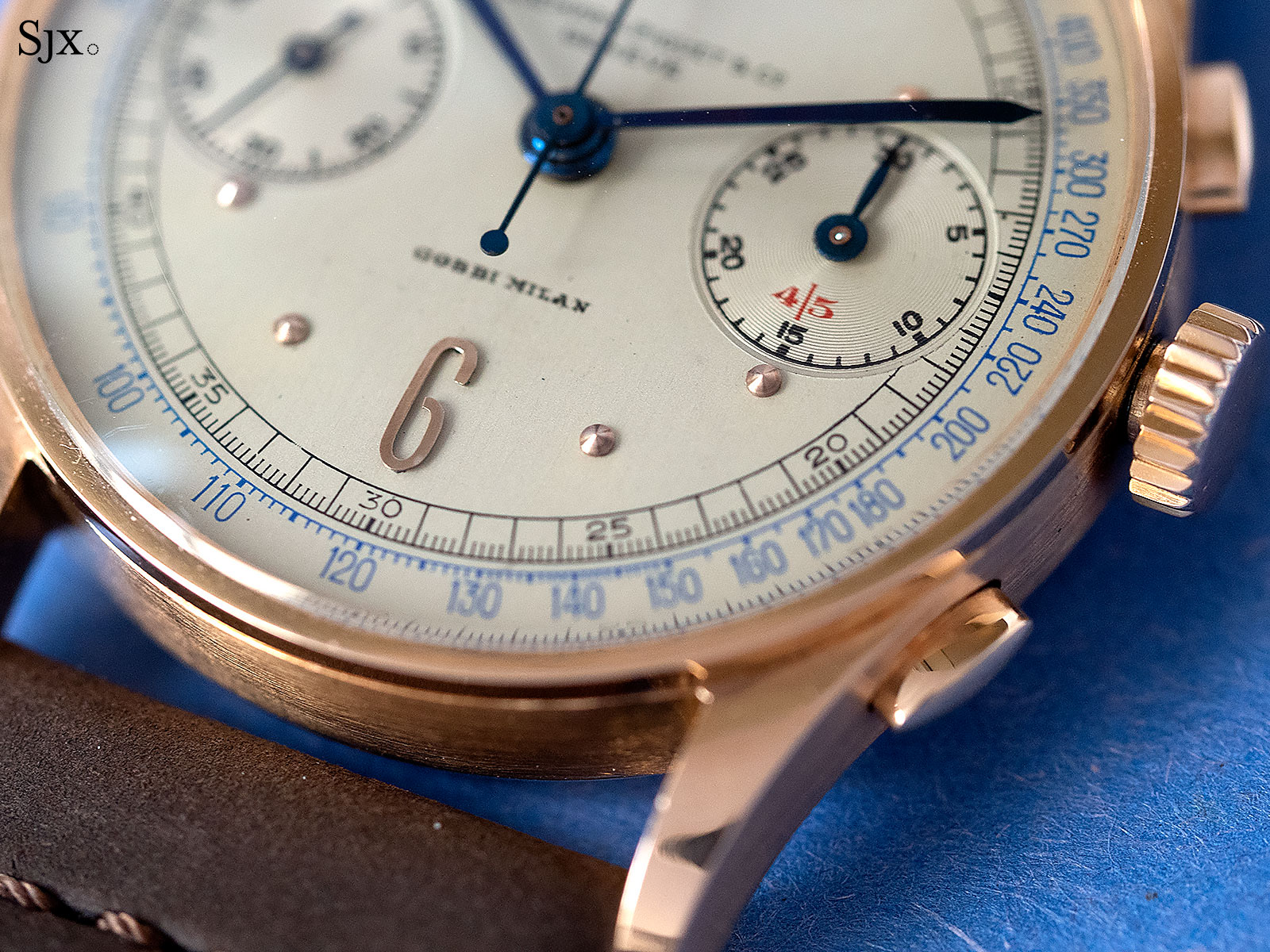
According to Phillips, perhaps 19 of these watches exist – the style of watch corresponding to photo 513 in the AP archives – but only two were delivered to Gobbi.
The watch also has a detail frequently found in vintage AP chronographs – a 30-minute chronograph register with a red “45”. It came about because Jacques-Louis Audemars was a football (or soccer) fan, and wanted his chronographs to be able to indicate halftime.
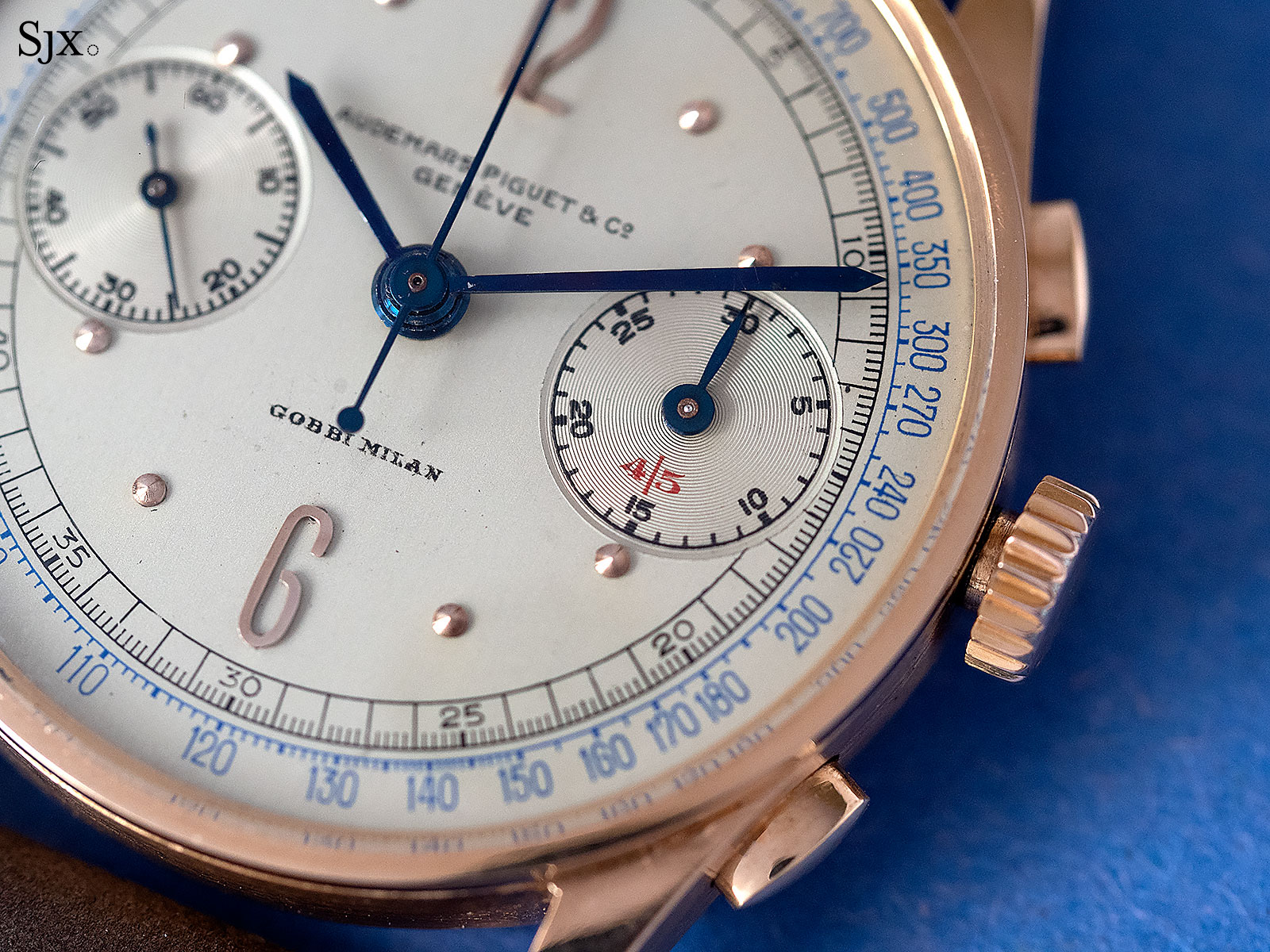
The watch is in wonderful condition, with a sharply defined case and clean, original dial. The only downside is its size, which is a compact 33mm.
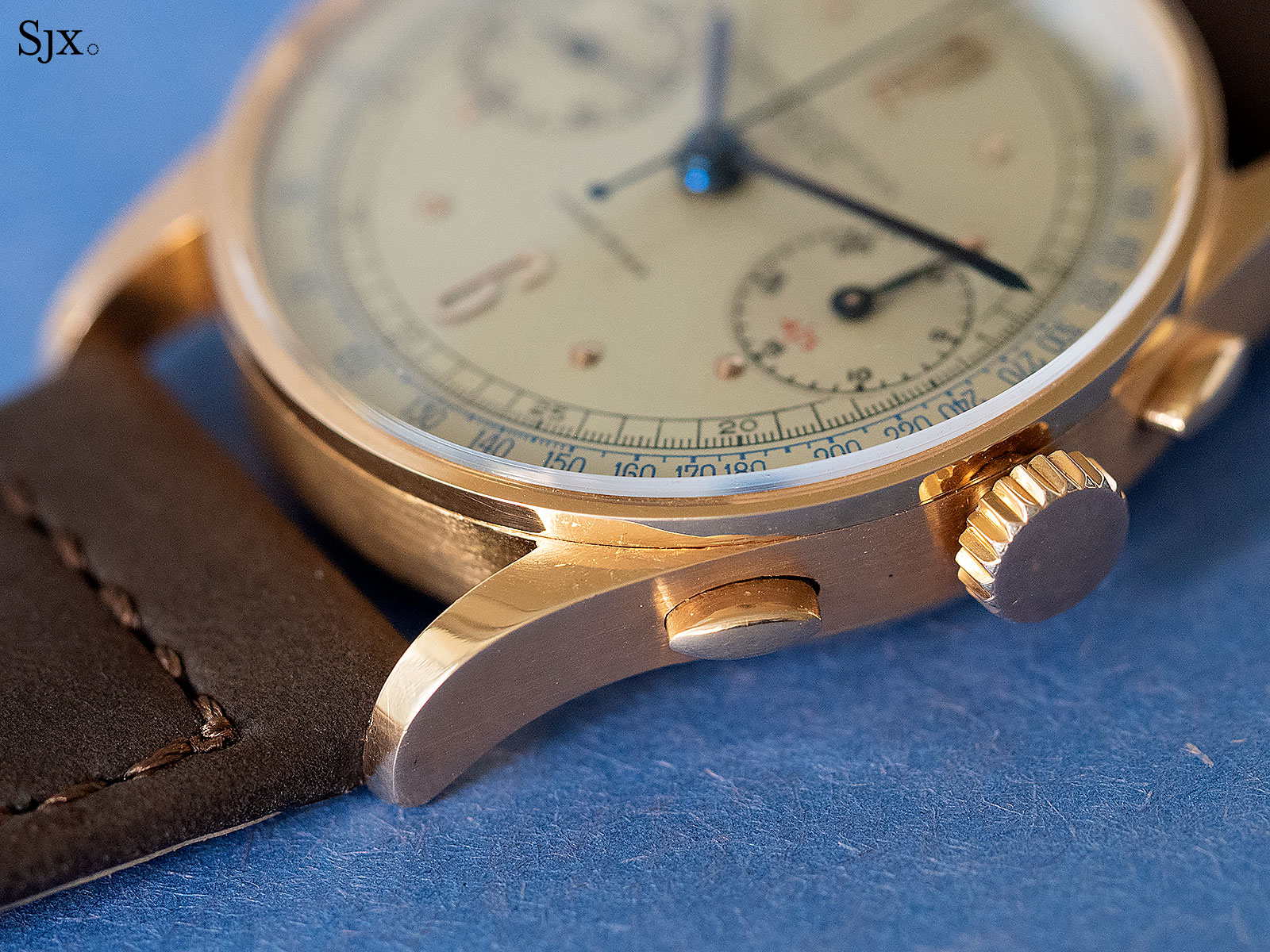
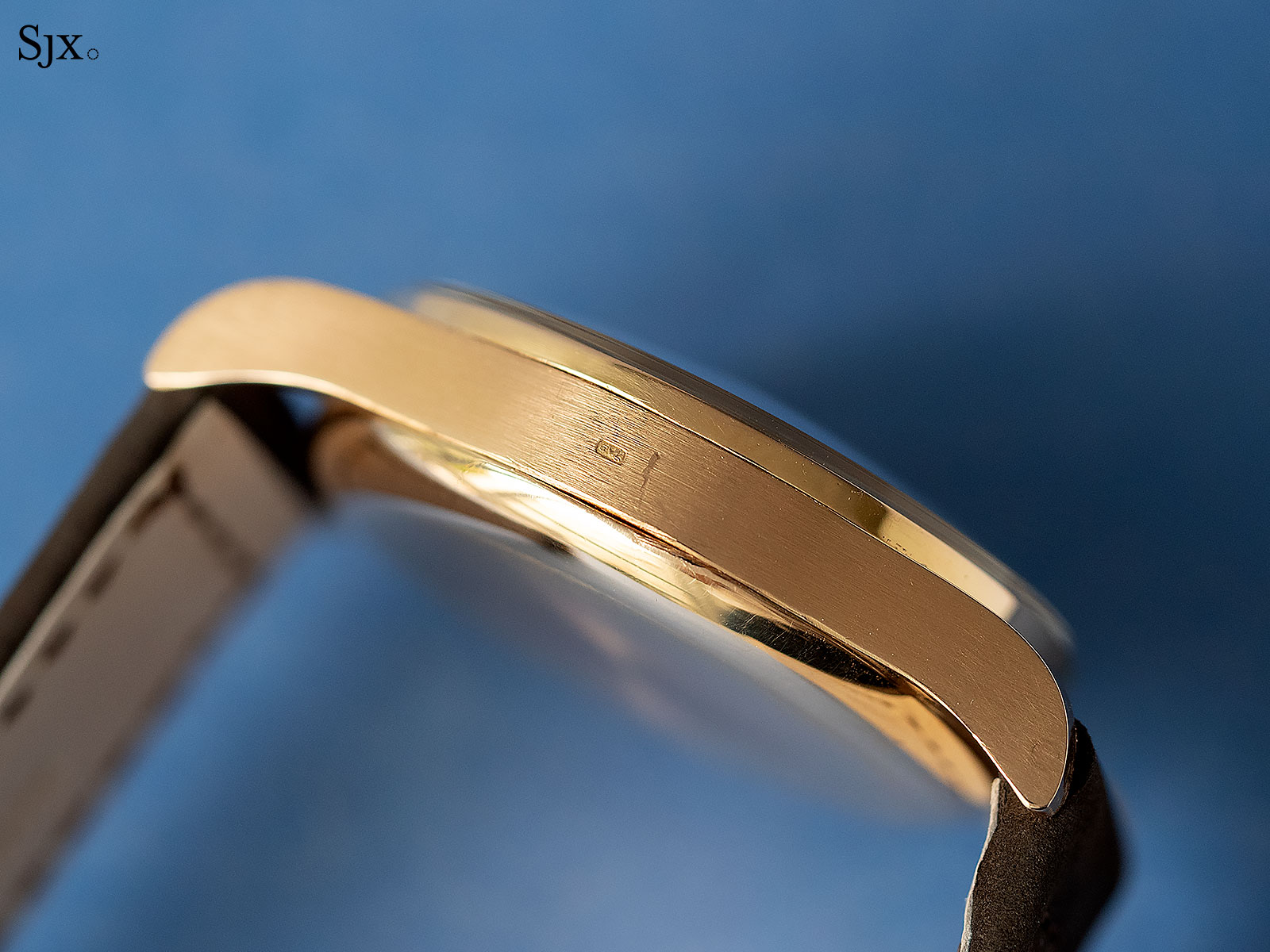
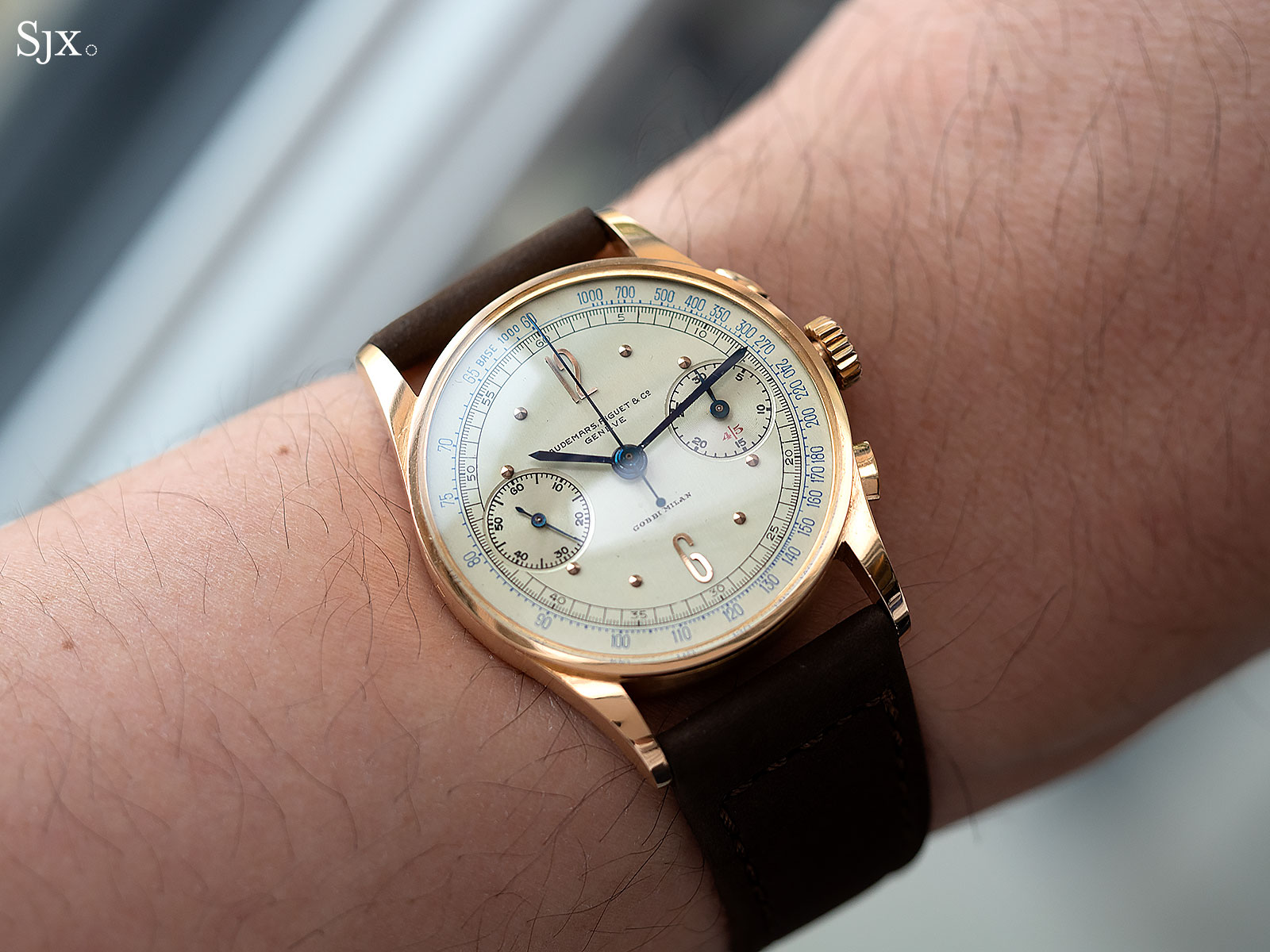
It has an estimate of 70,000-140,000 francs, though in recent years such watches have been selling closer to the high estimate, or even above it.
Lot 63 – Patek Philippe ref. 1463 in pink gold “Serpico y Laino”
One of the best looking watches in the catalogue is unquestionably the Patek Philippe Ref. 1463 “pink on pink”, in pink gold with a matching coloured dial bearing “Serpico y Laino” at six o’clock. Its colour, size and condition are exceptionally appealing, but with one caveat (more on that below).
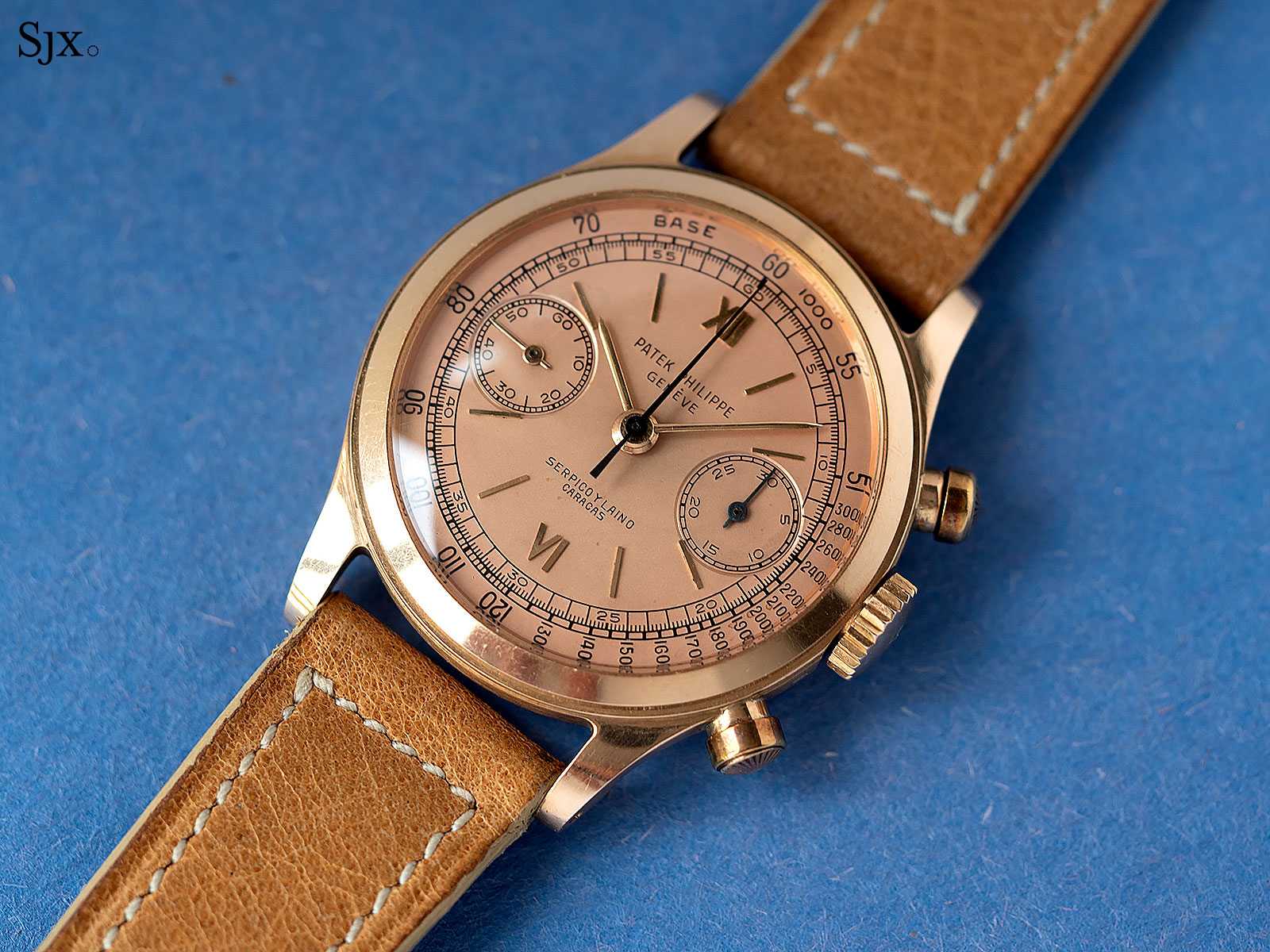
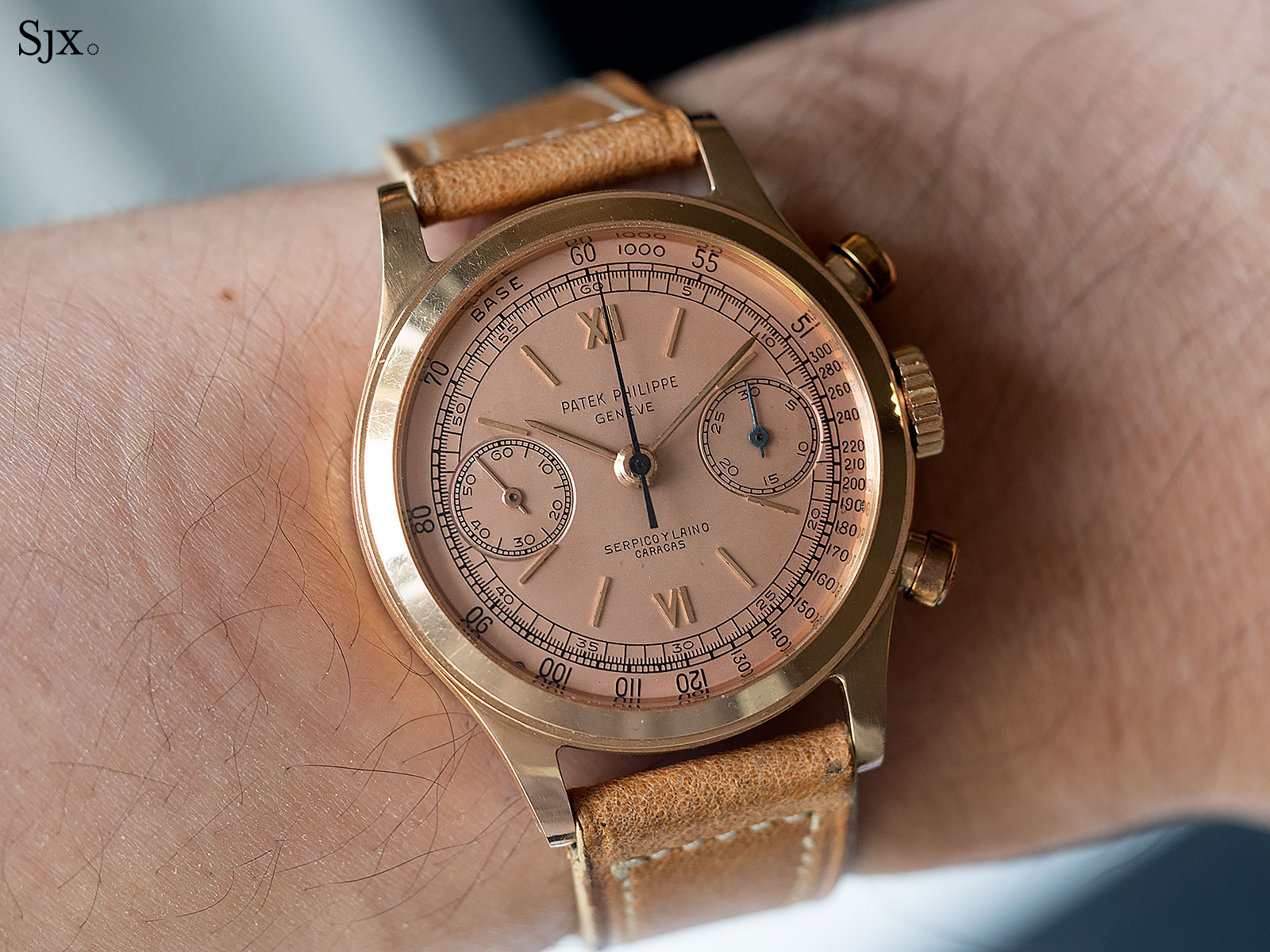
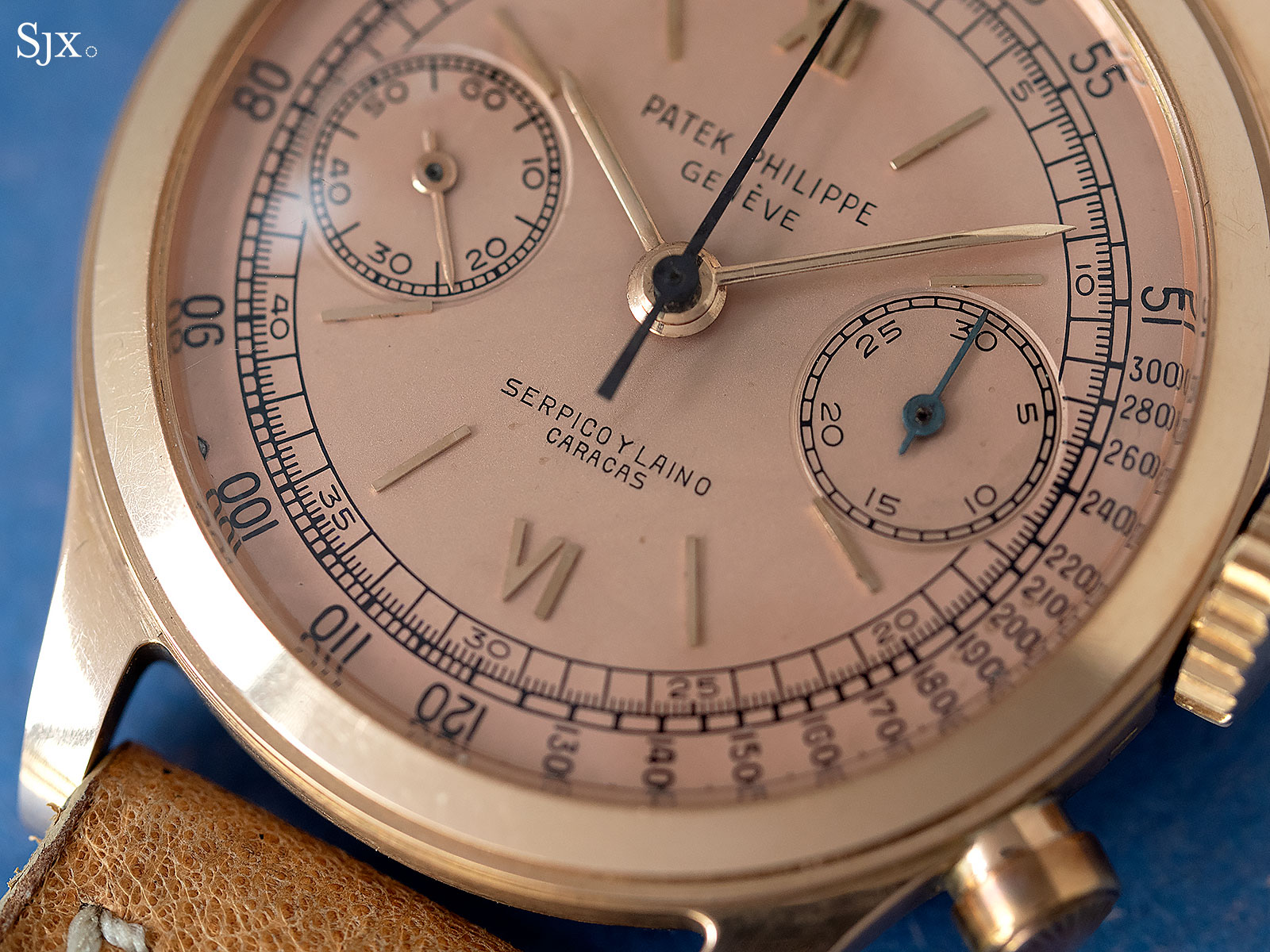
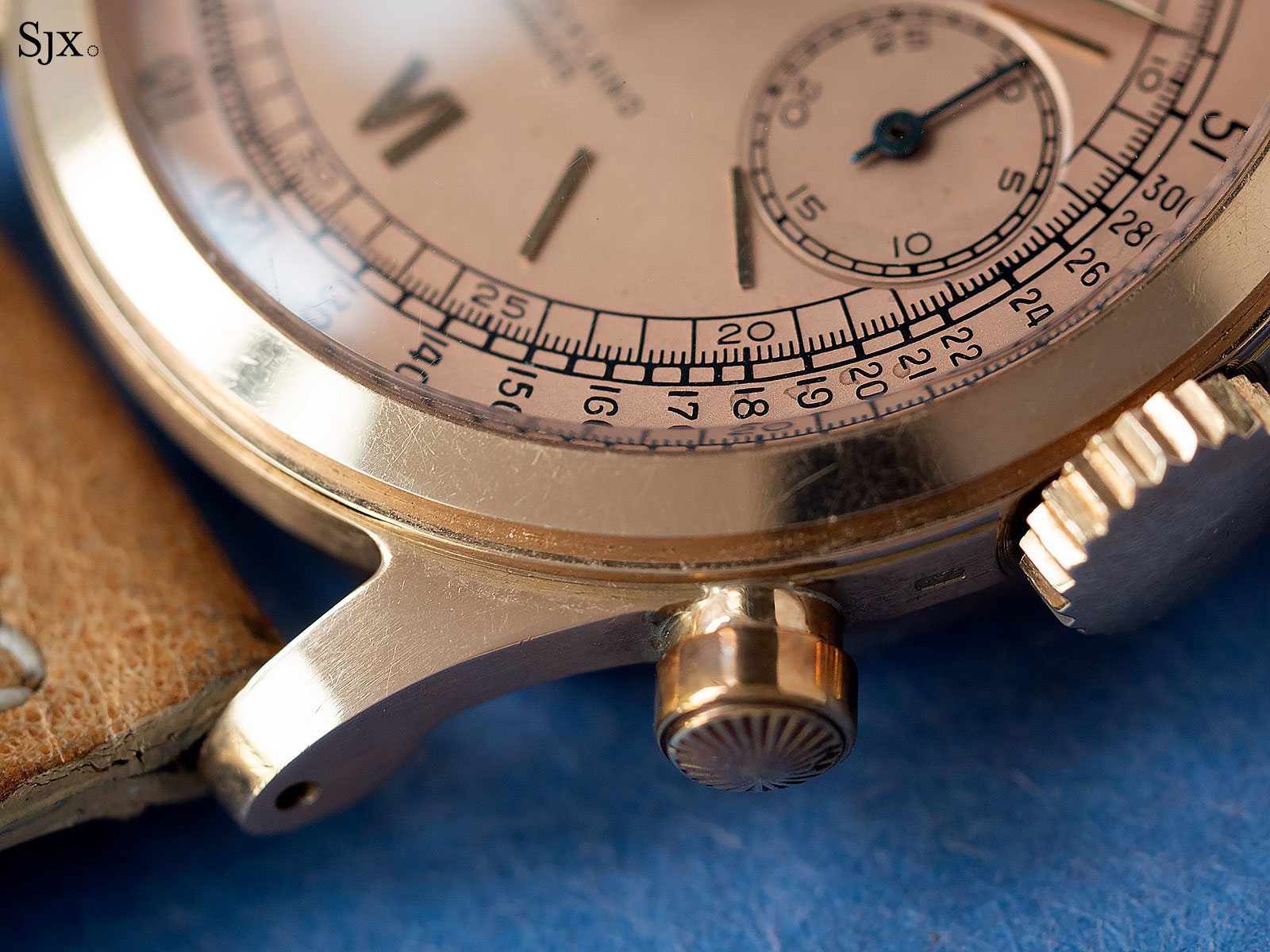
The case is the typical, water-resistant case of the ref. 1463, relatively large for the time at 35mm in diameter. Because it has a screw-down back, the back sits relatively high, giving the ref. 1463 a distinctive side profile.
The case is also well preserved, with all the hallmarks strongly visible, including the all-important “S&L” stamp on the case back.
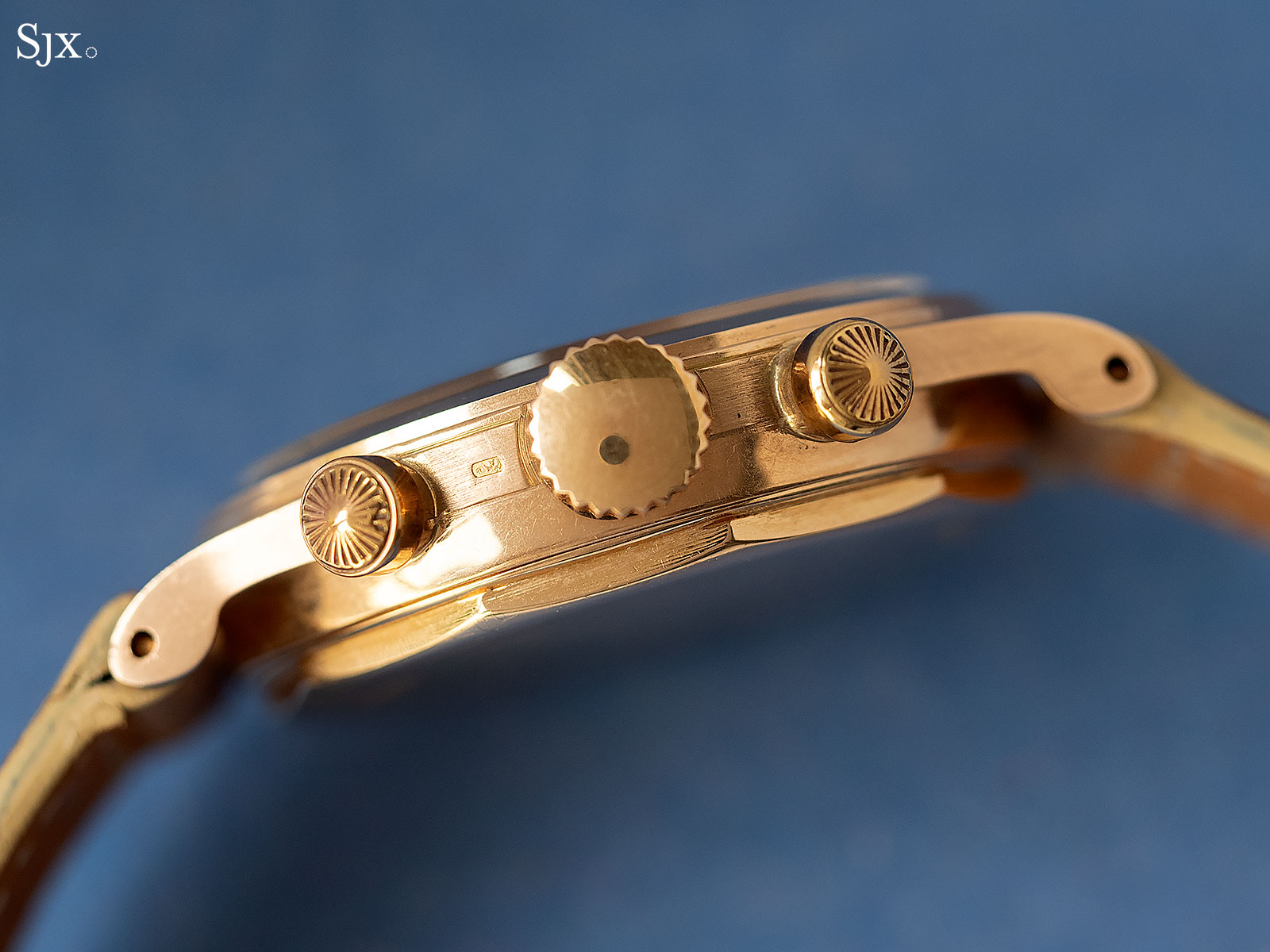
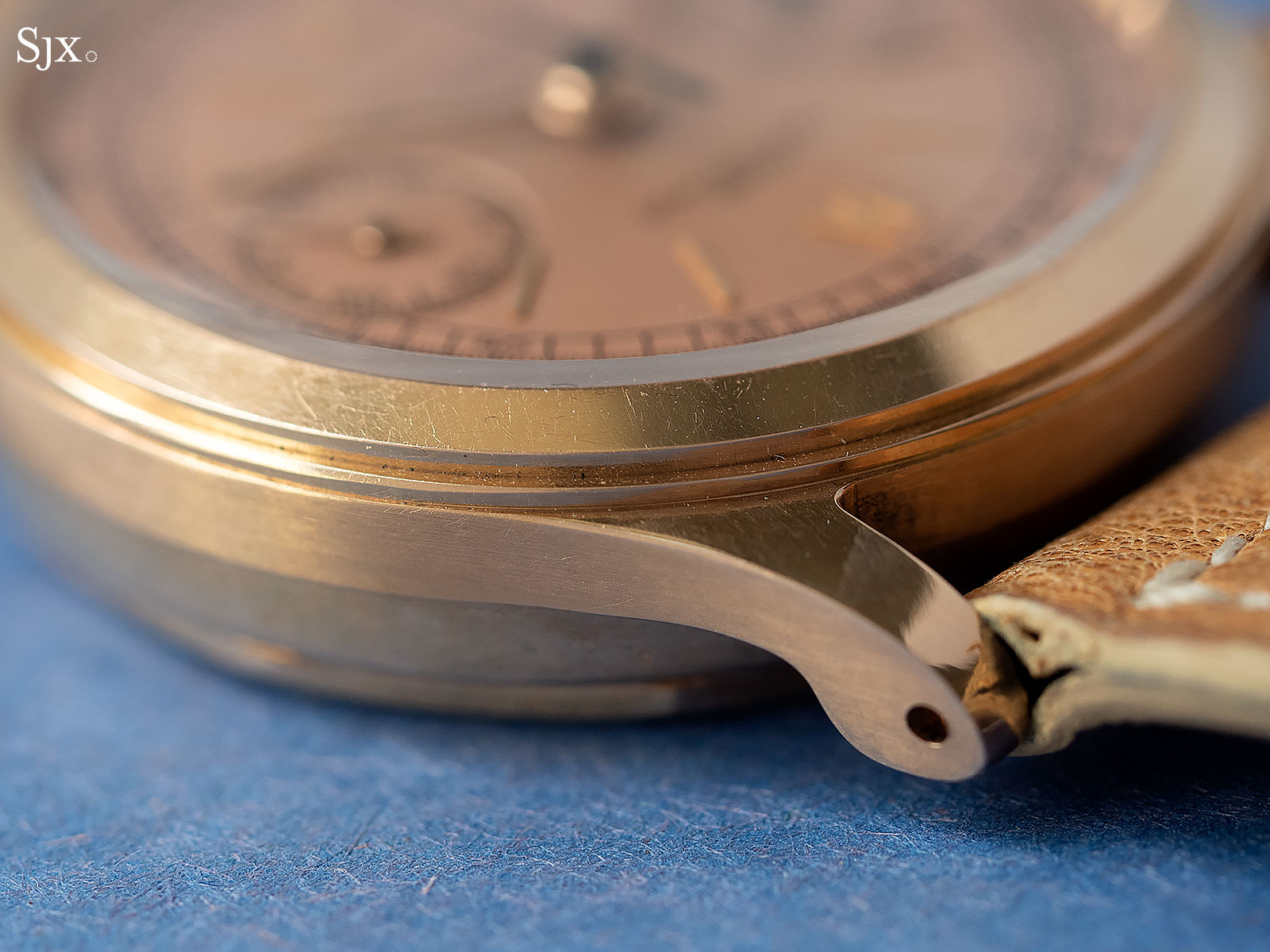
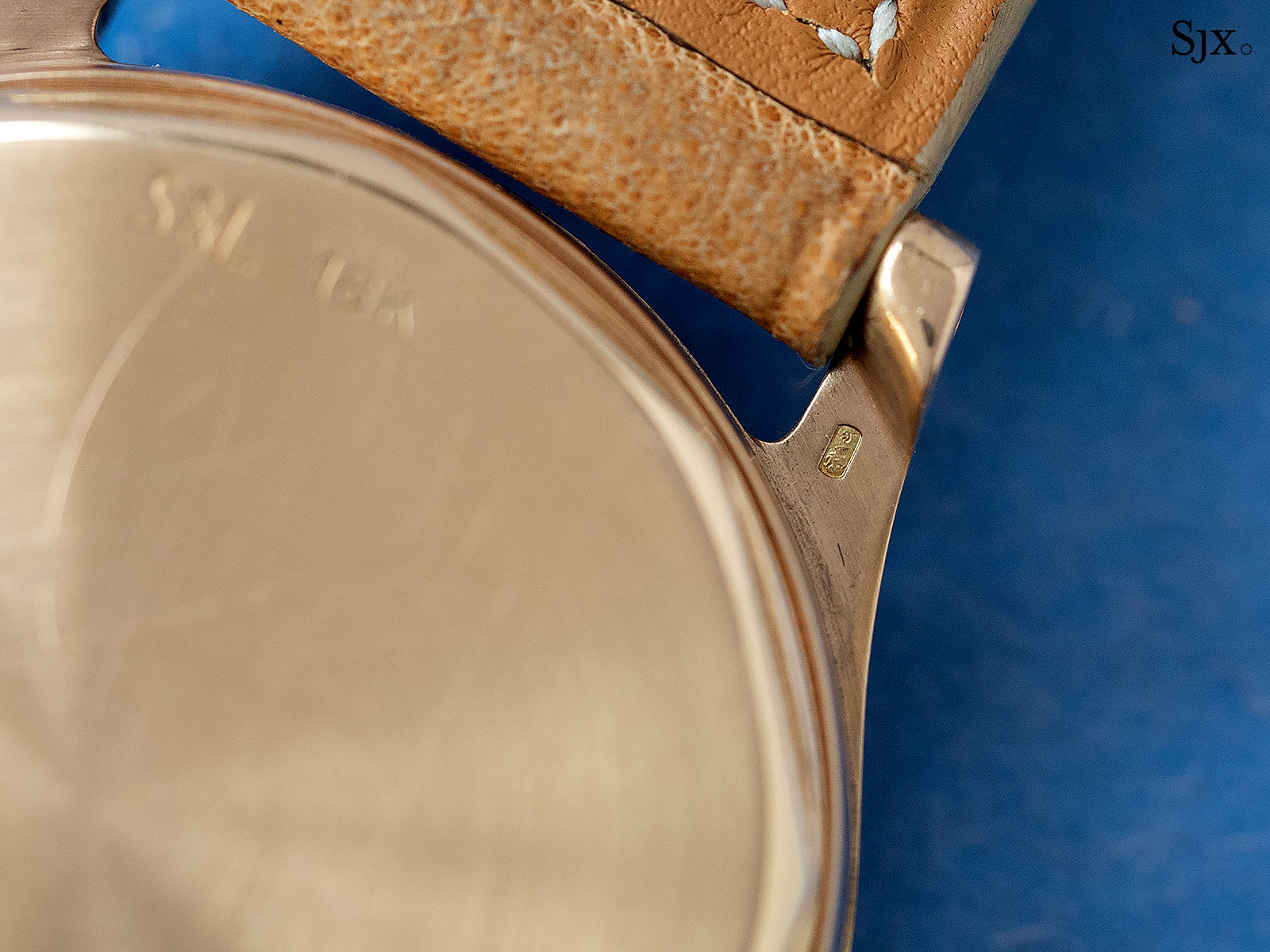
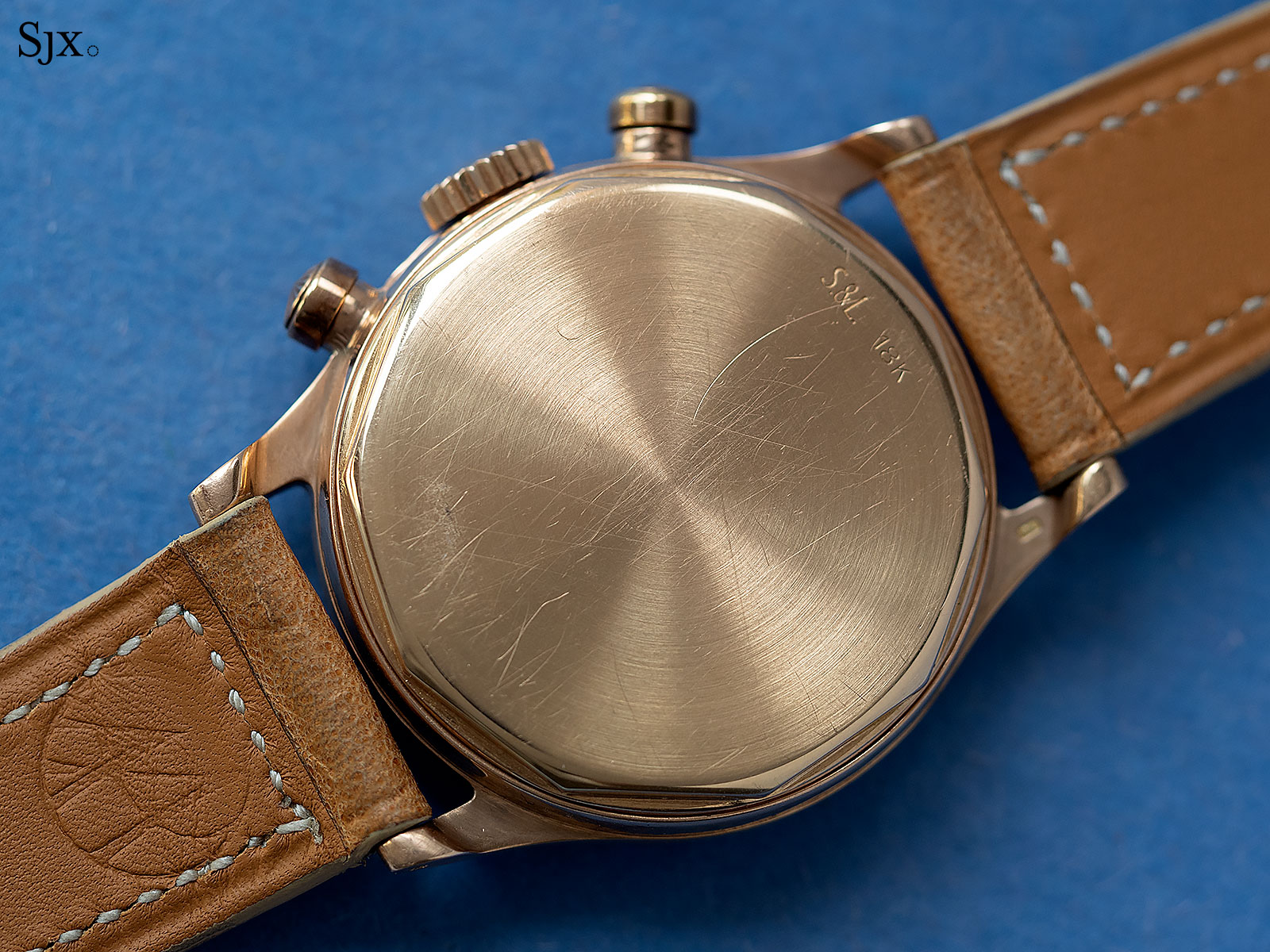
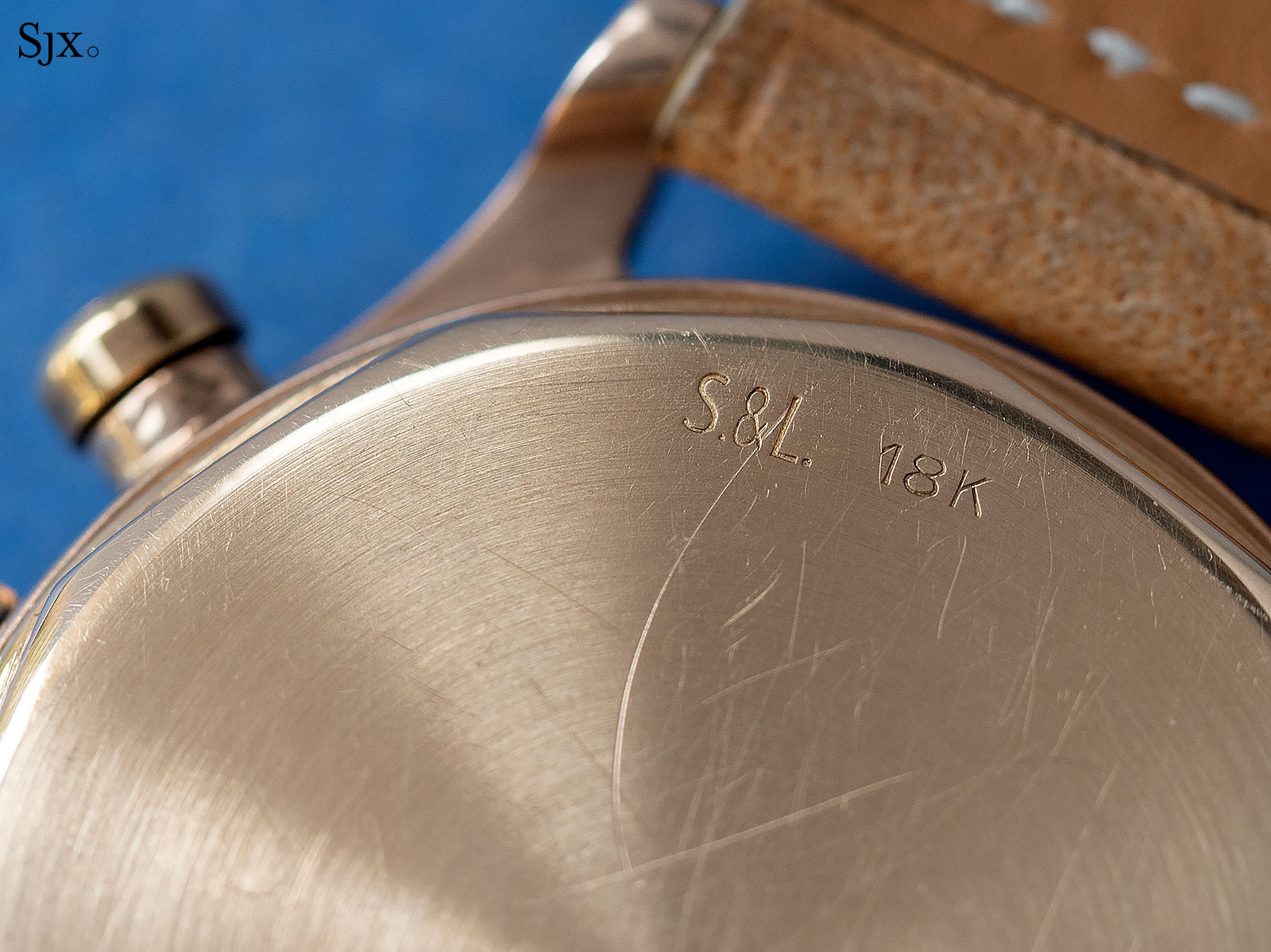
Inside is the 13-130 chronograph calibre widely used by Patek Philippe at the time, which was derived from the Valjoux 23. It looks good enough for a 1950s calibre, though could do with a bit of cleaning.
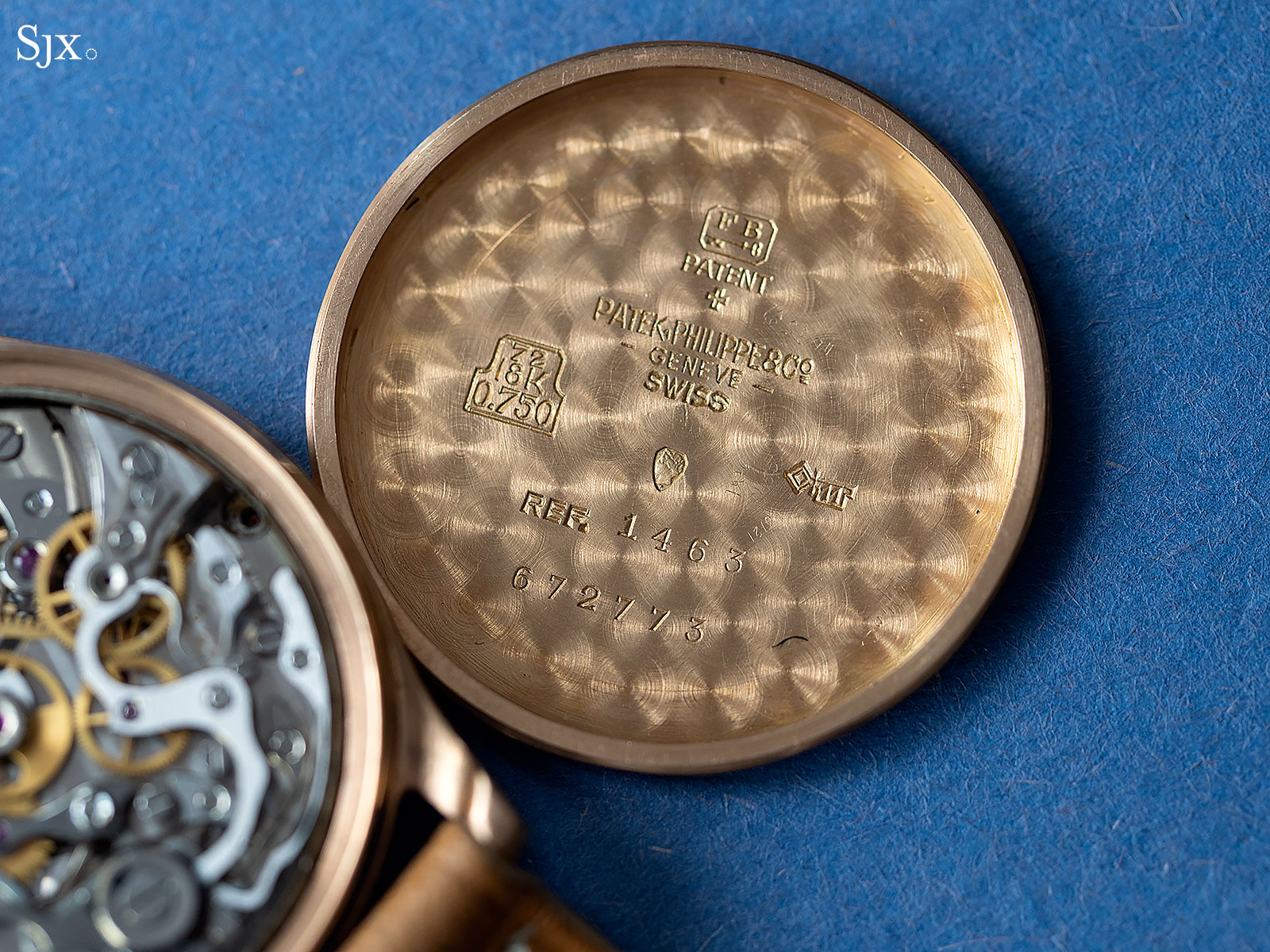
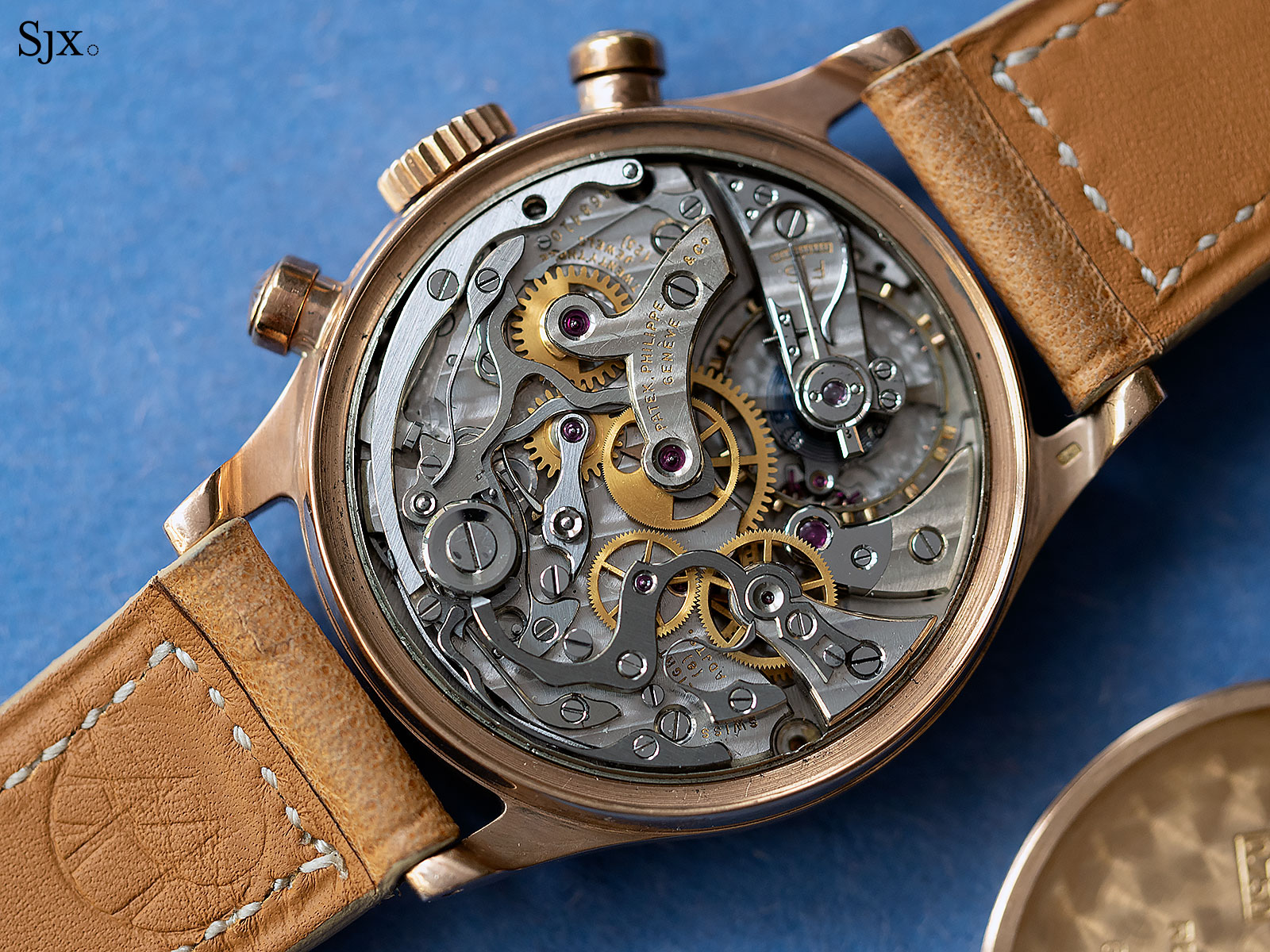
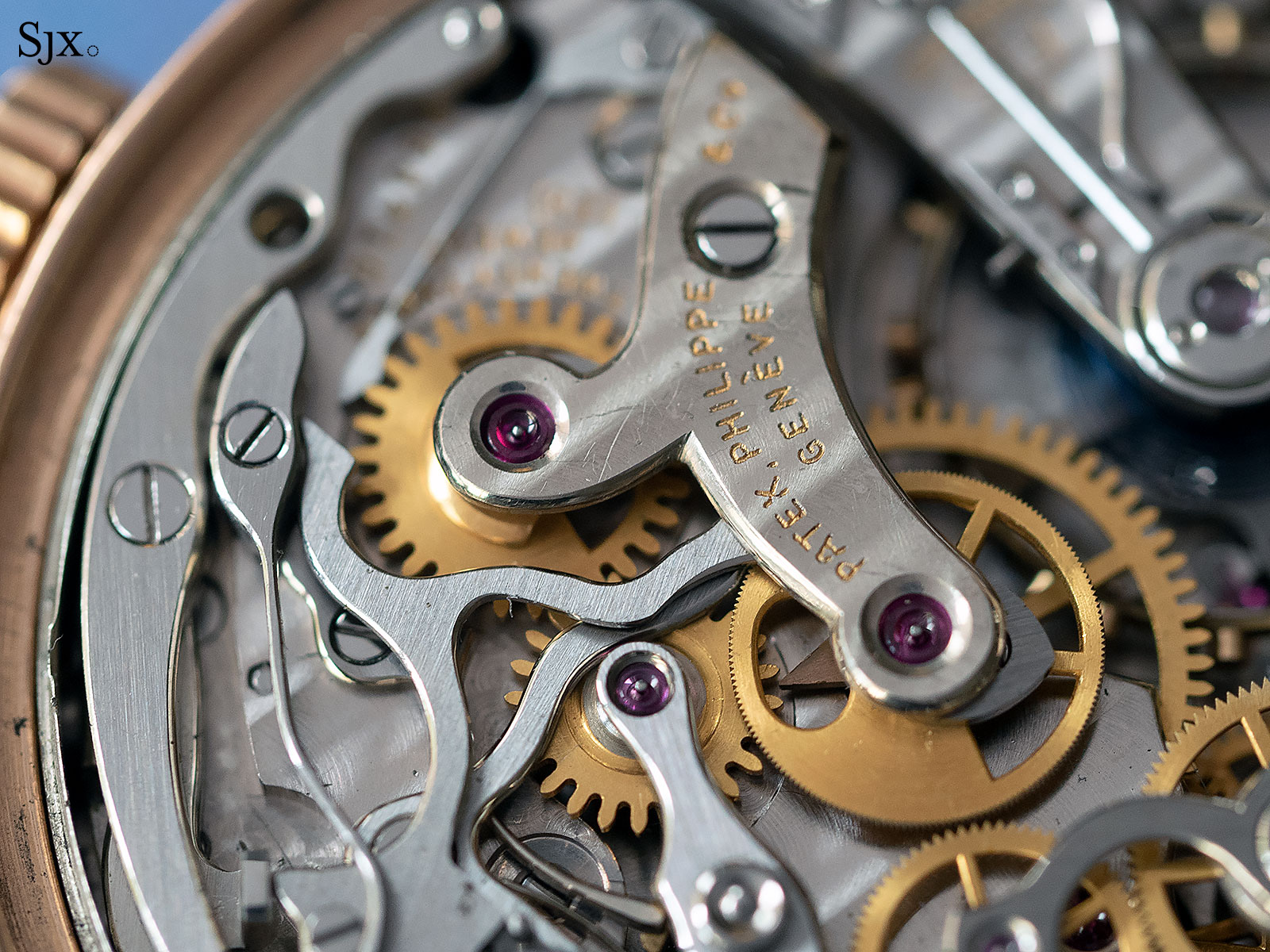
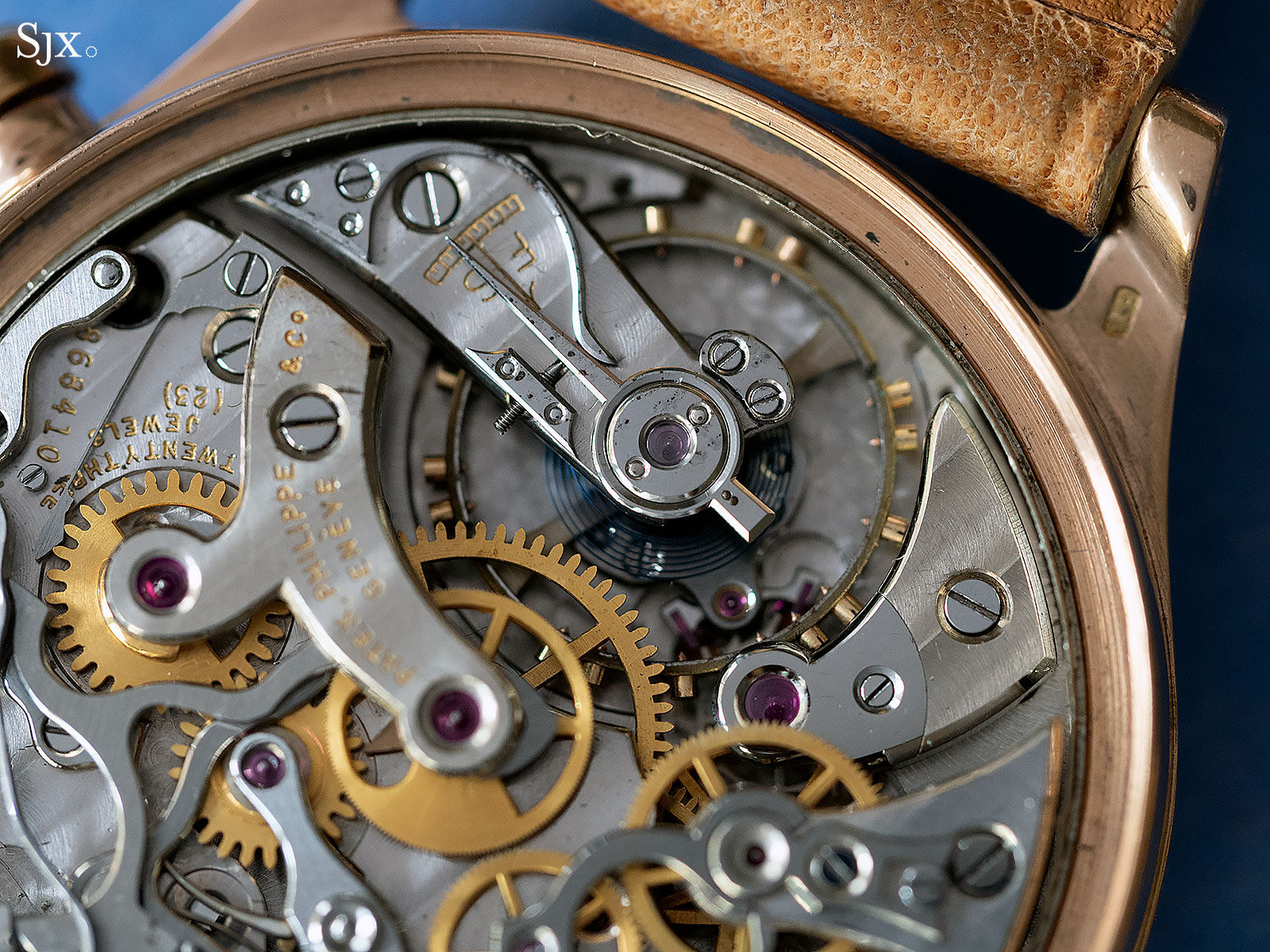
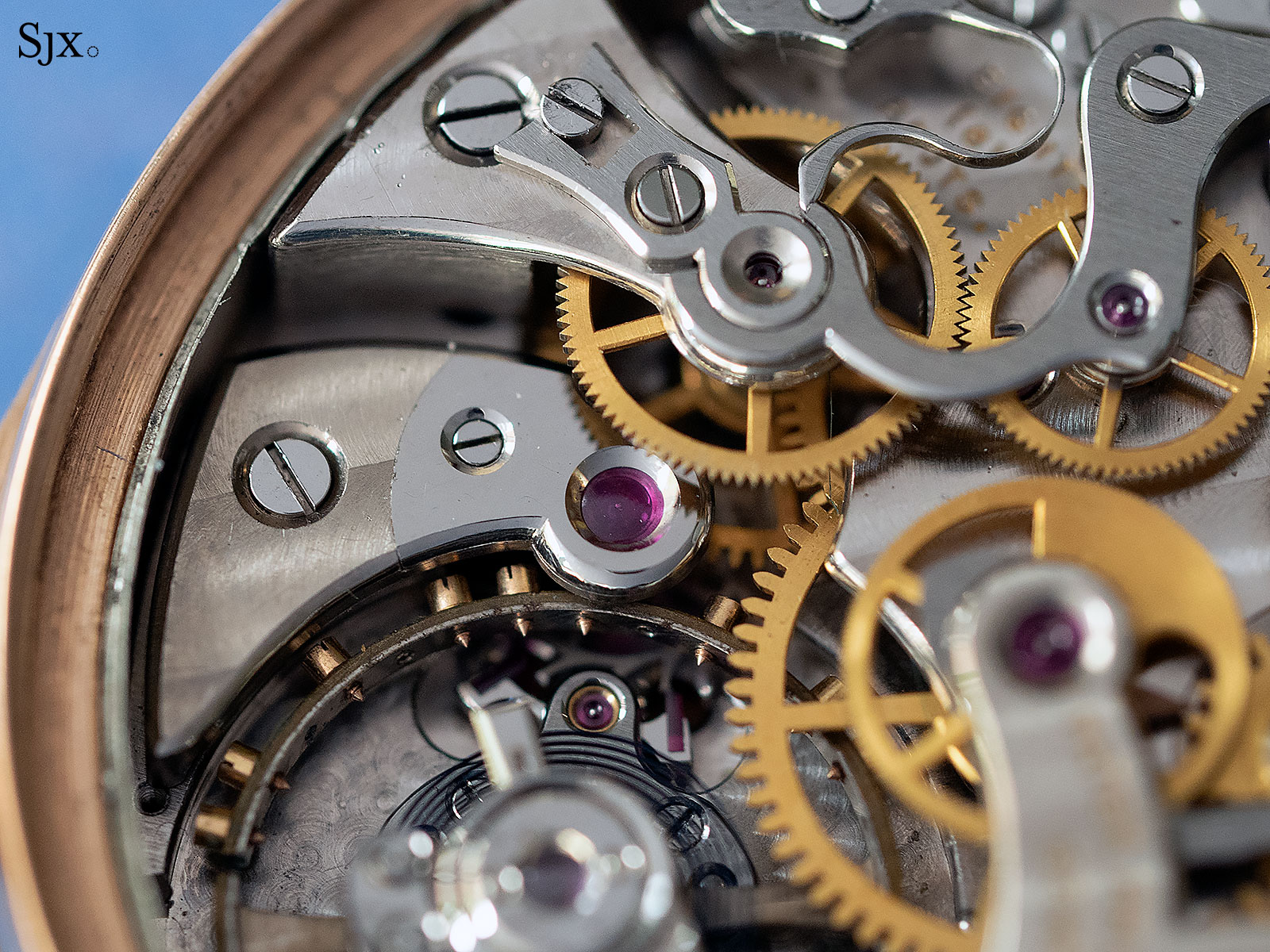
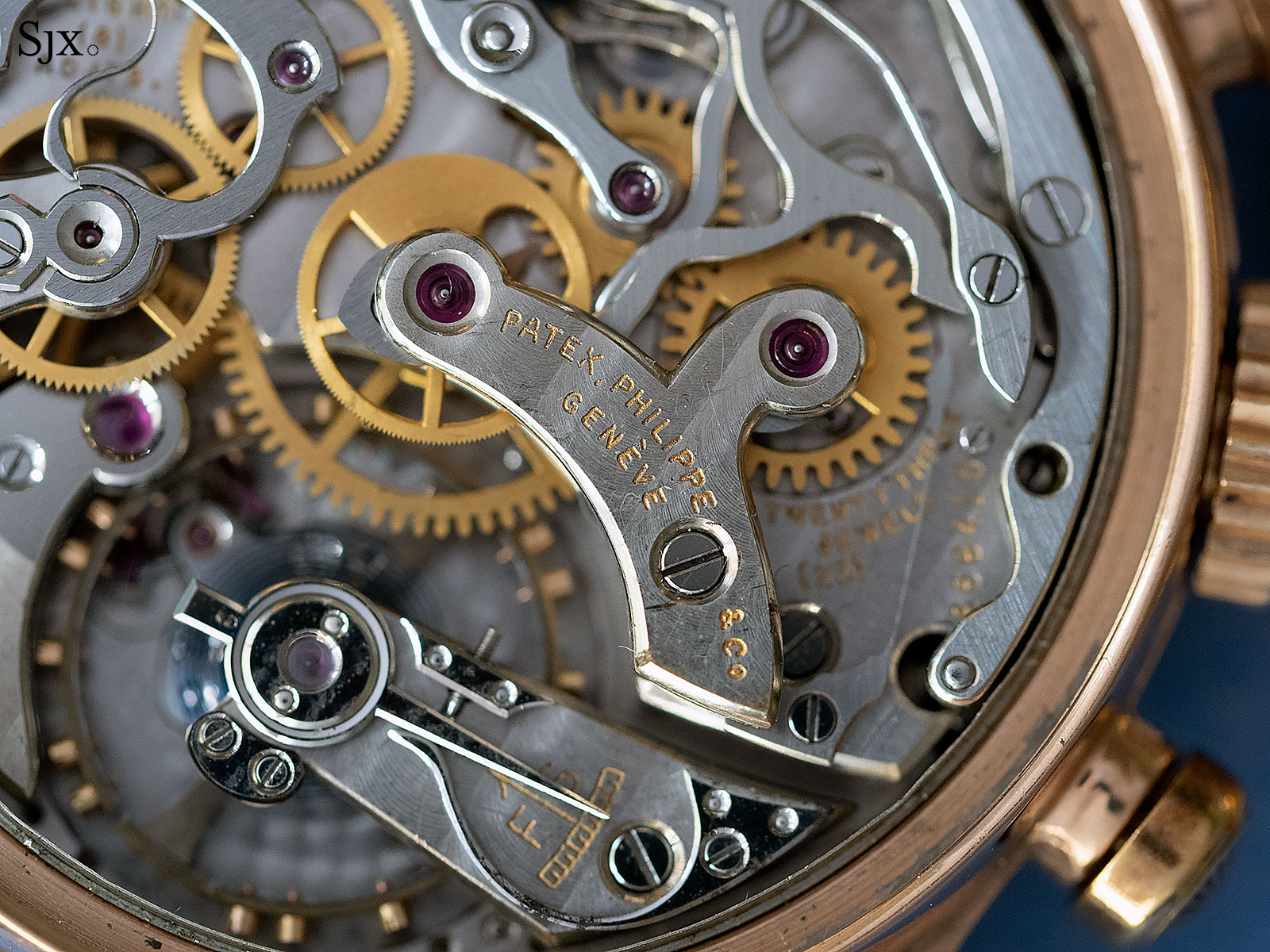
The caveat is this: after its last public sale at Christie’s in 2010, this watch had the protective, clear lacquer on the dial removed and reapplied, and the retailed signature re-inked. The champleve enamel markings on the dial, namely the scales, numerals and logo, were left as is and are original.
Both were executed perfectly, and it’s practically impossible to distinguish the new “Serpico y Laino, Caracas” signature from a vintage original. But it was done, which explains why the estimate is modest, as such watches go.
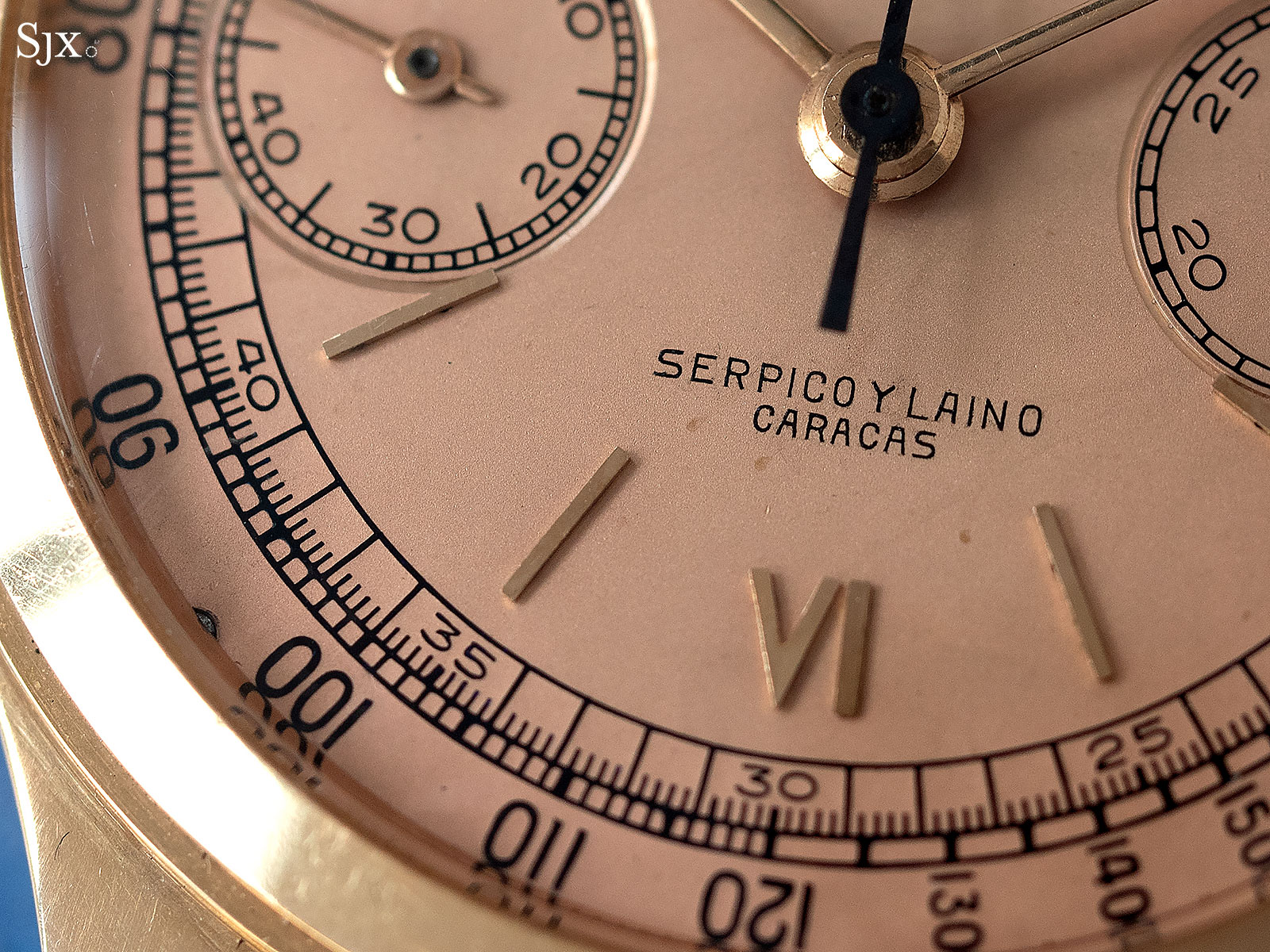
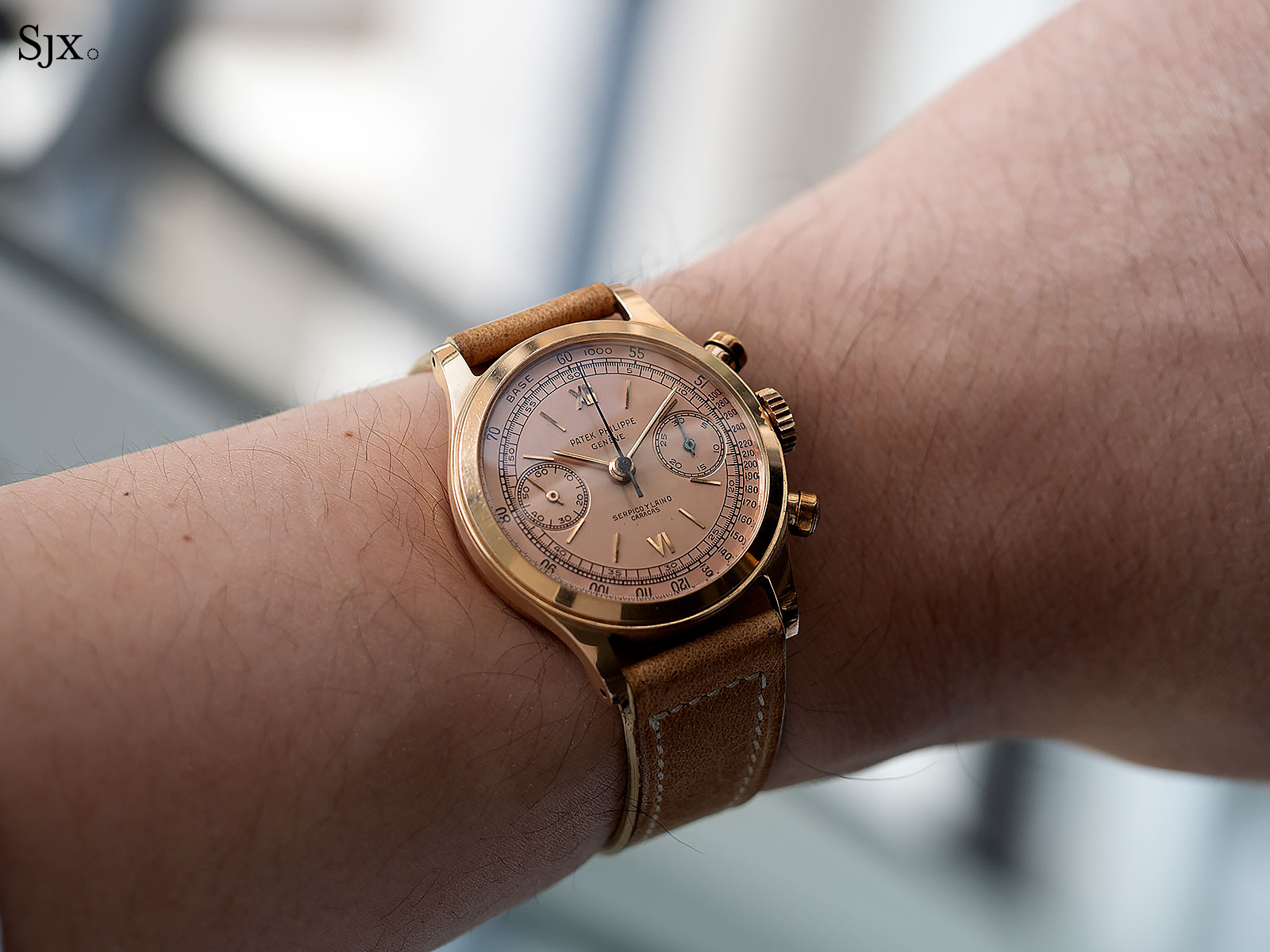
The estimate is 200,000-400,000 Swiss francs. It might sound like a large sum of money, but in March 2019 Christie’s sold a ref. 1463 in pink gold, also signed “Serpico y Laino”, for US$711,000 (with a presale estimate of US$550,000-850,000).
Preview and Auction
The preview exhibition takes place from November 7-9 at La Reserve hotel in Geneva. And the auction takes place in the same location on November 9 at 6pm.
The full catalogue and bidding information is available here.
La Réserve Geneva Hotel and Spa
301 Route de Lausanne
1293 Geneva
Switzerland
Back to top.

